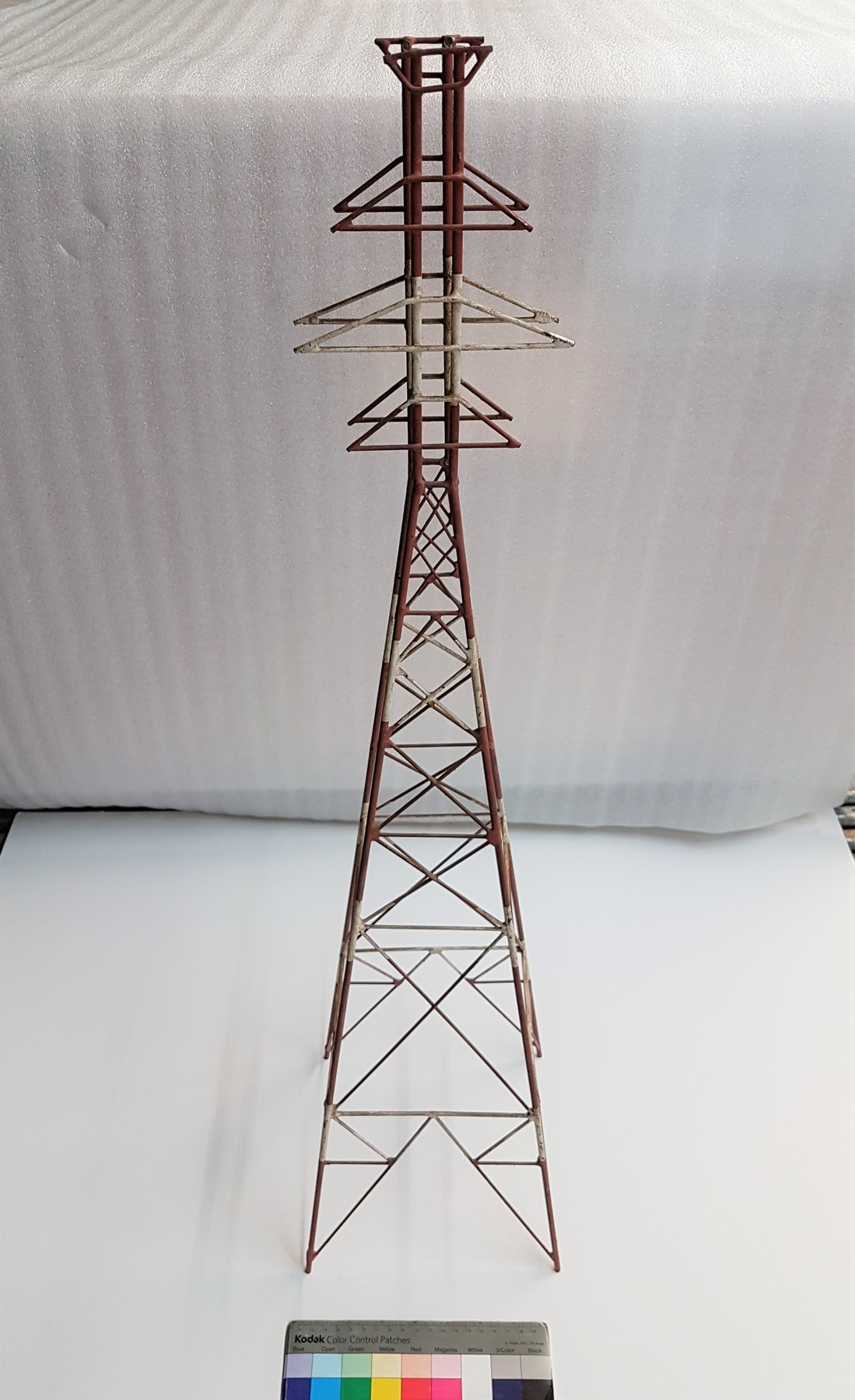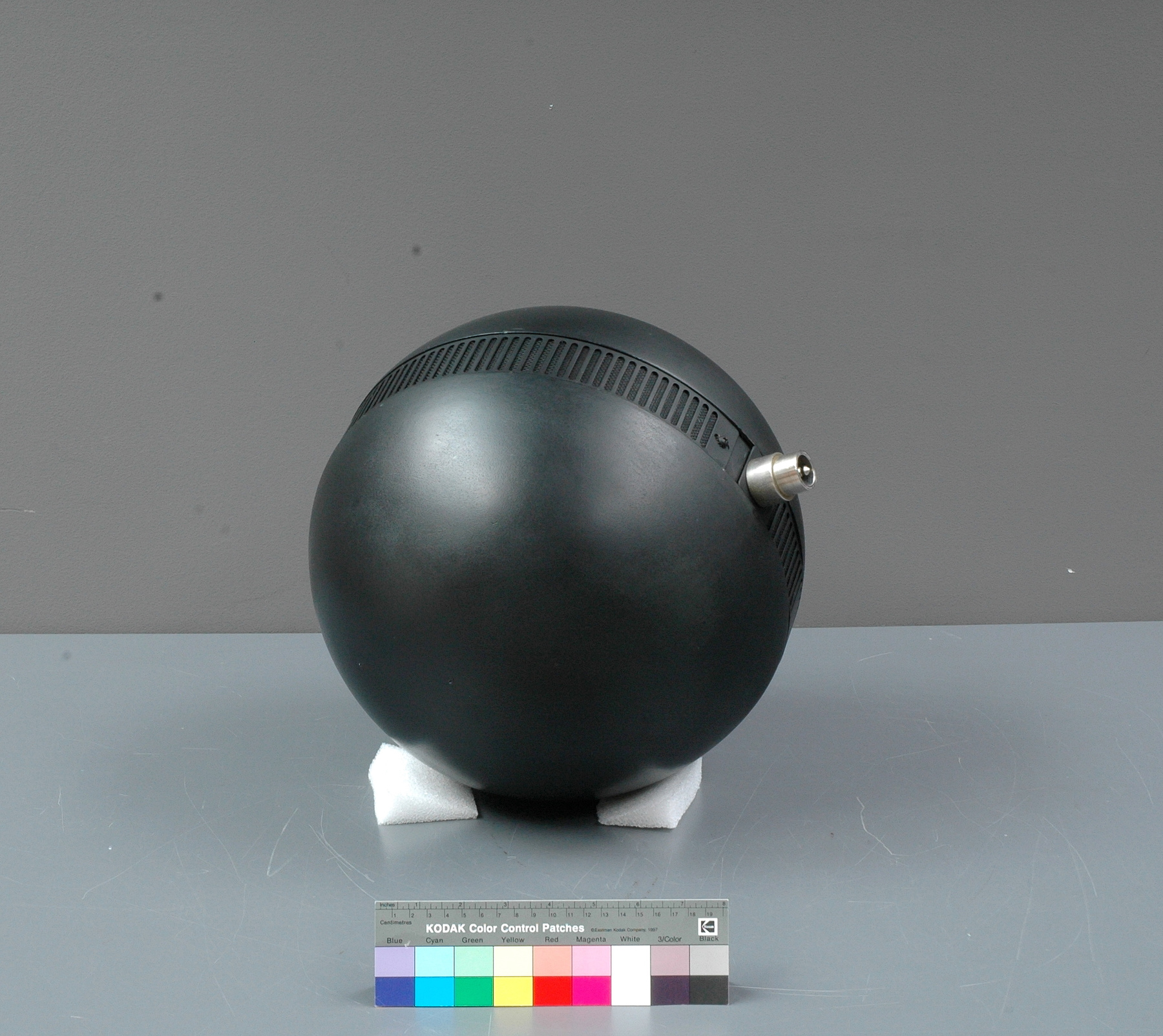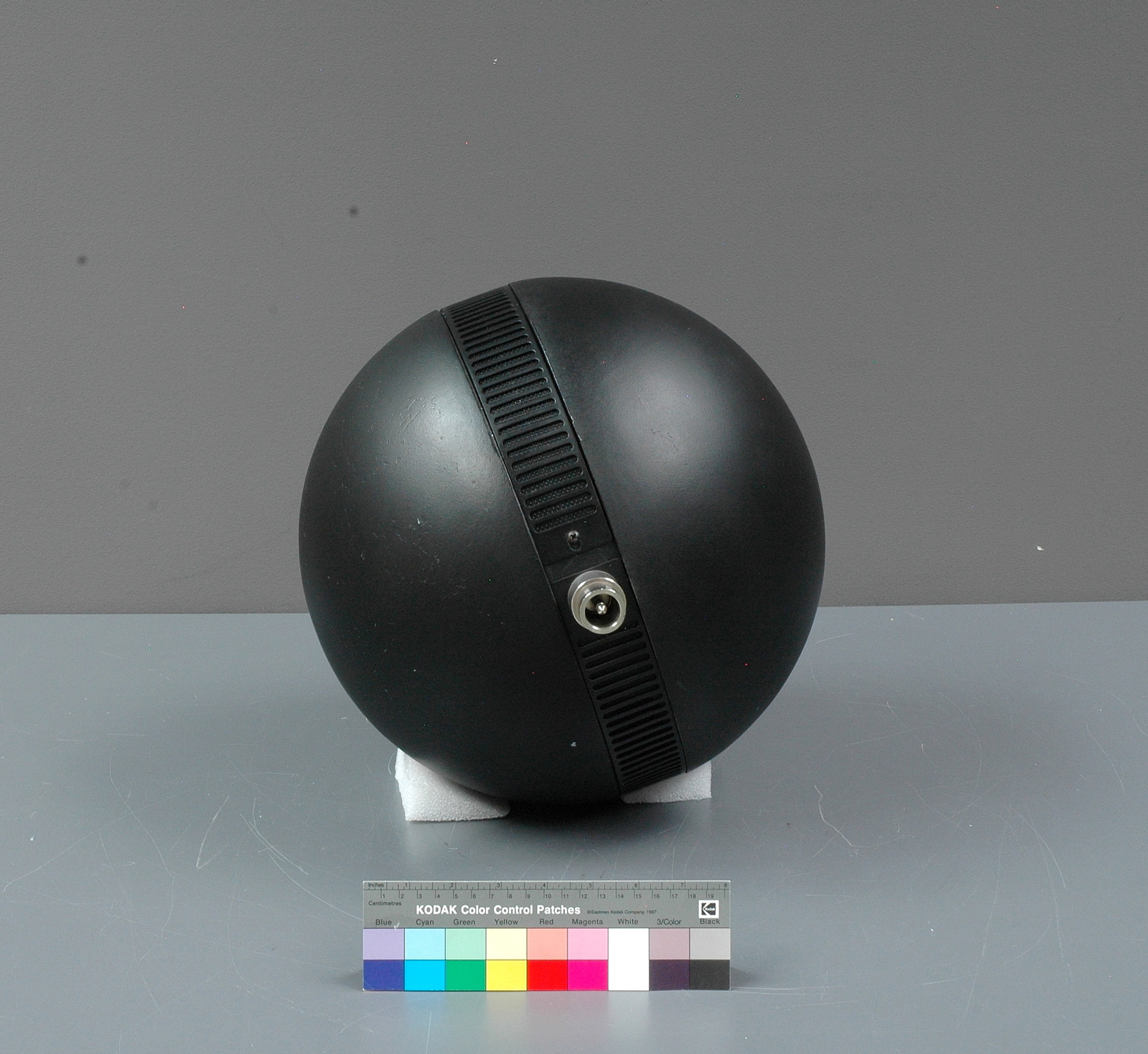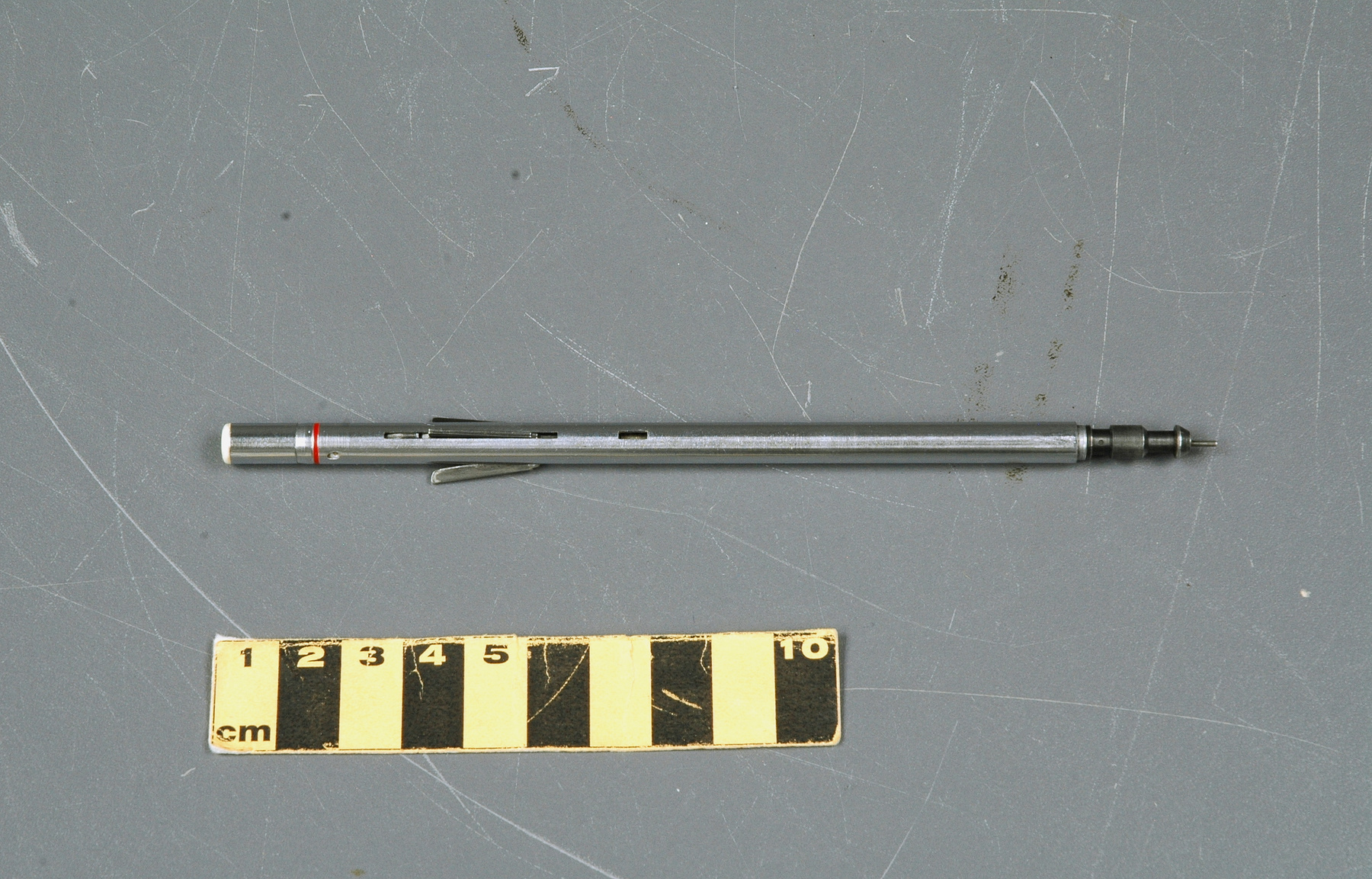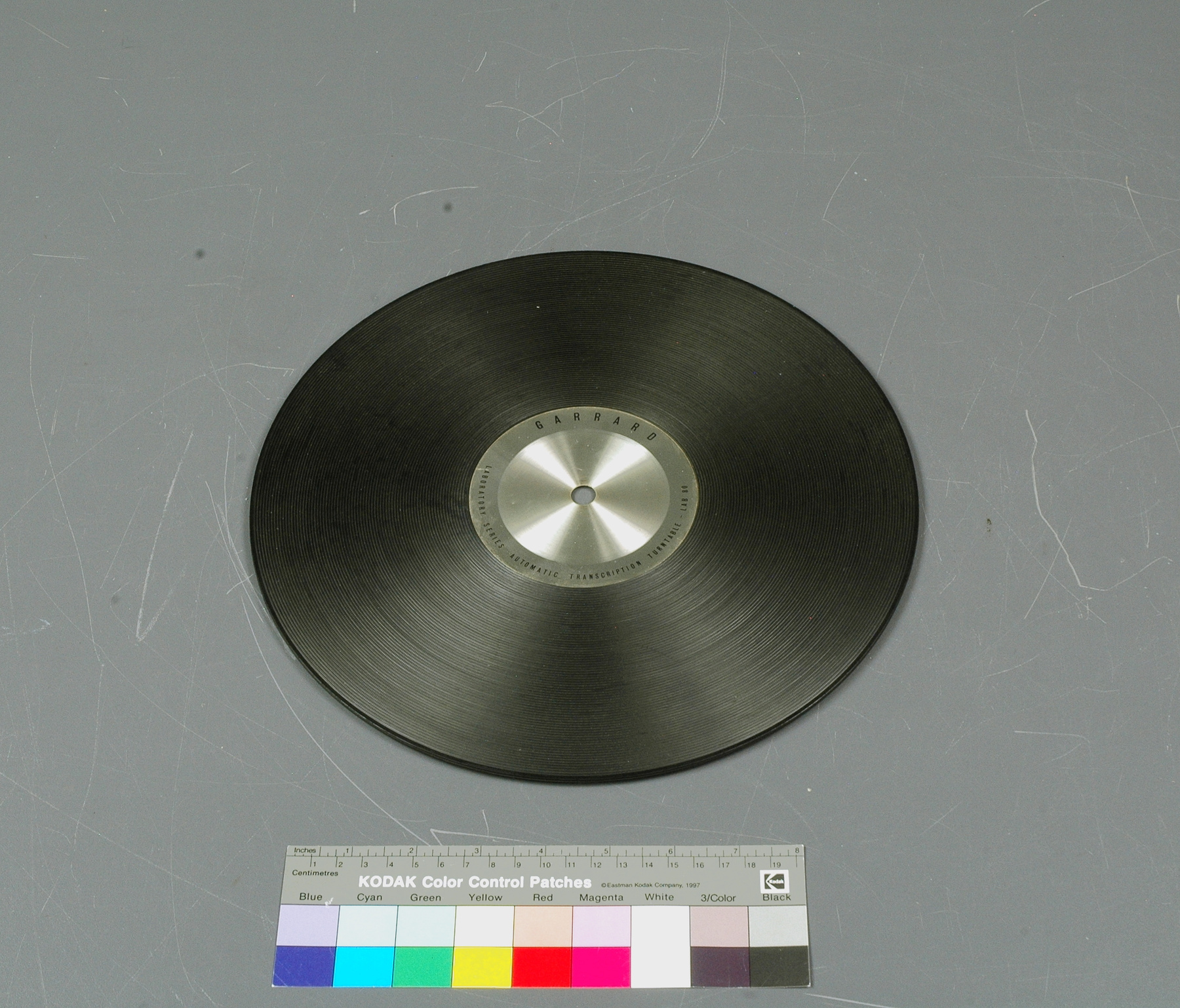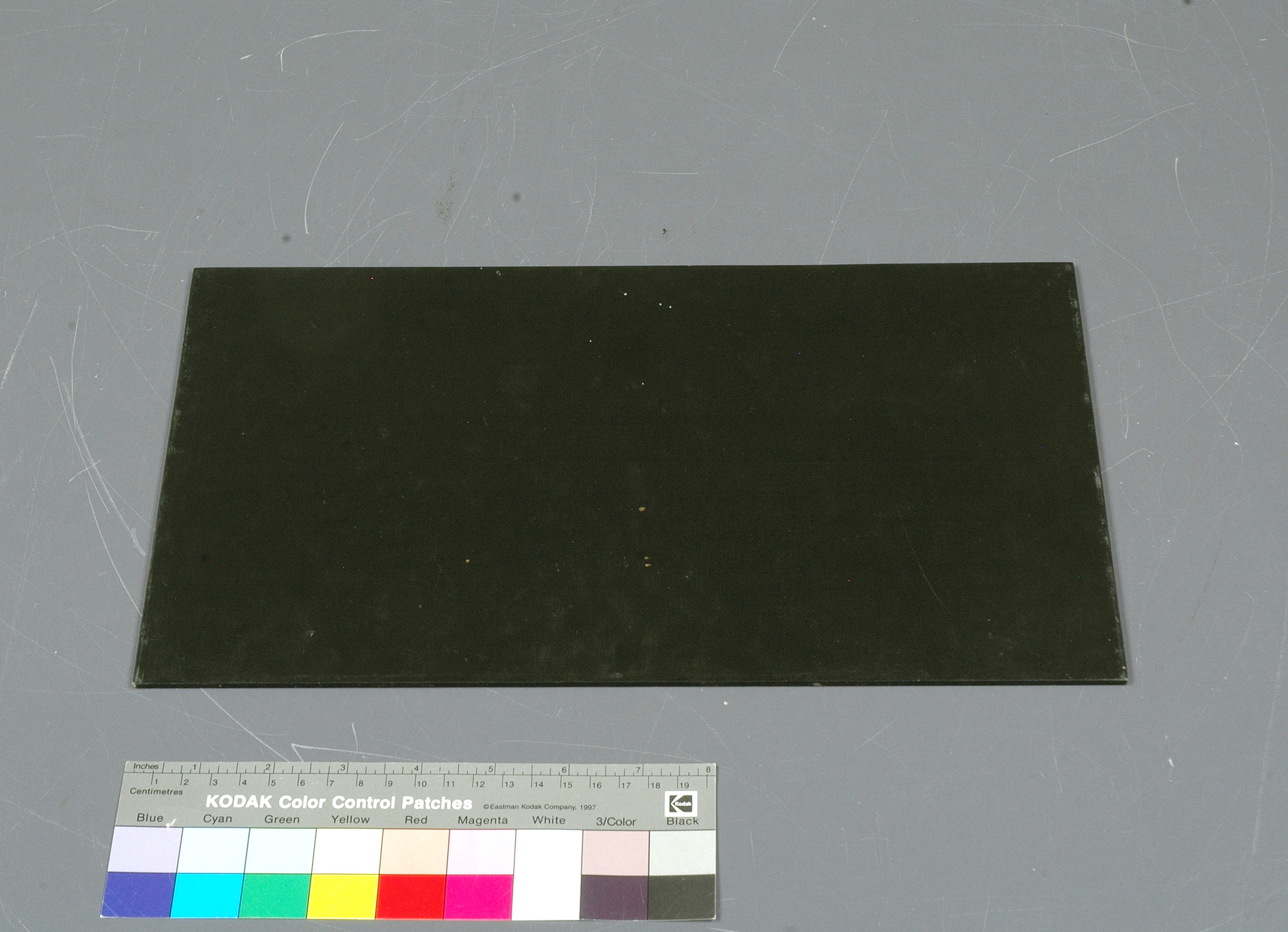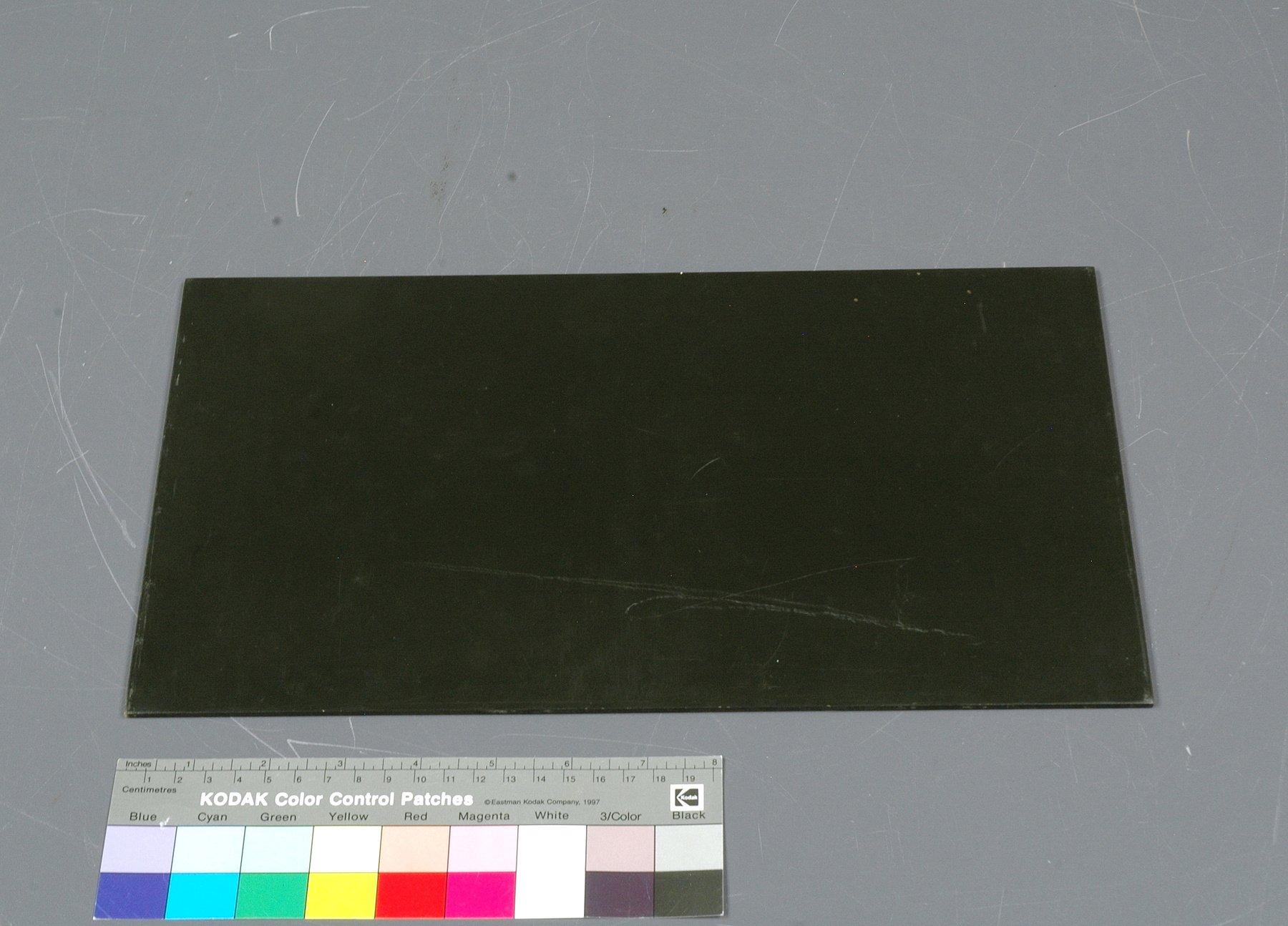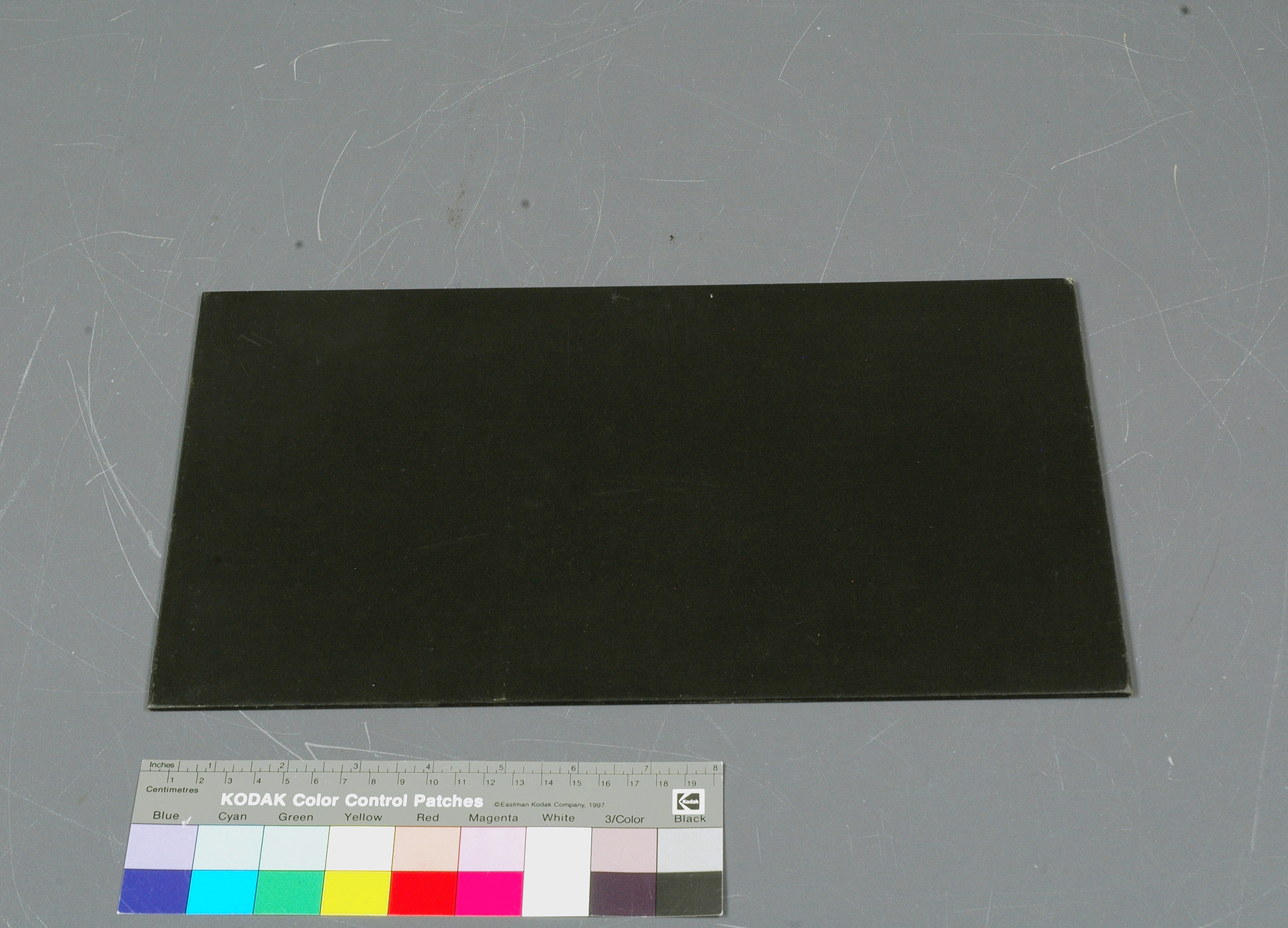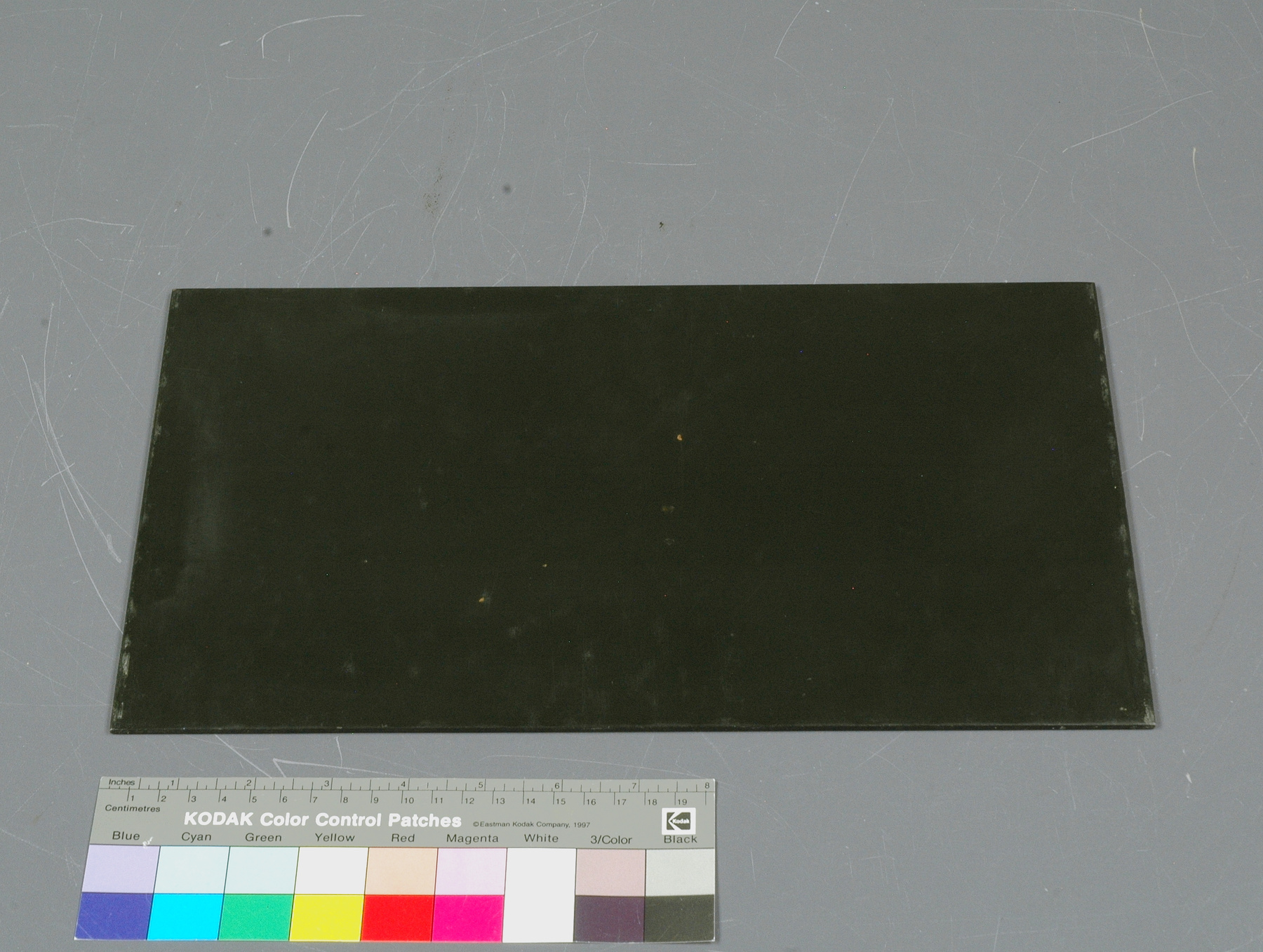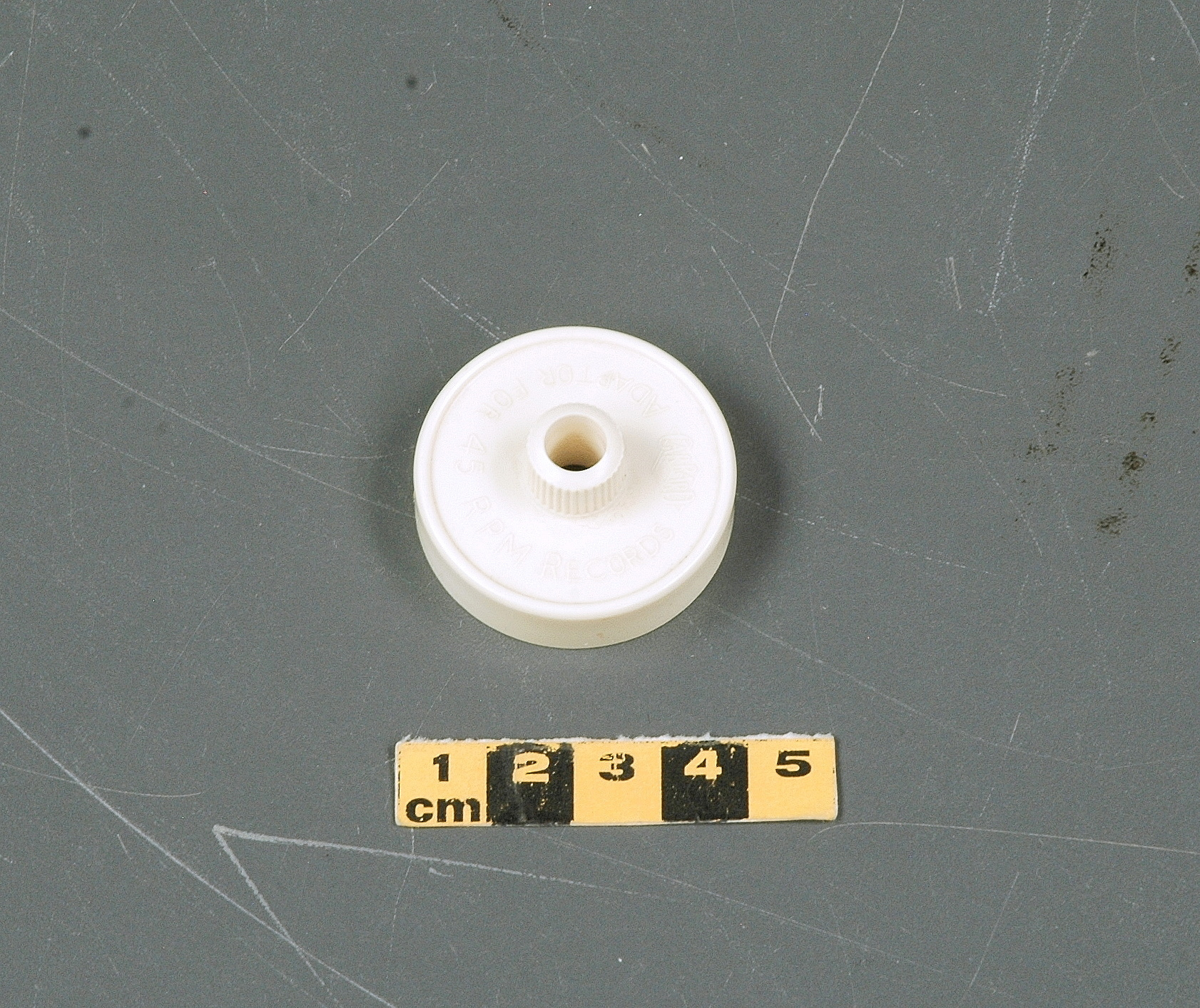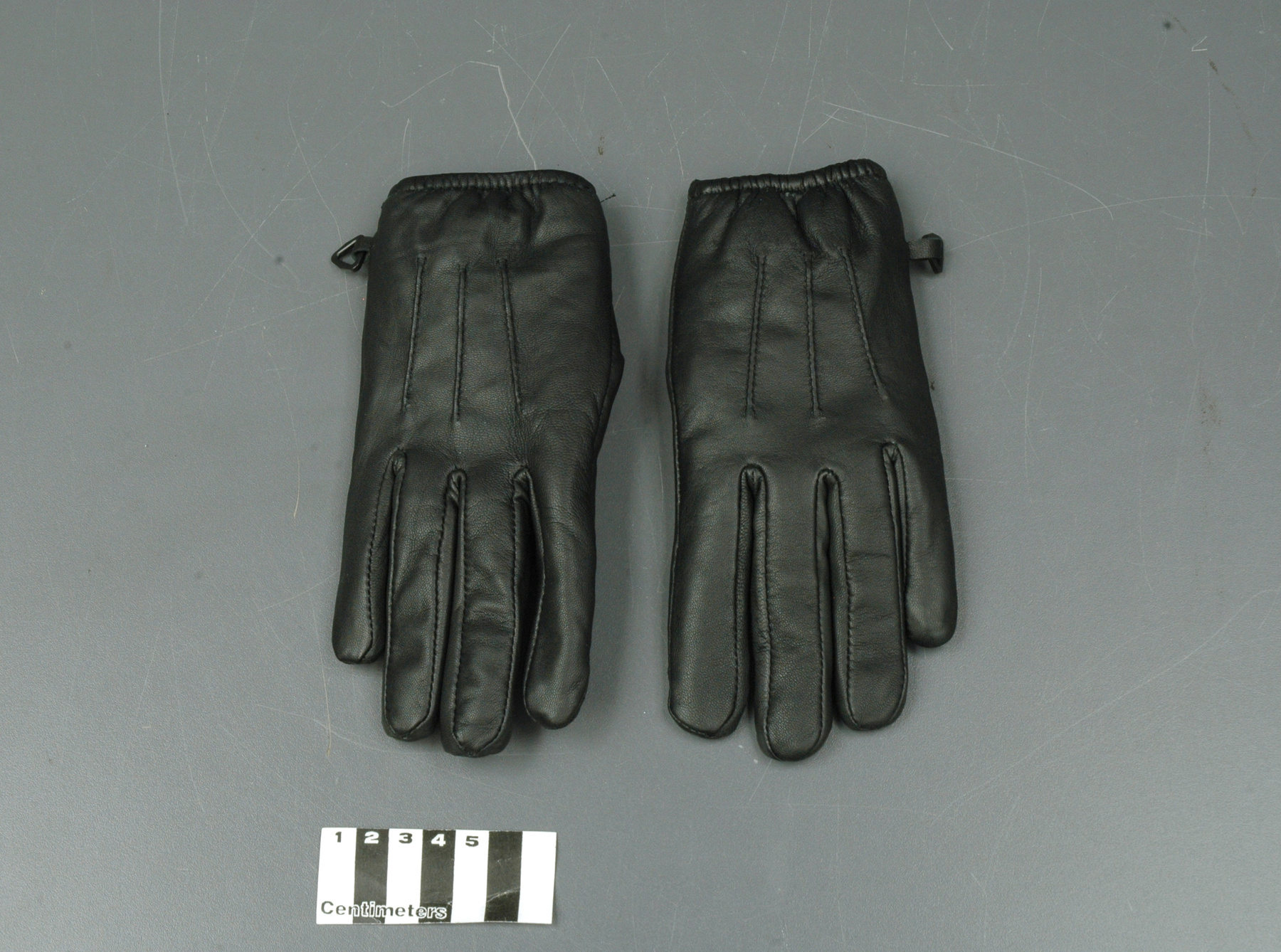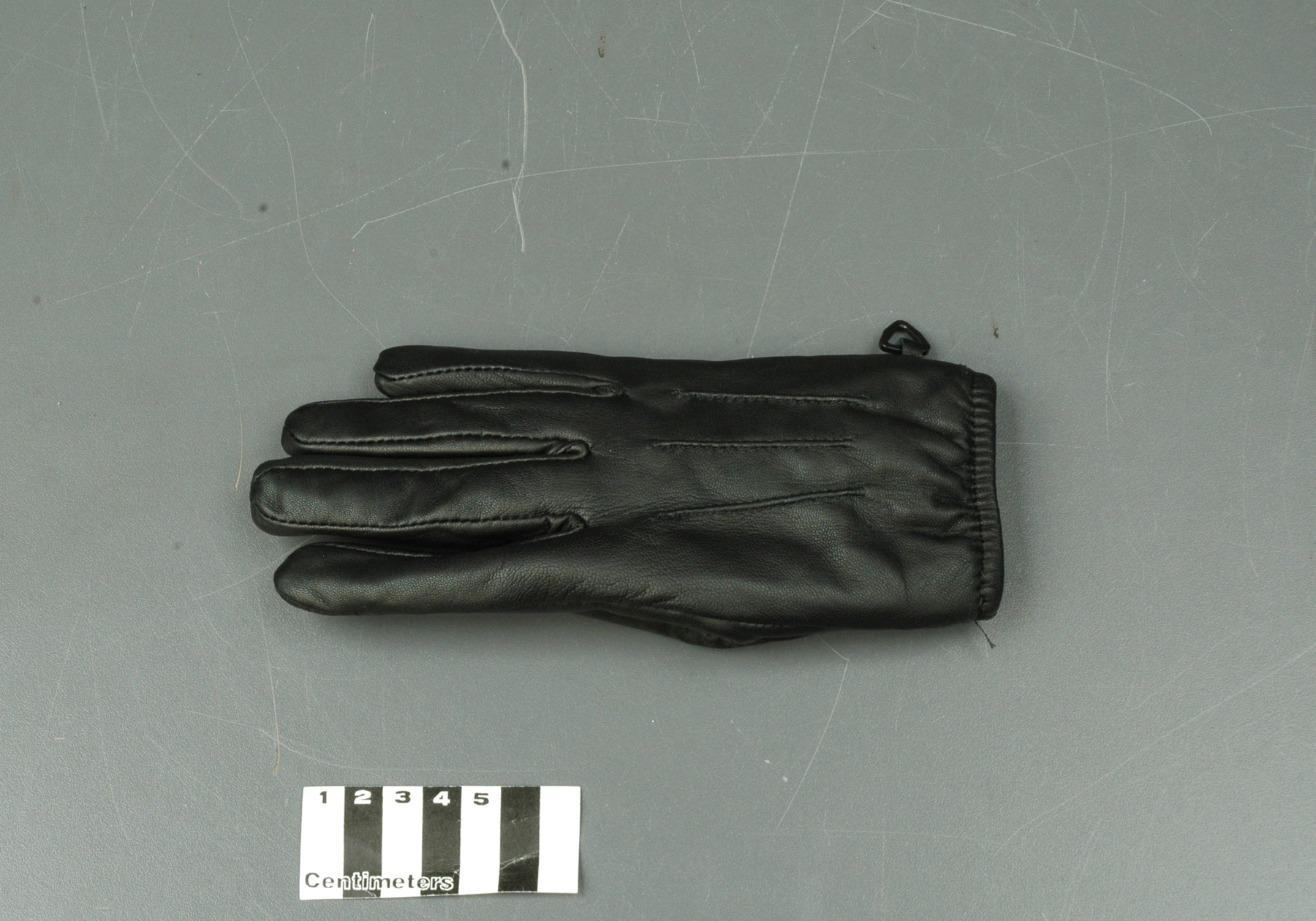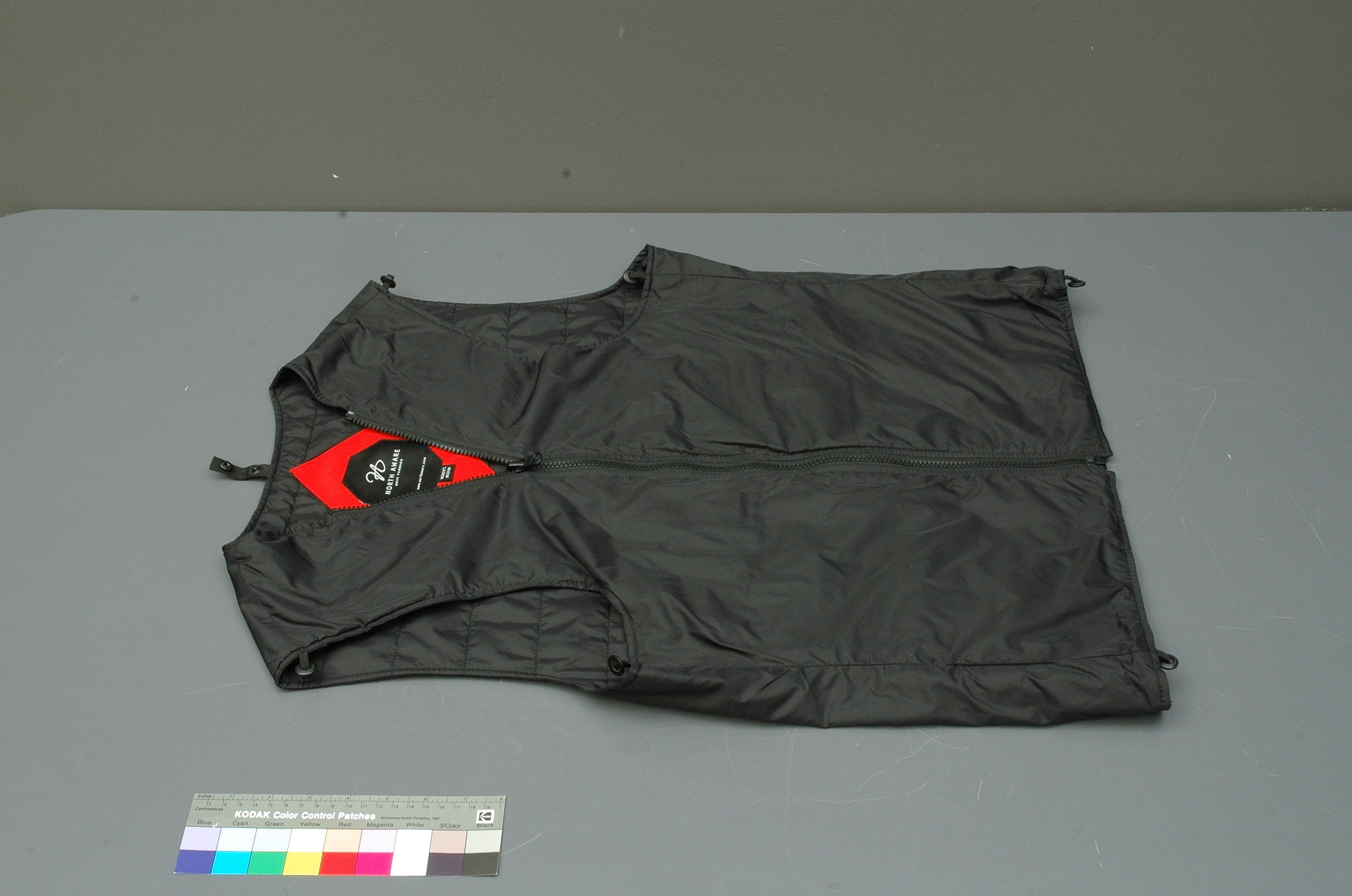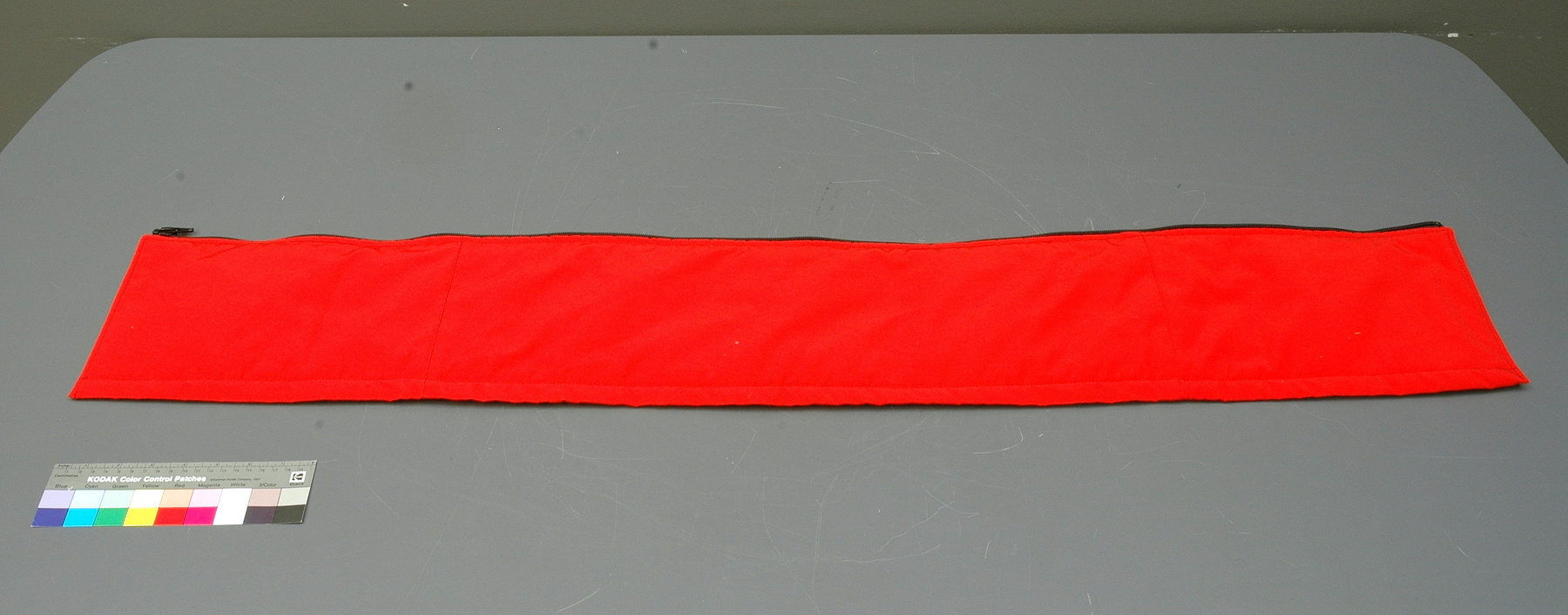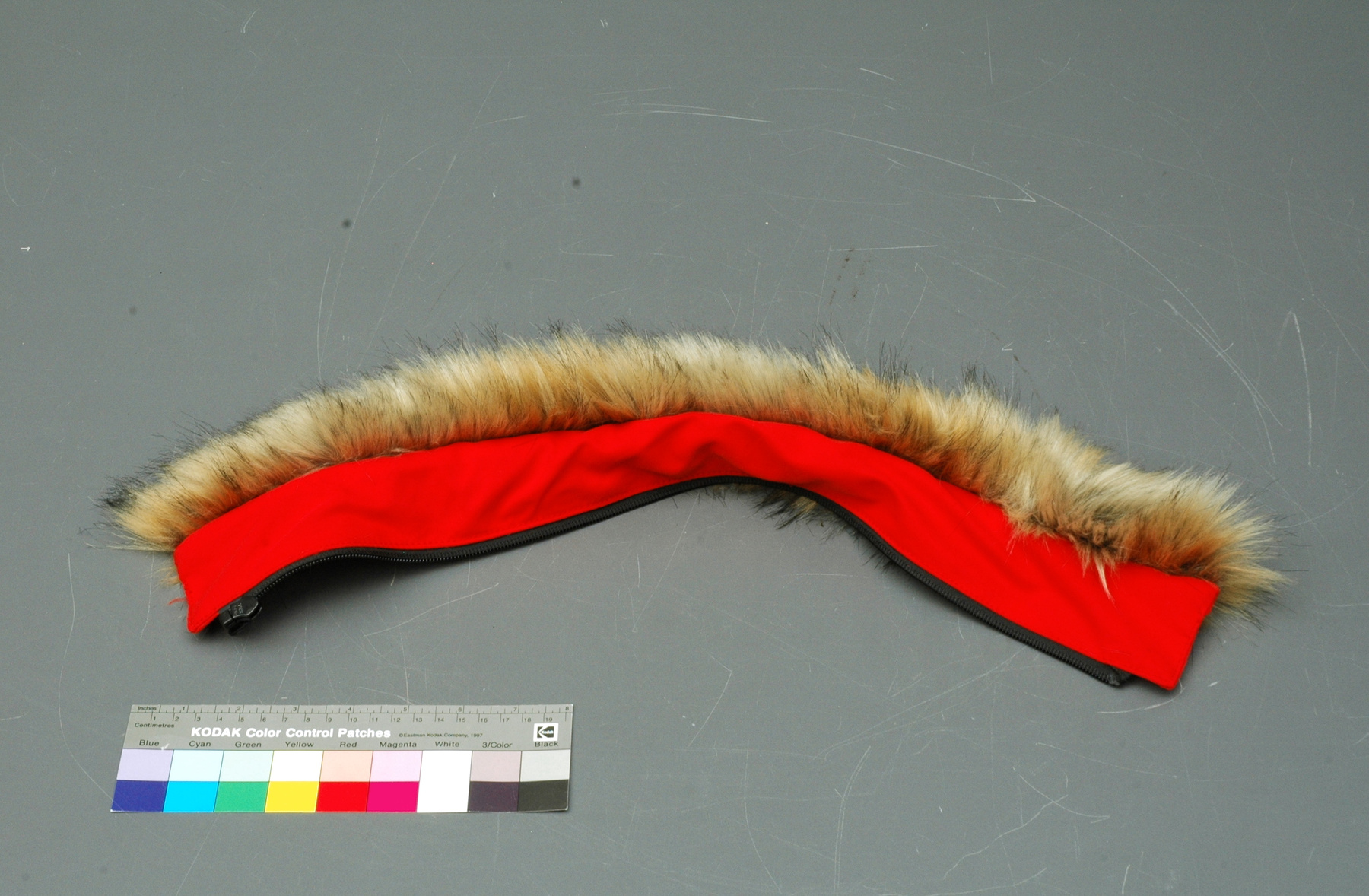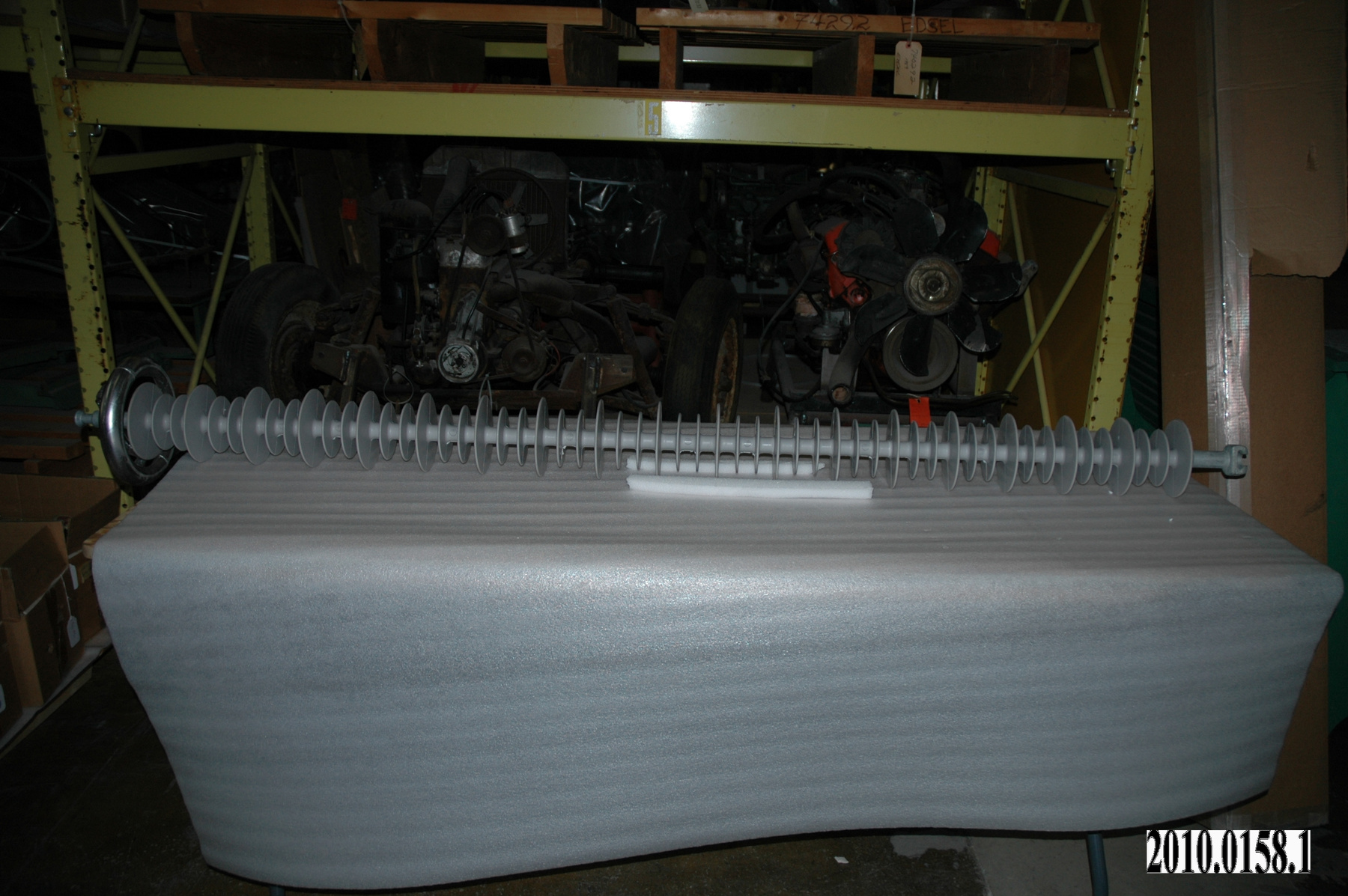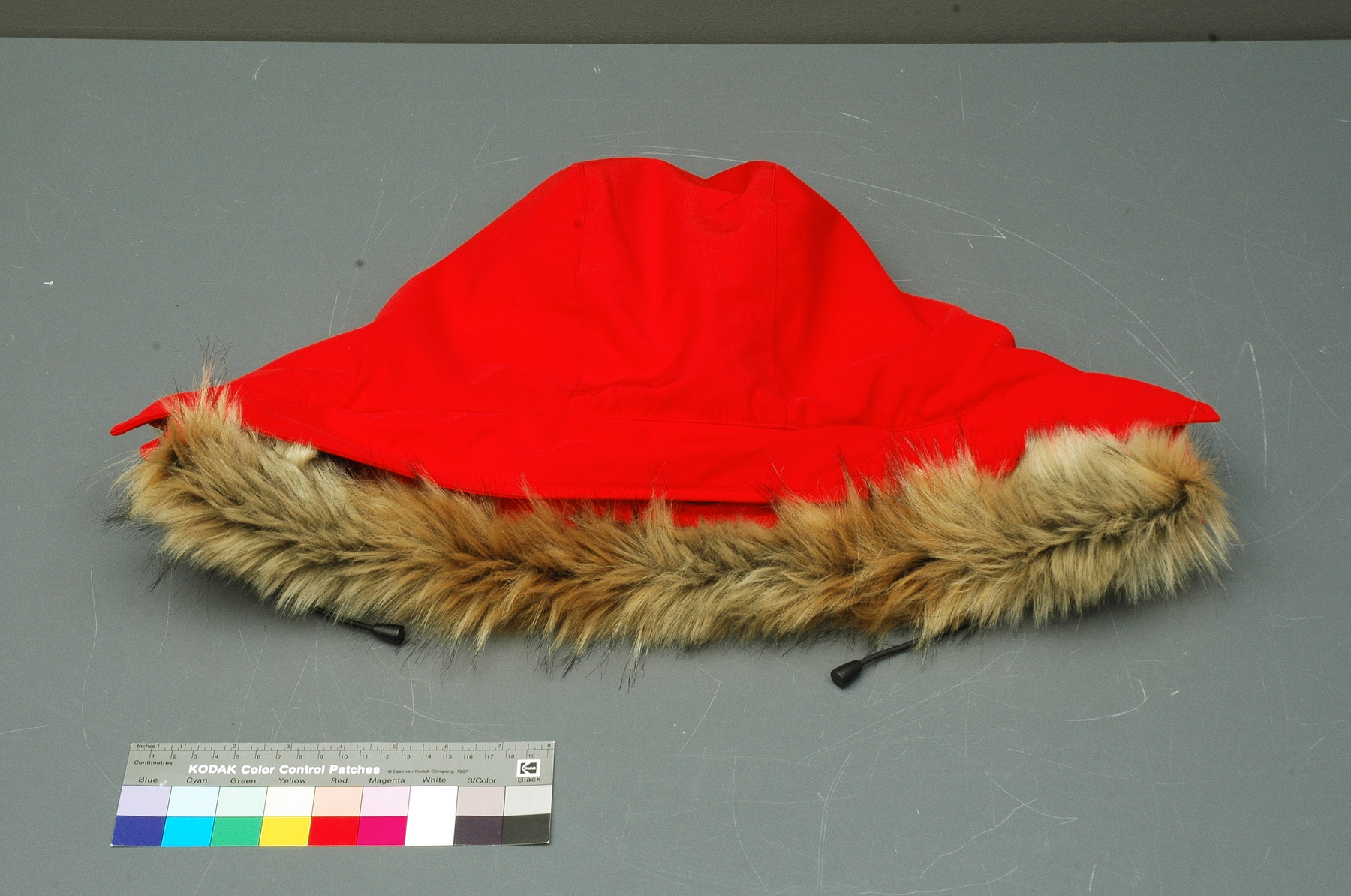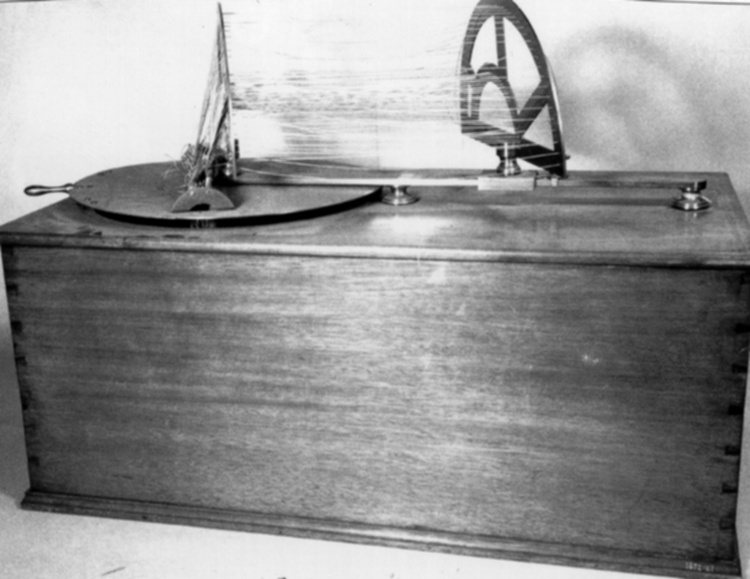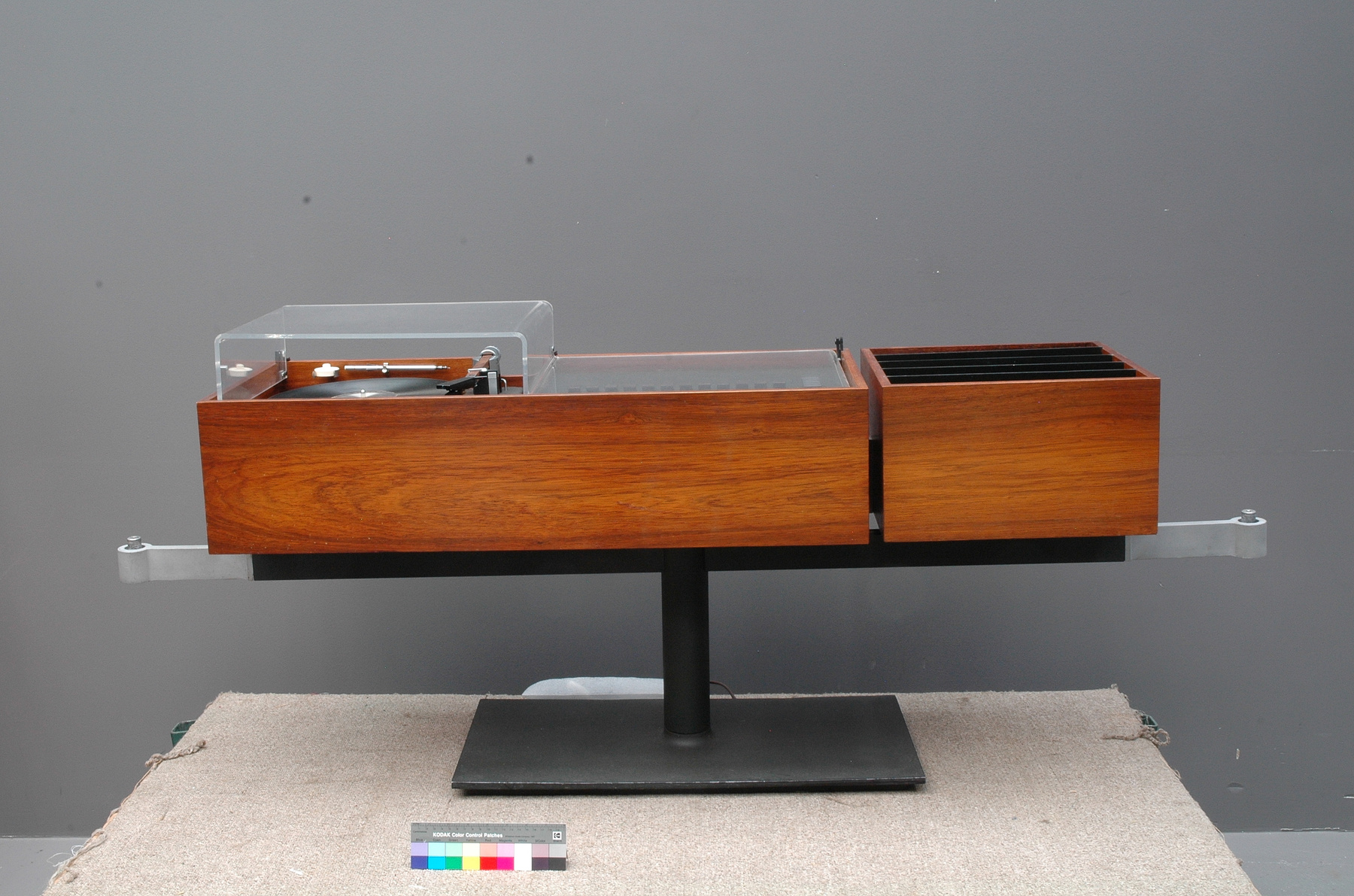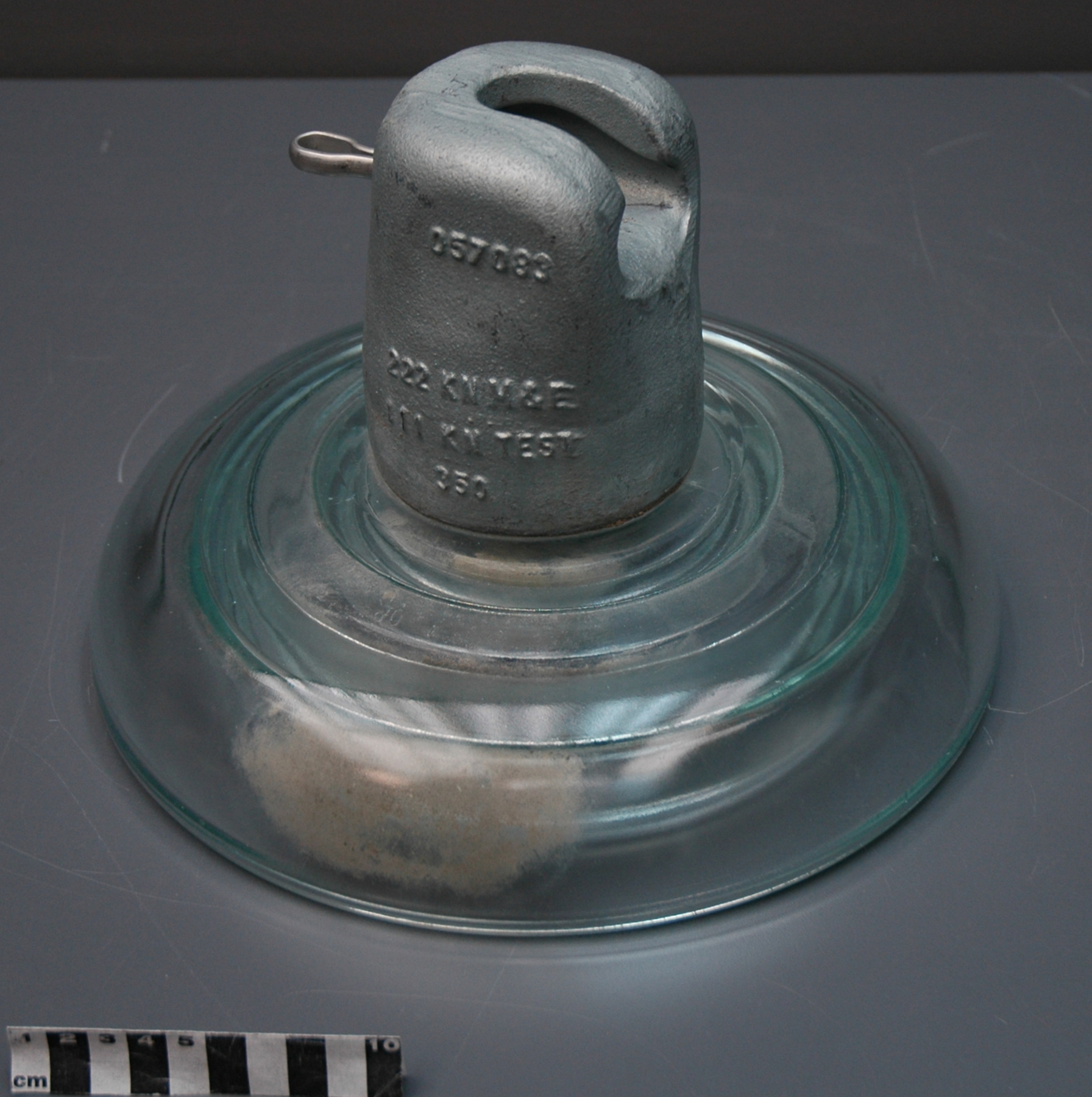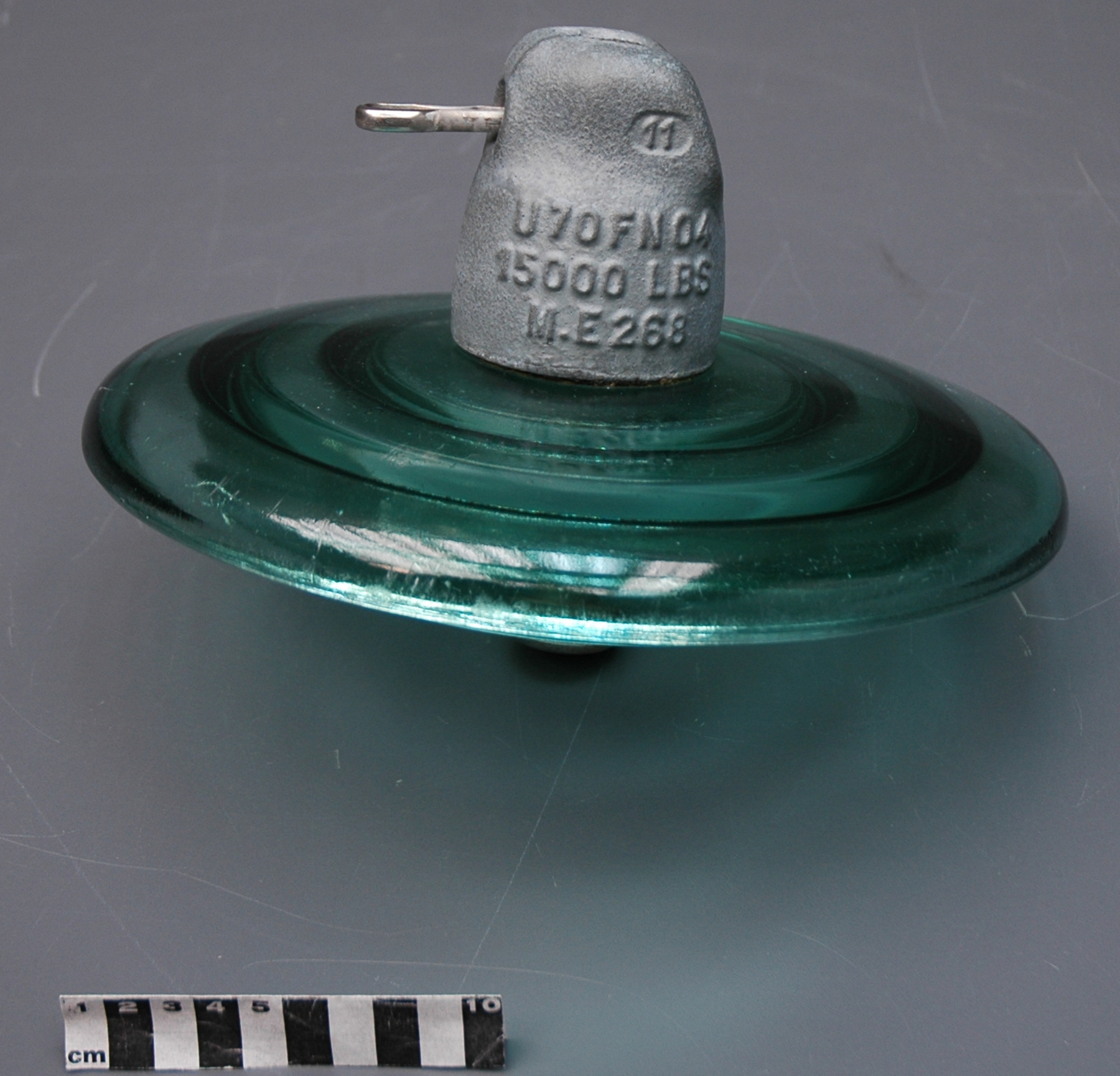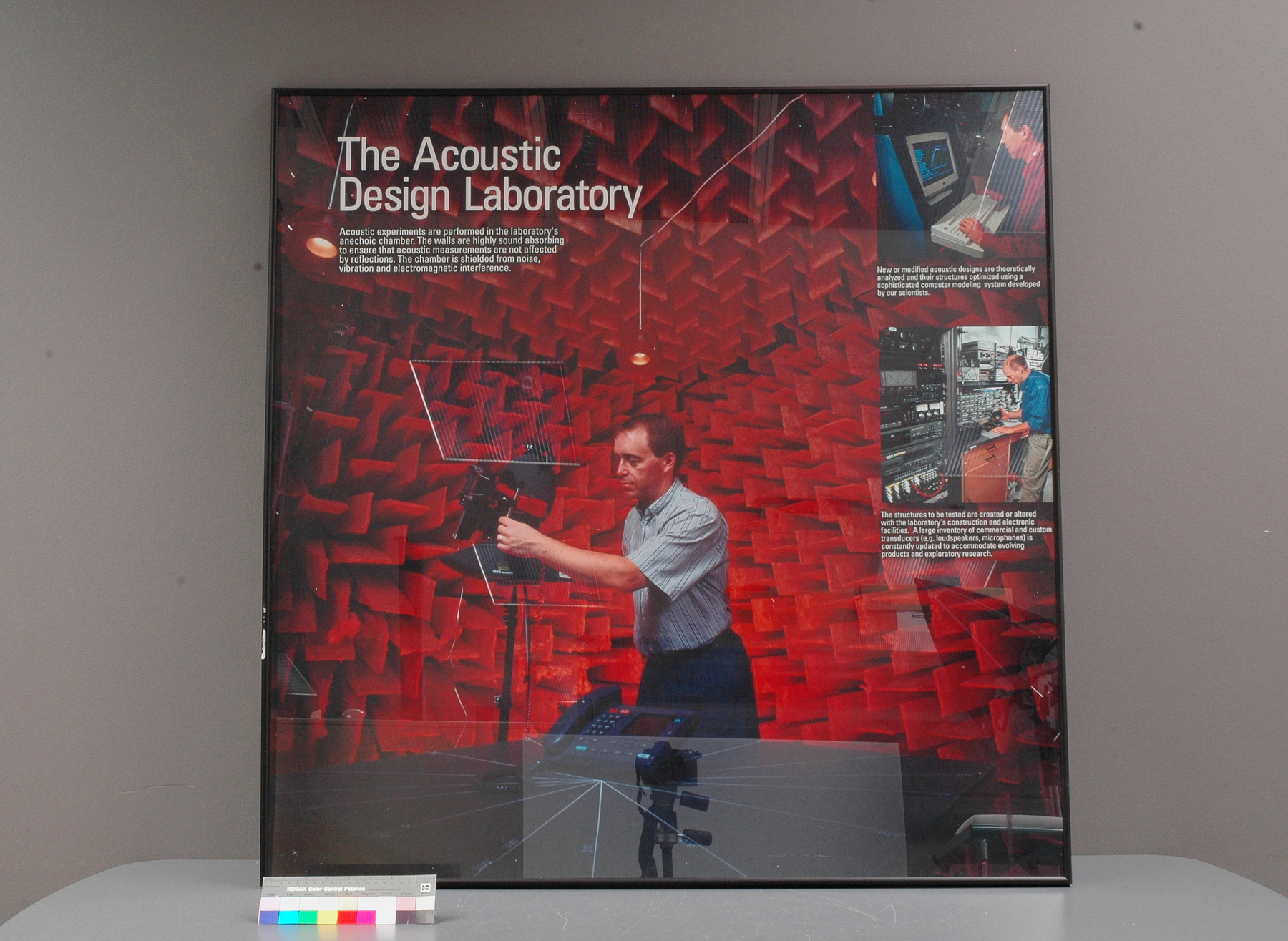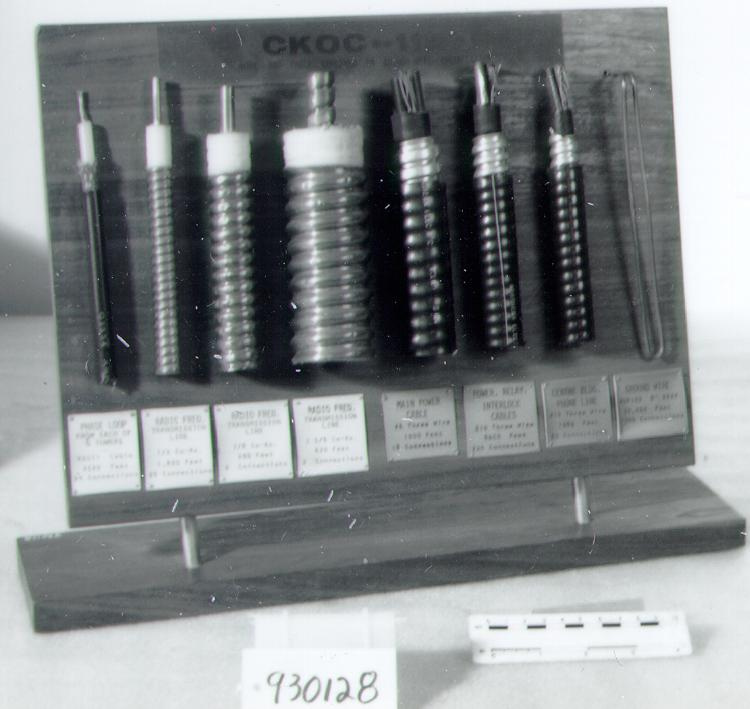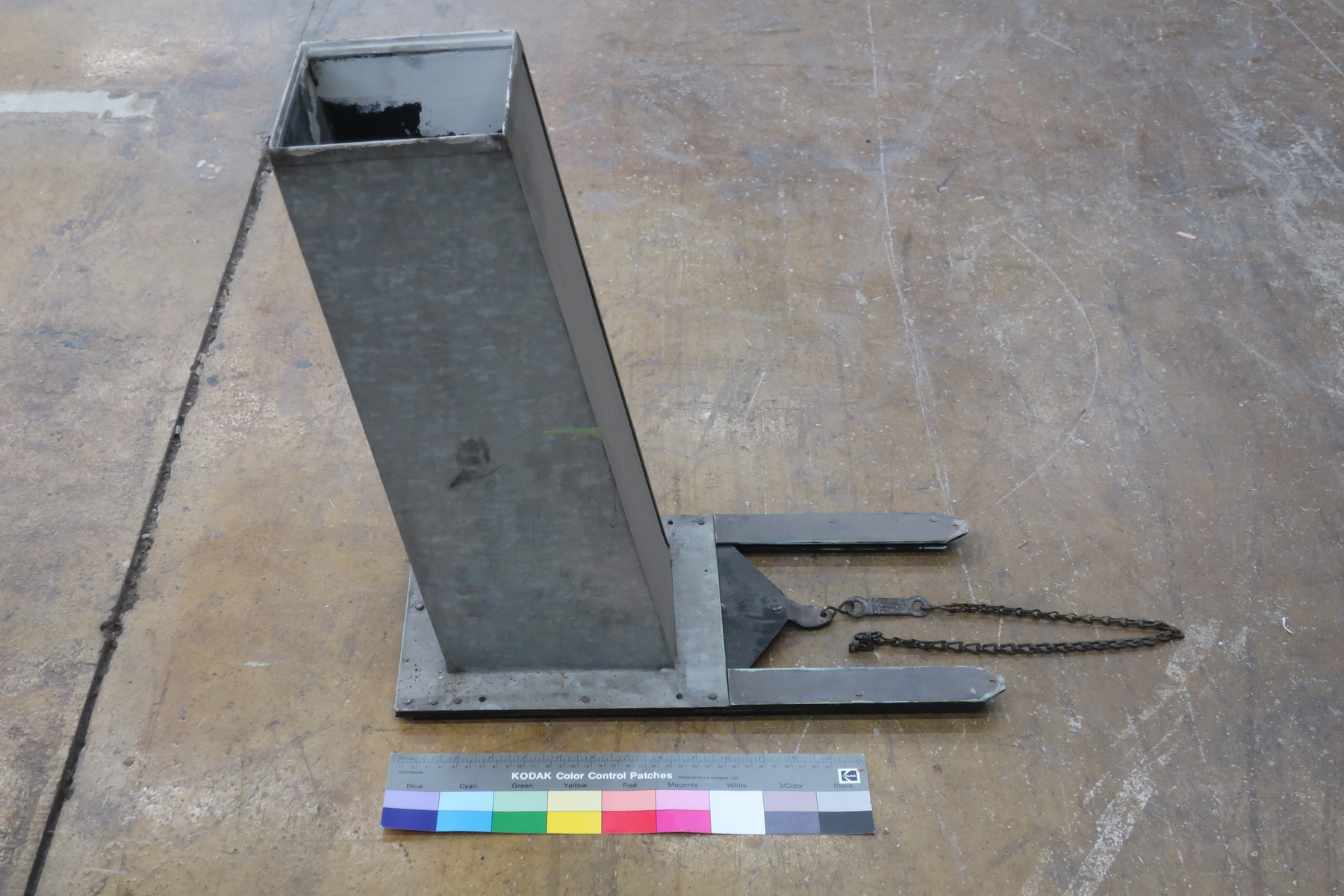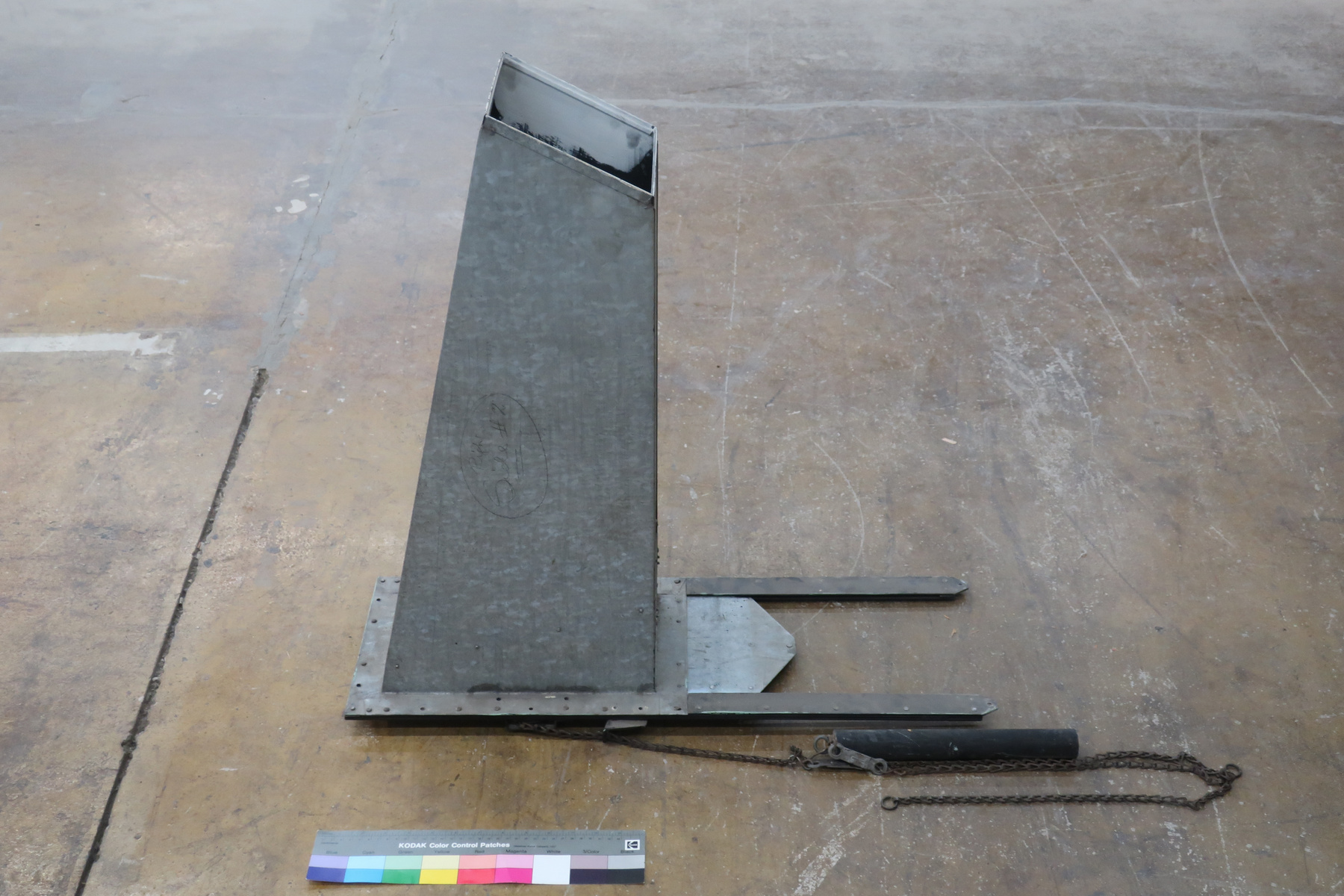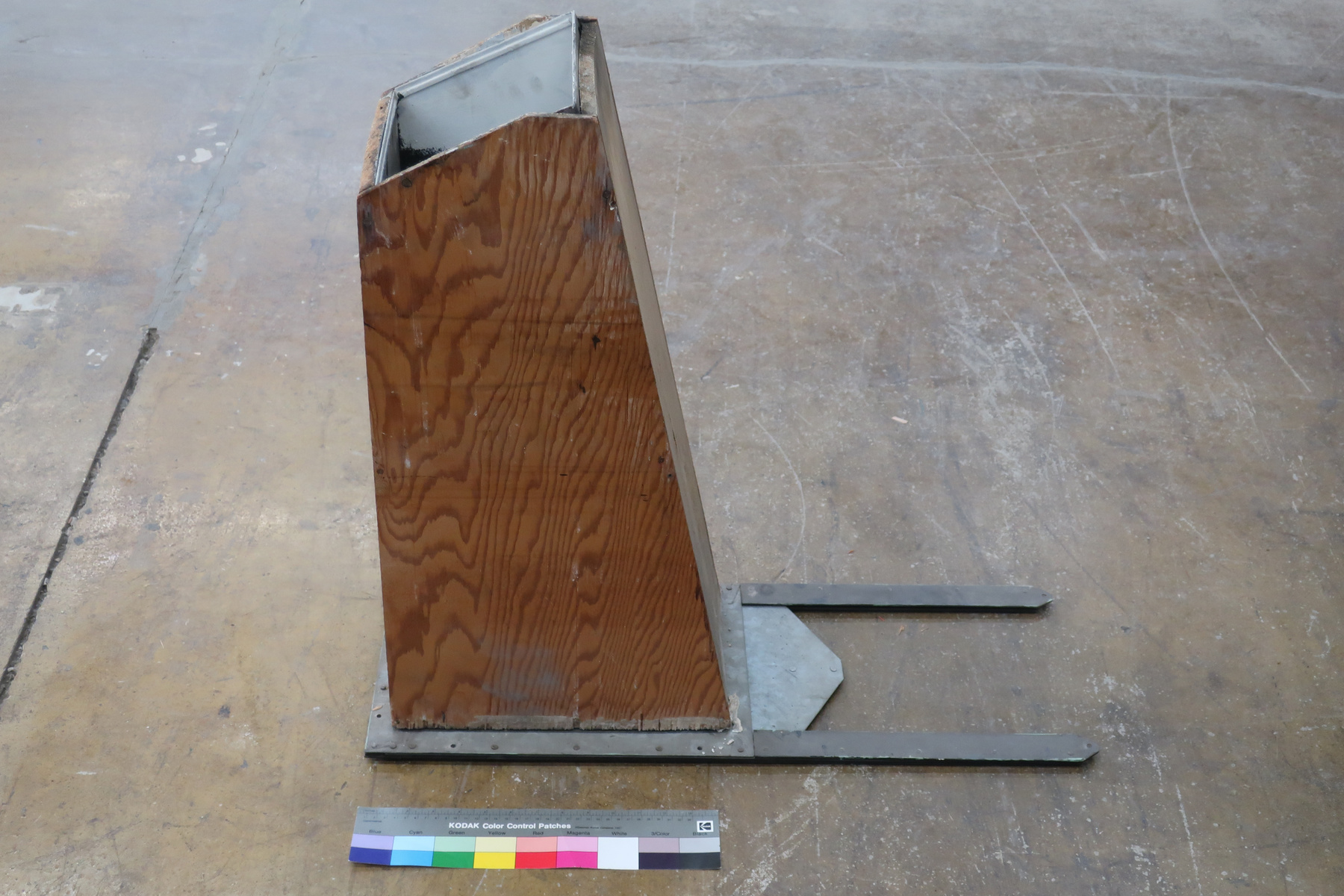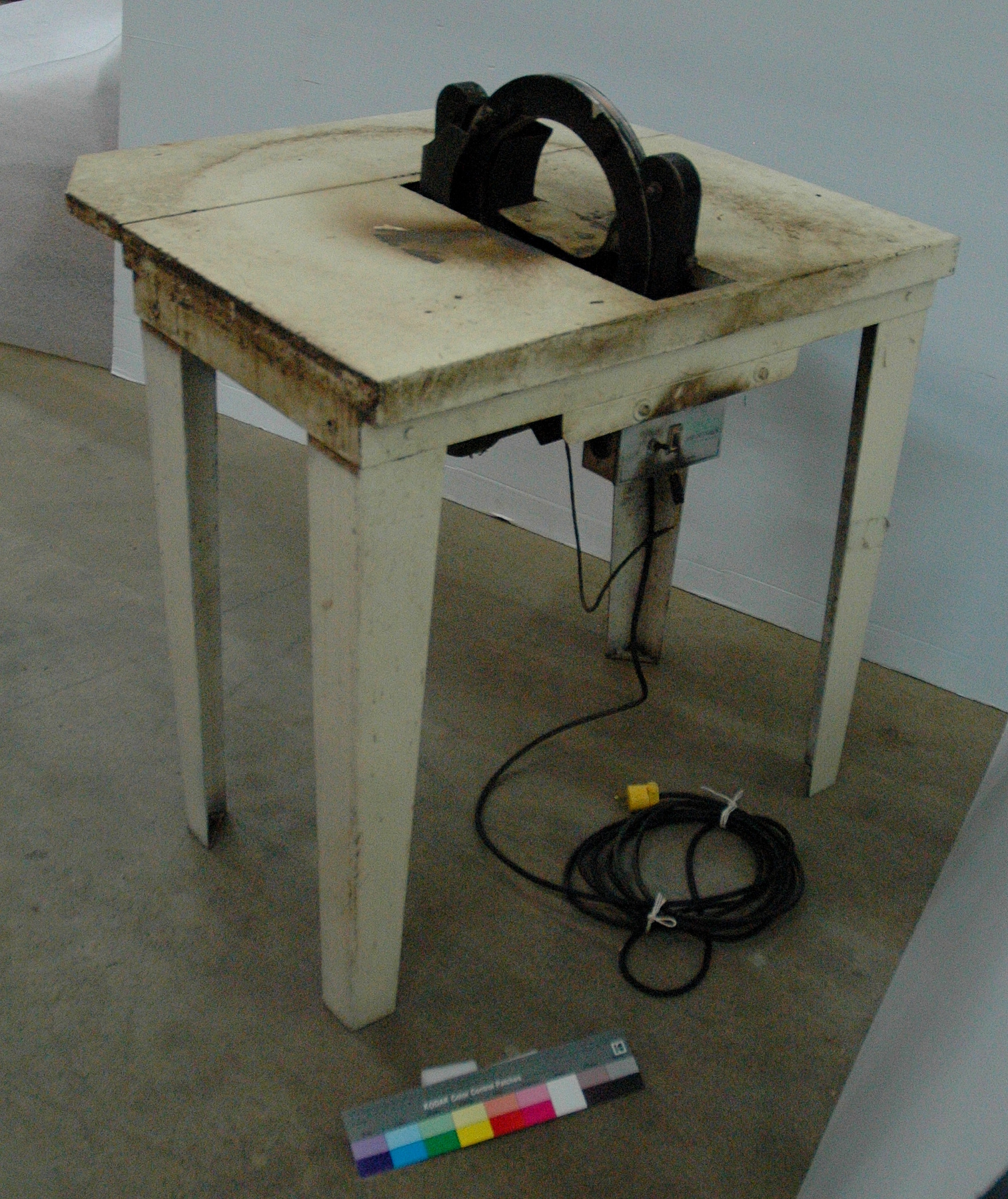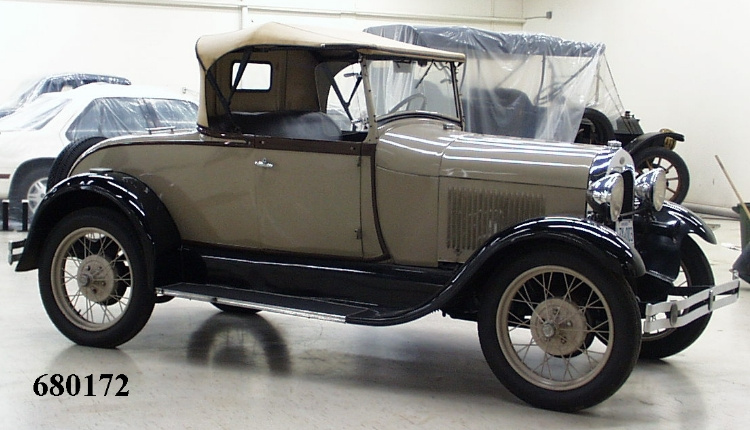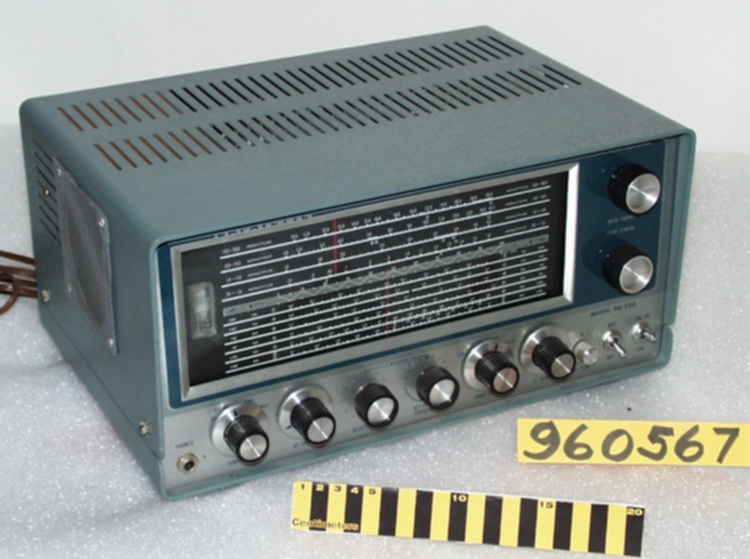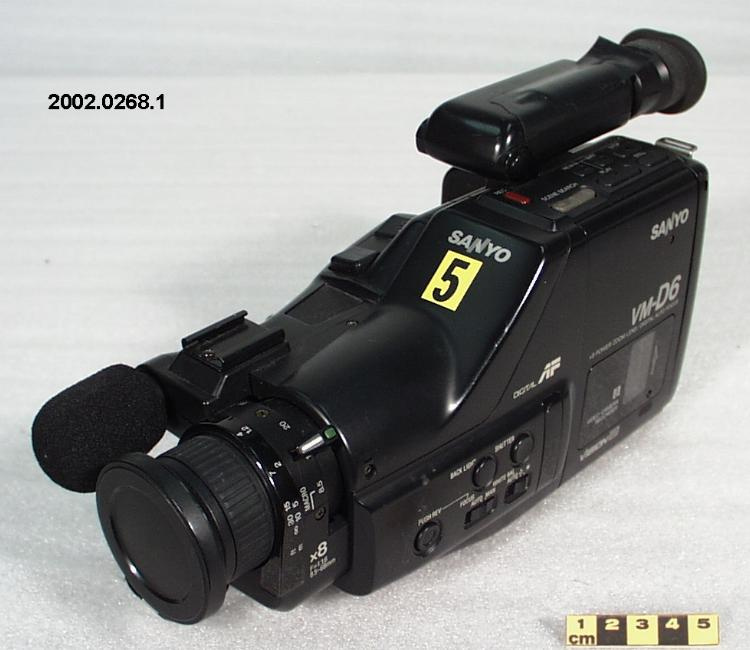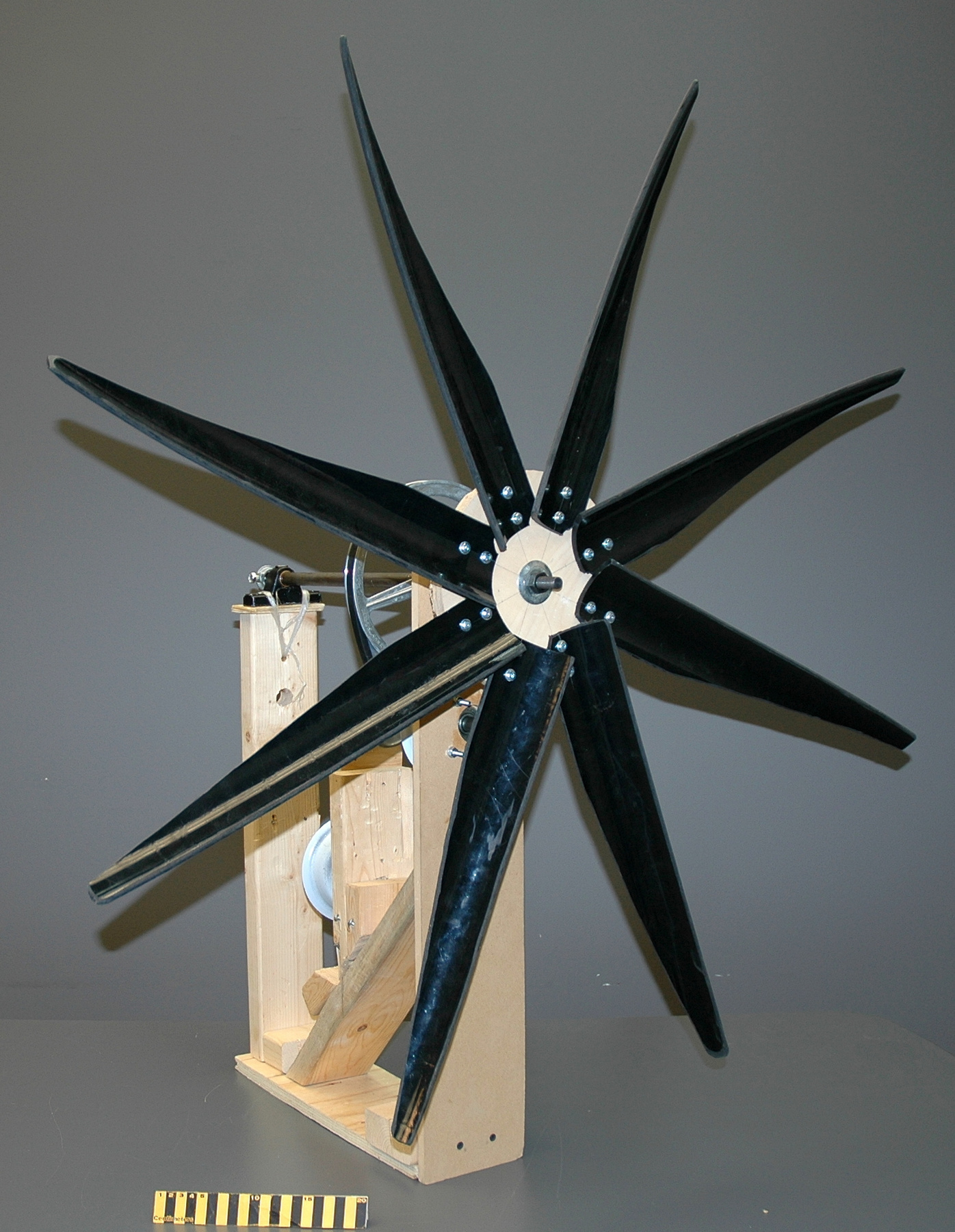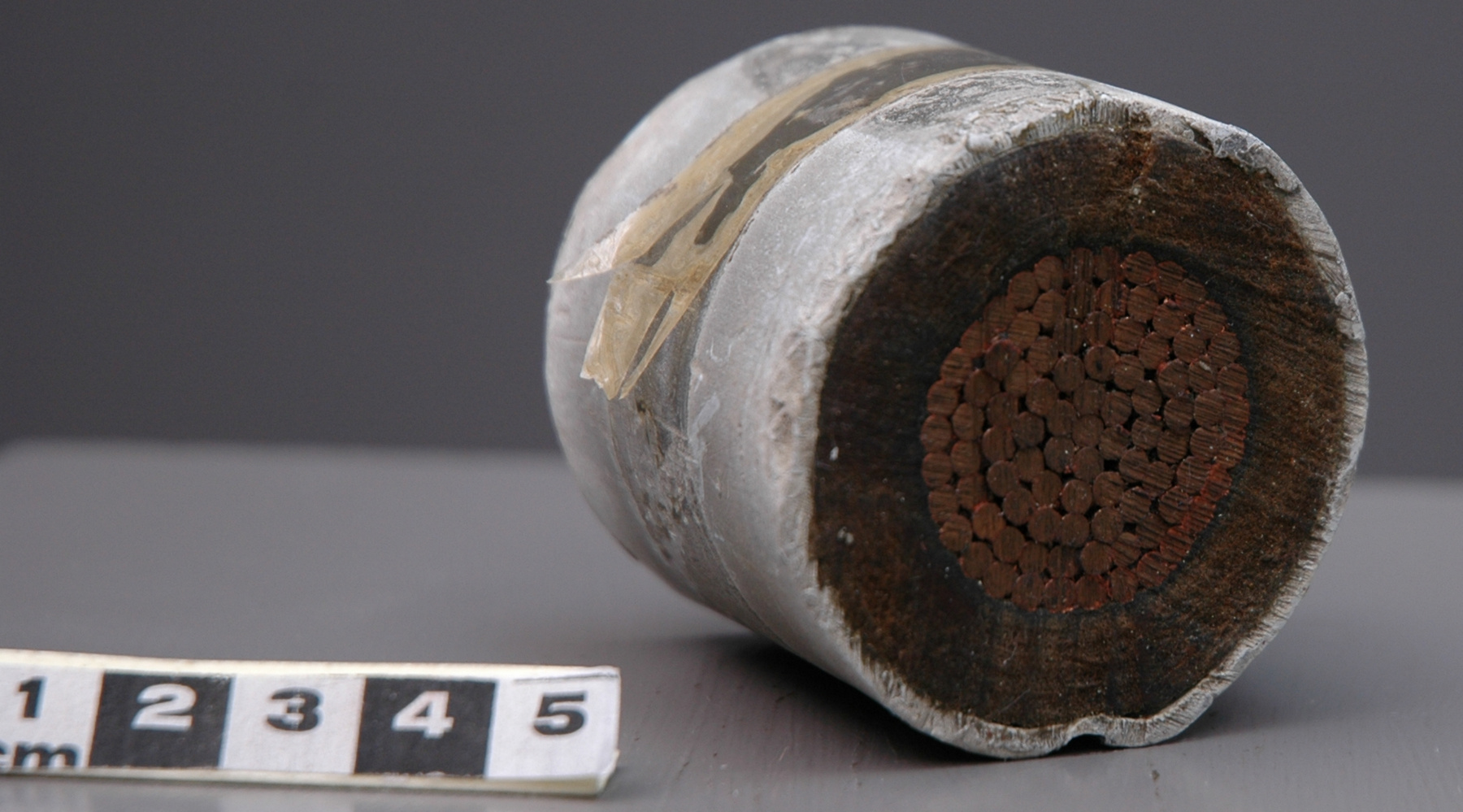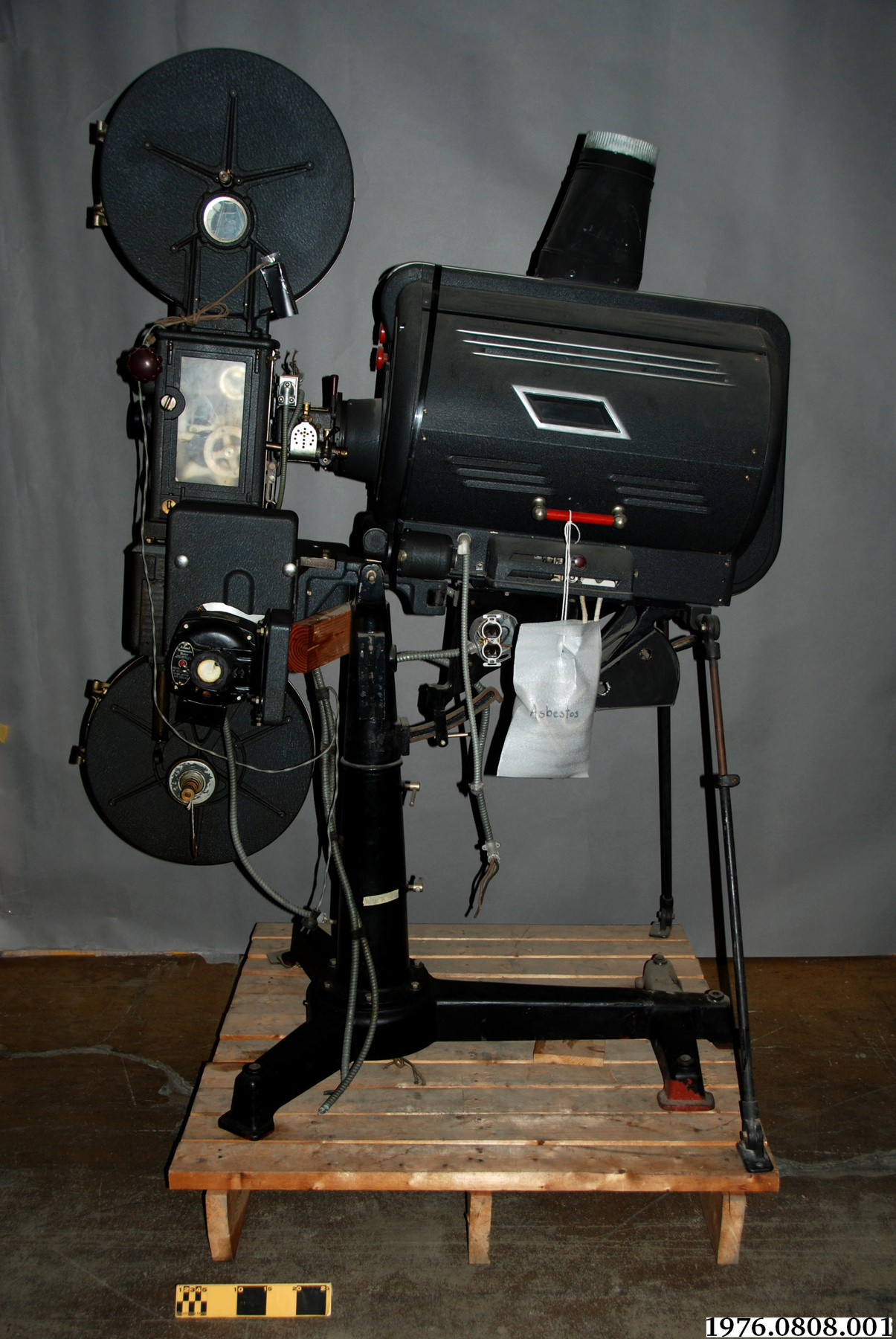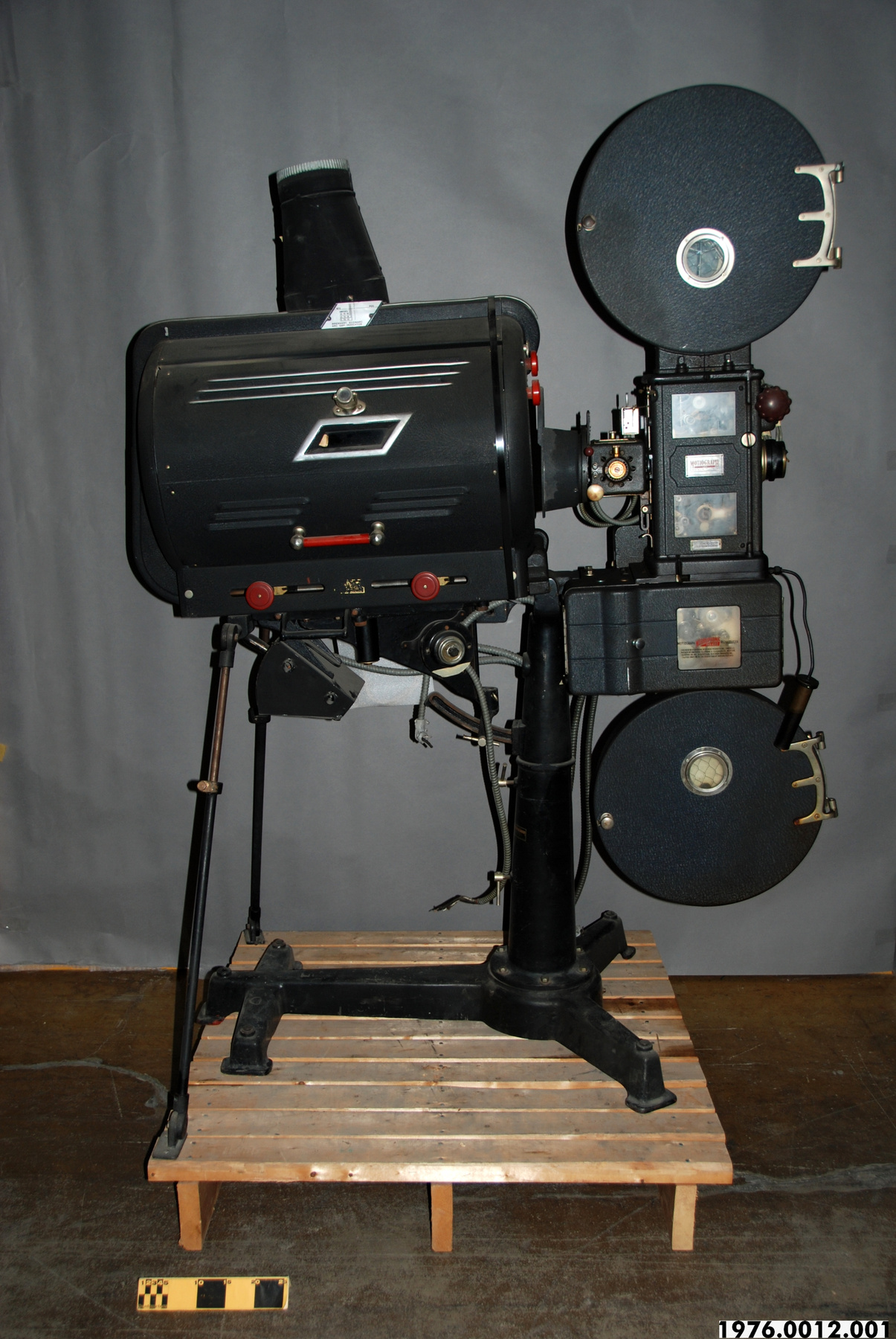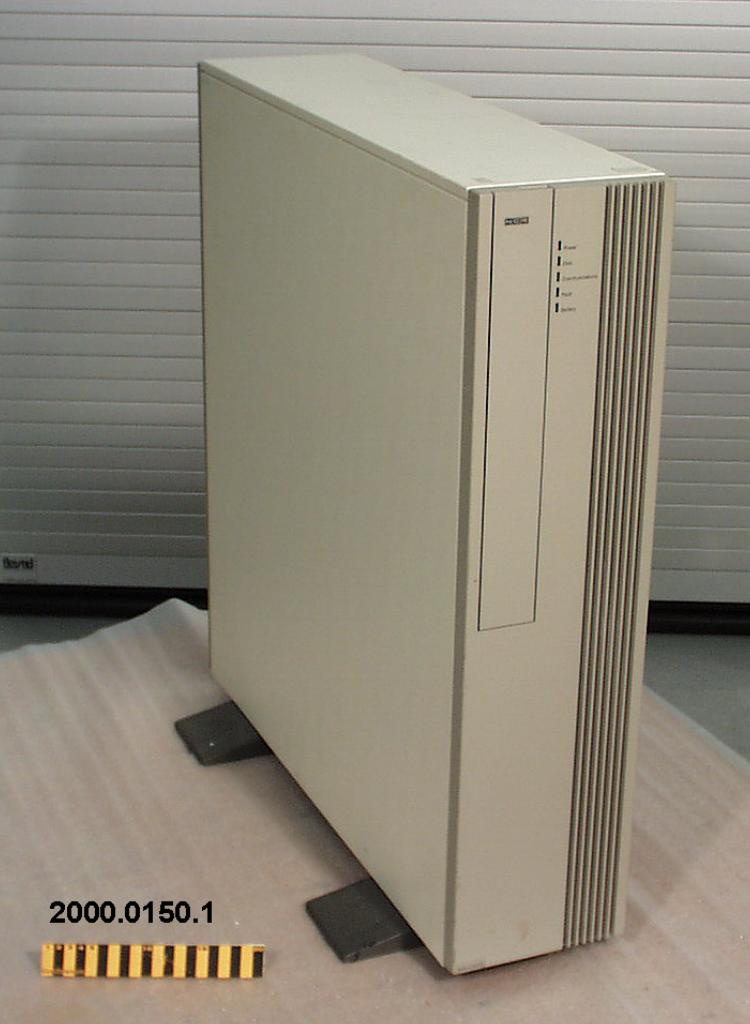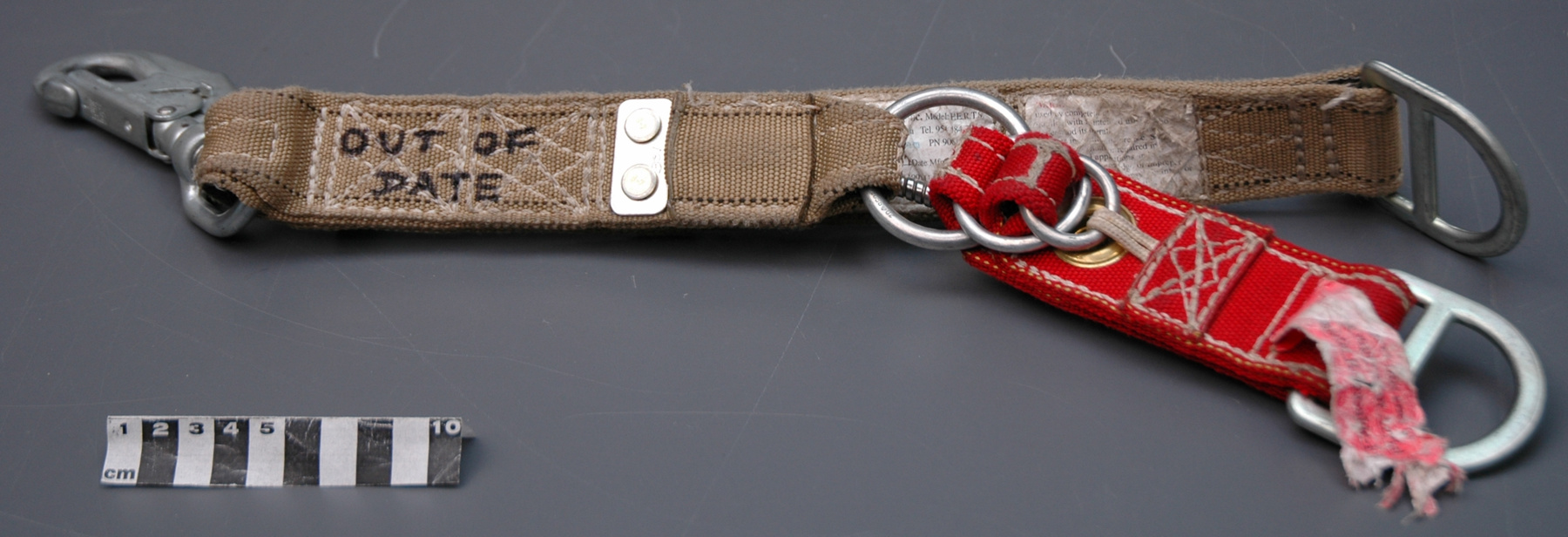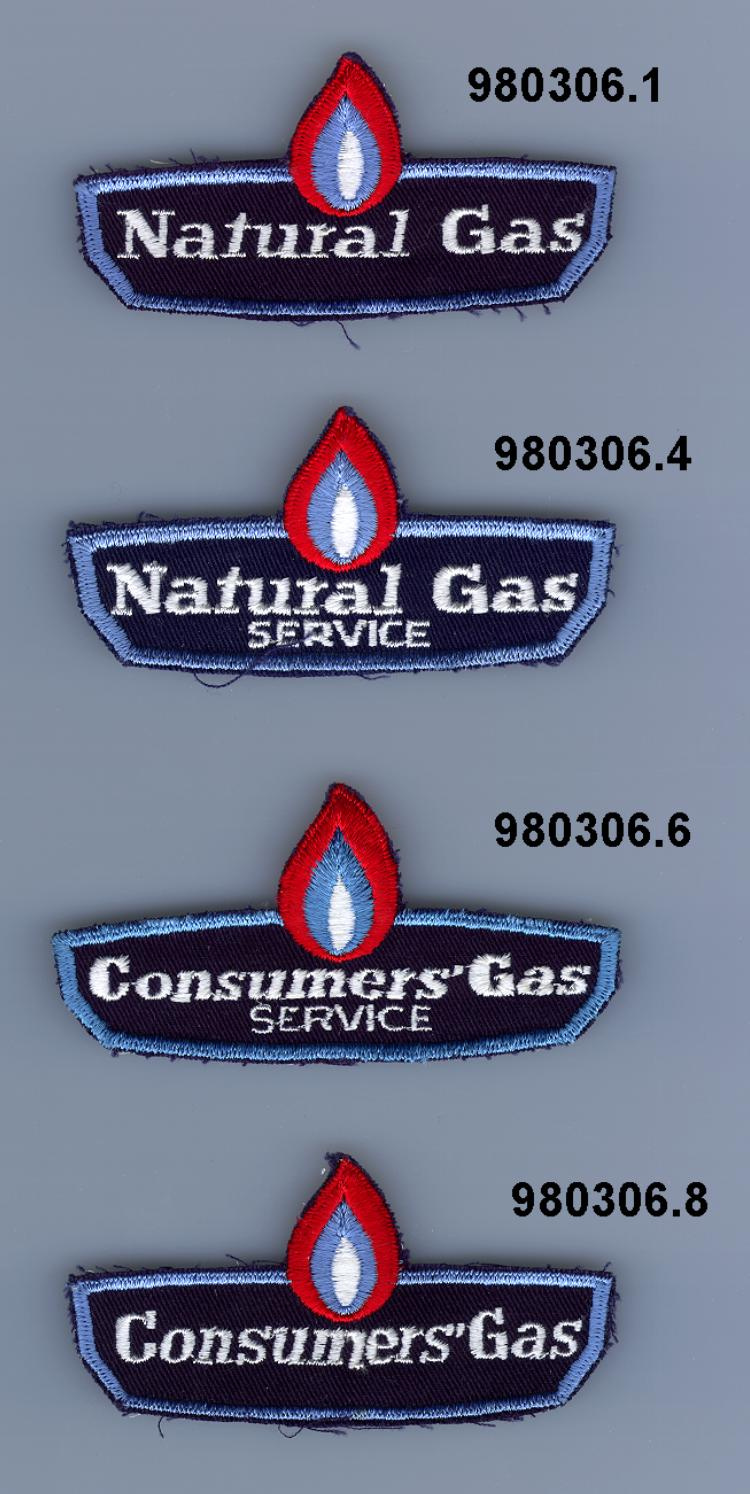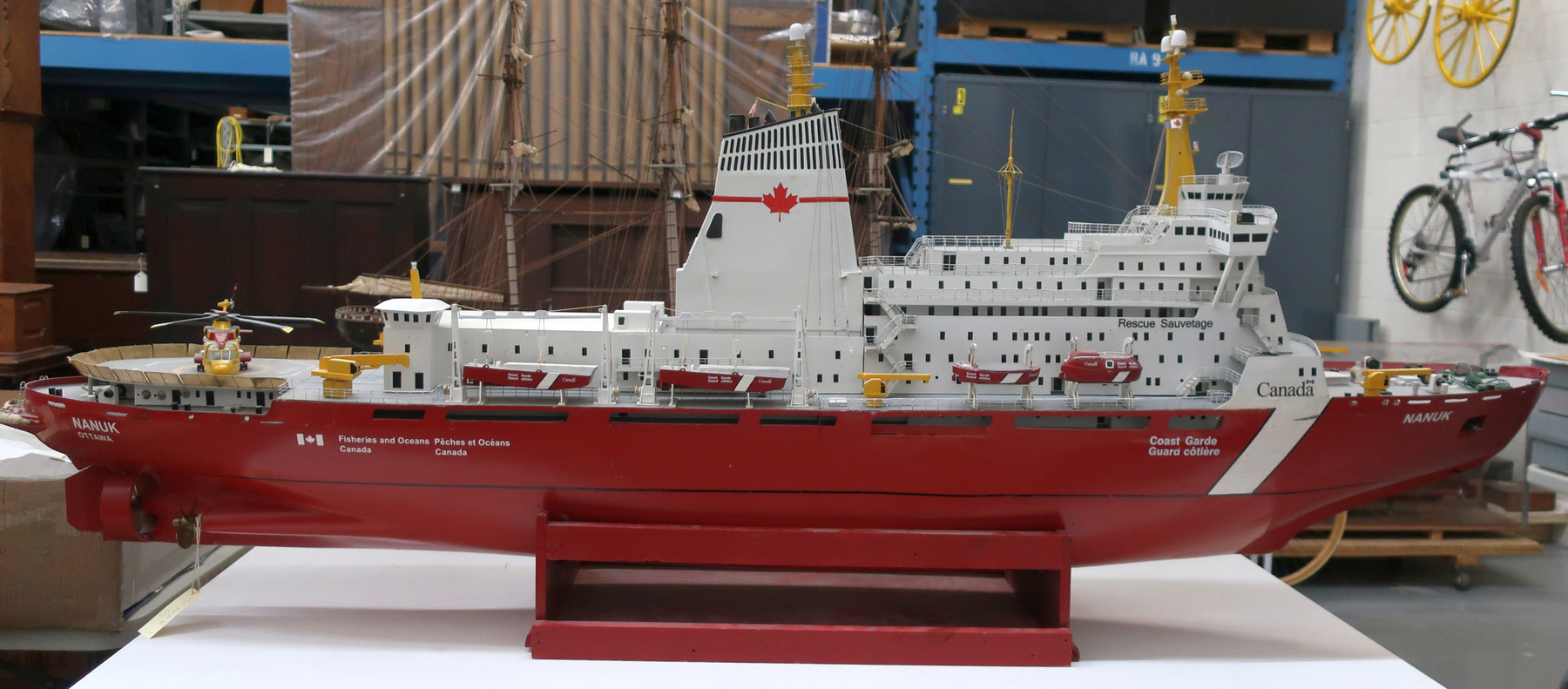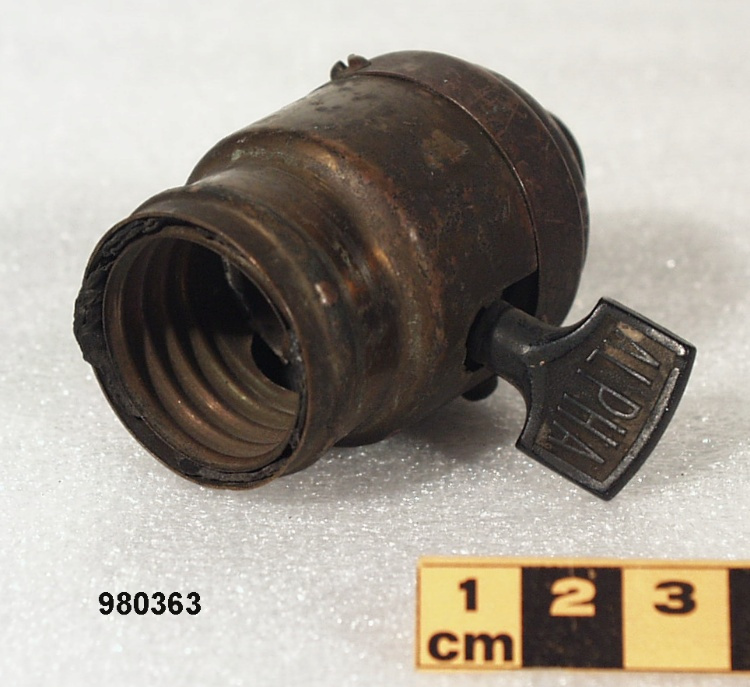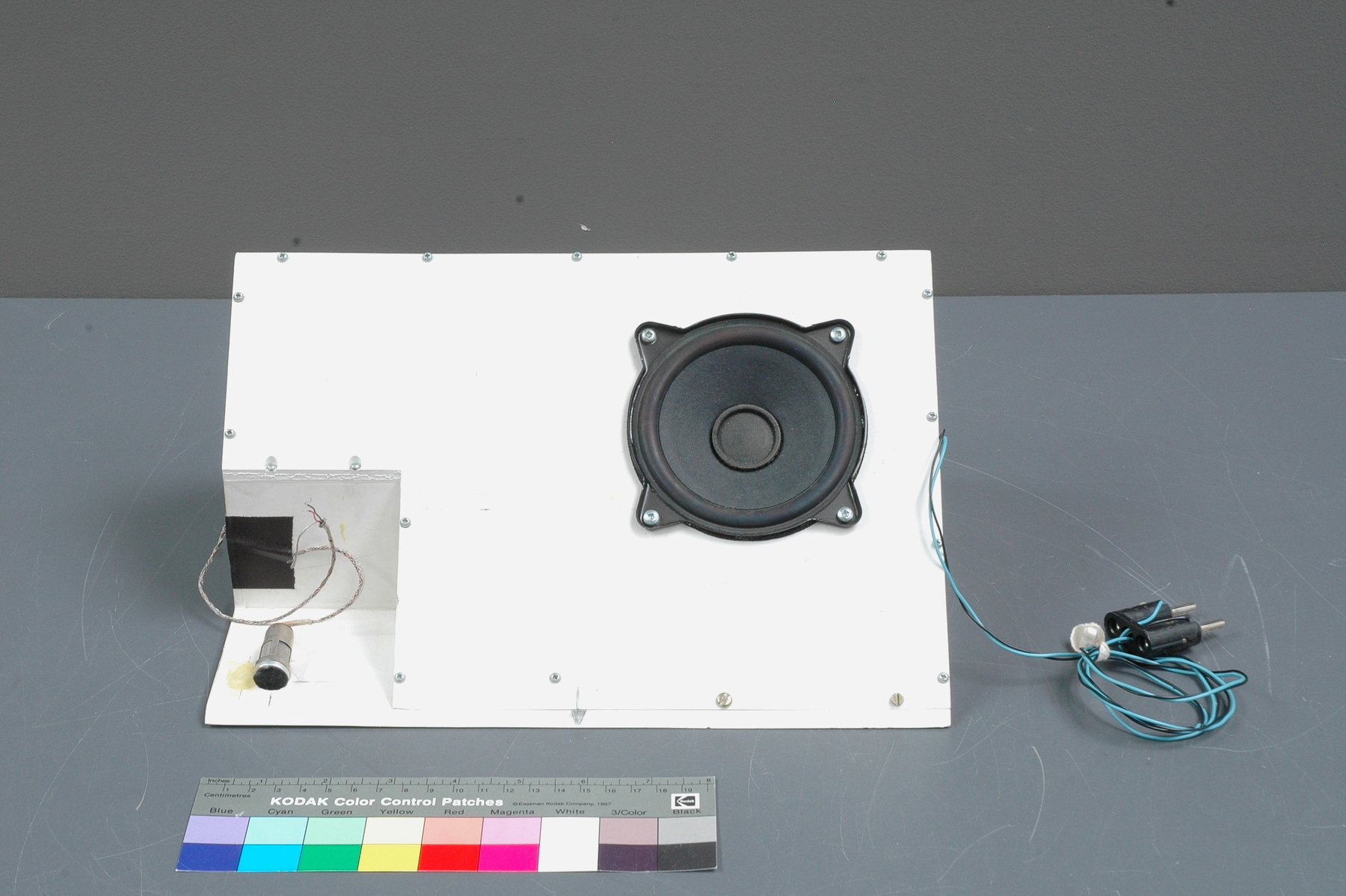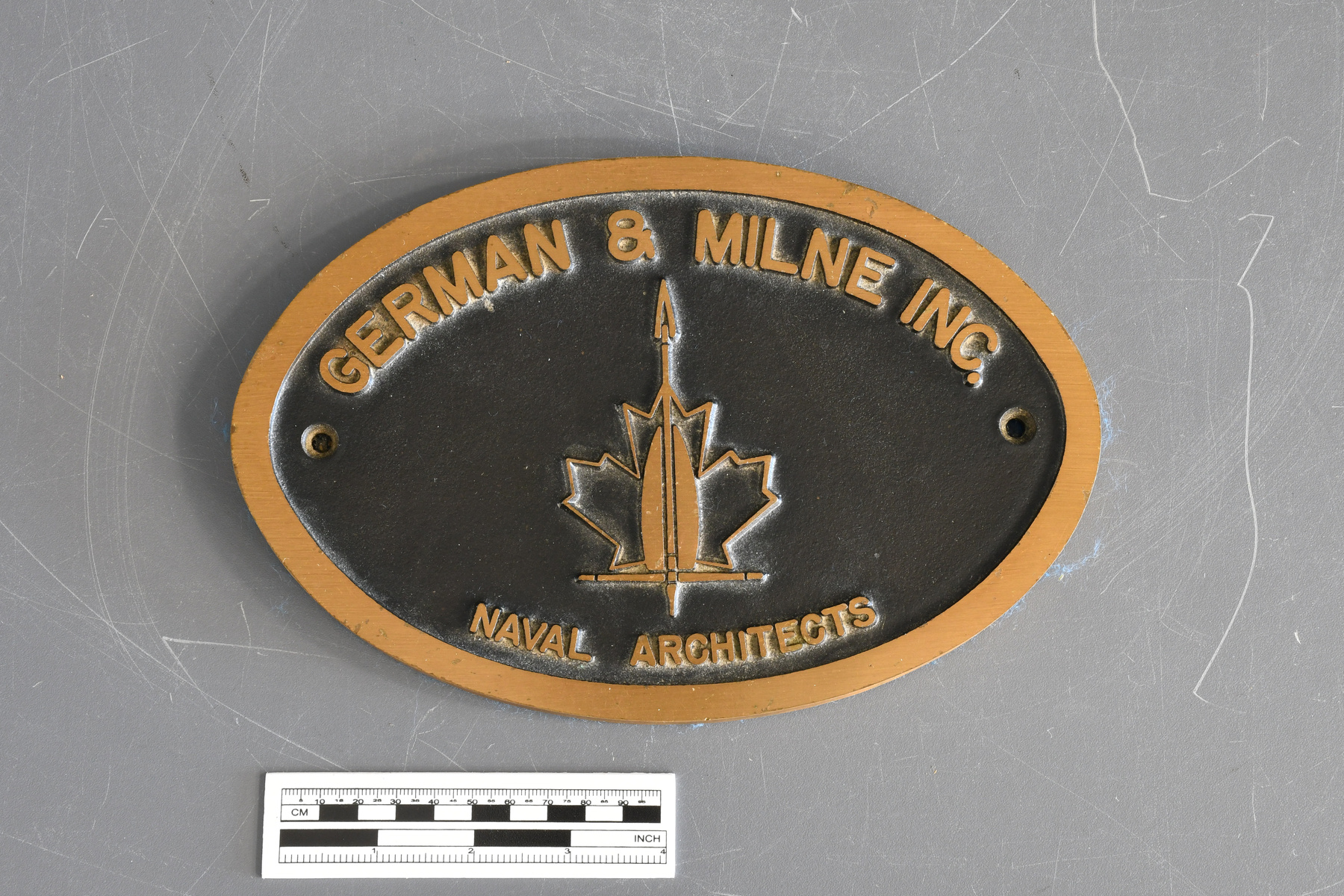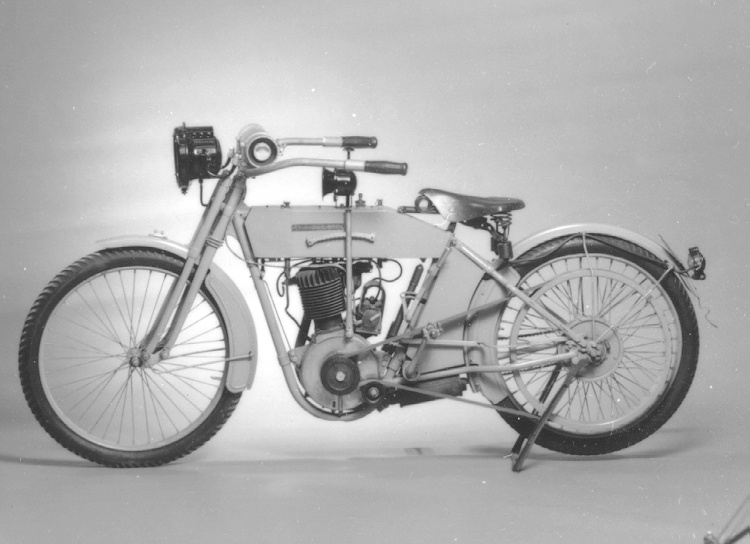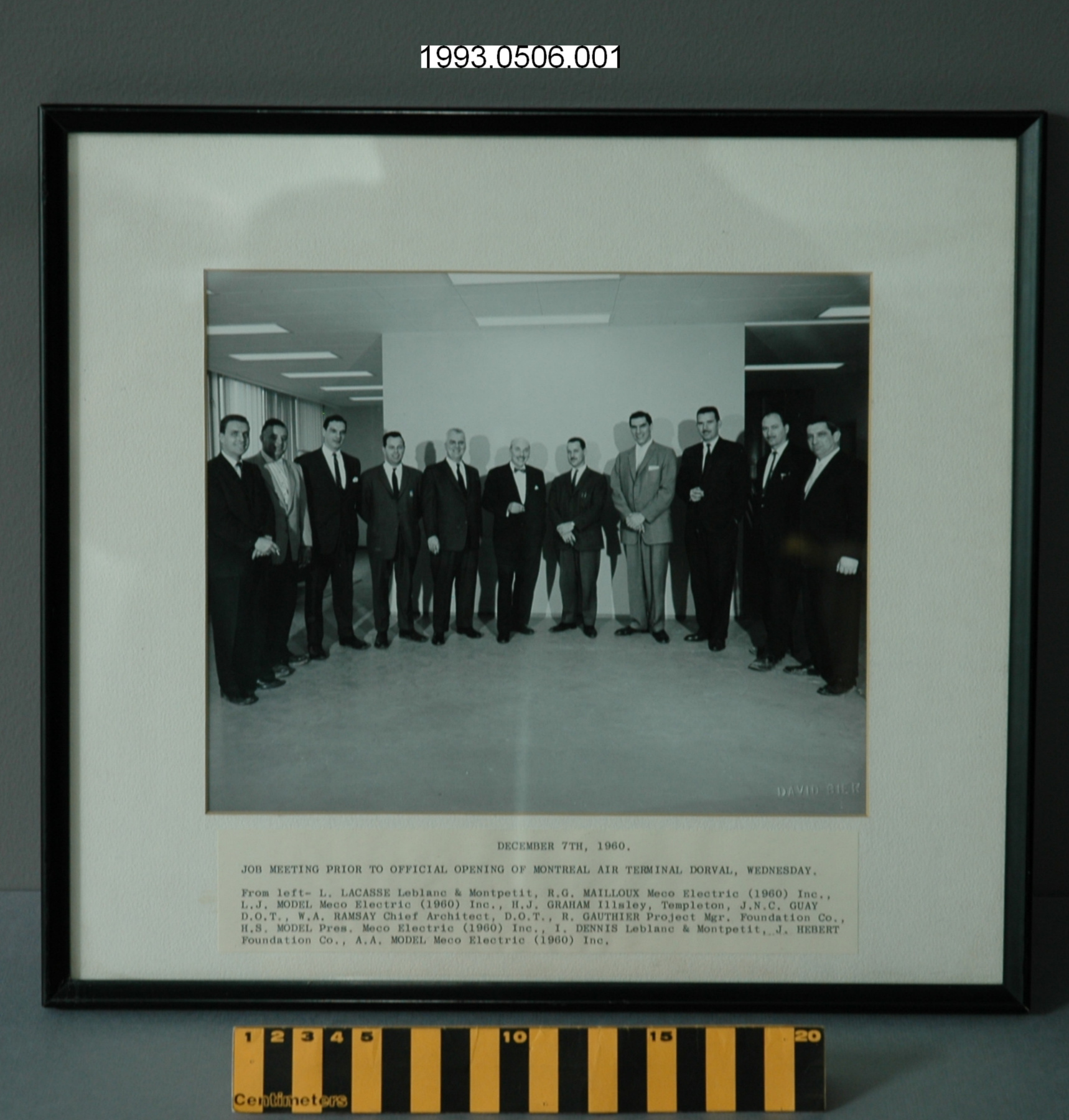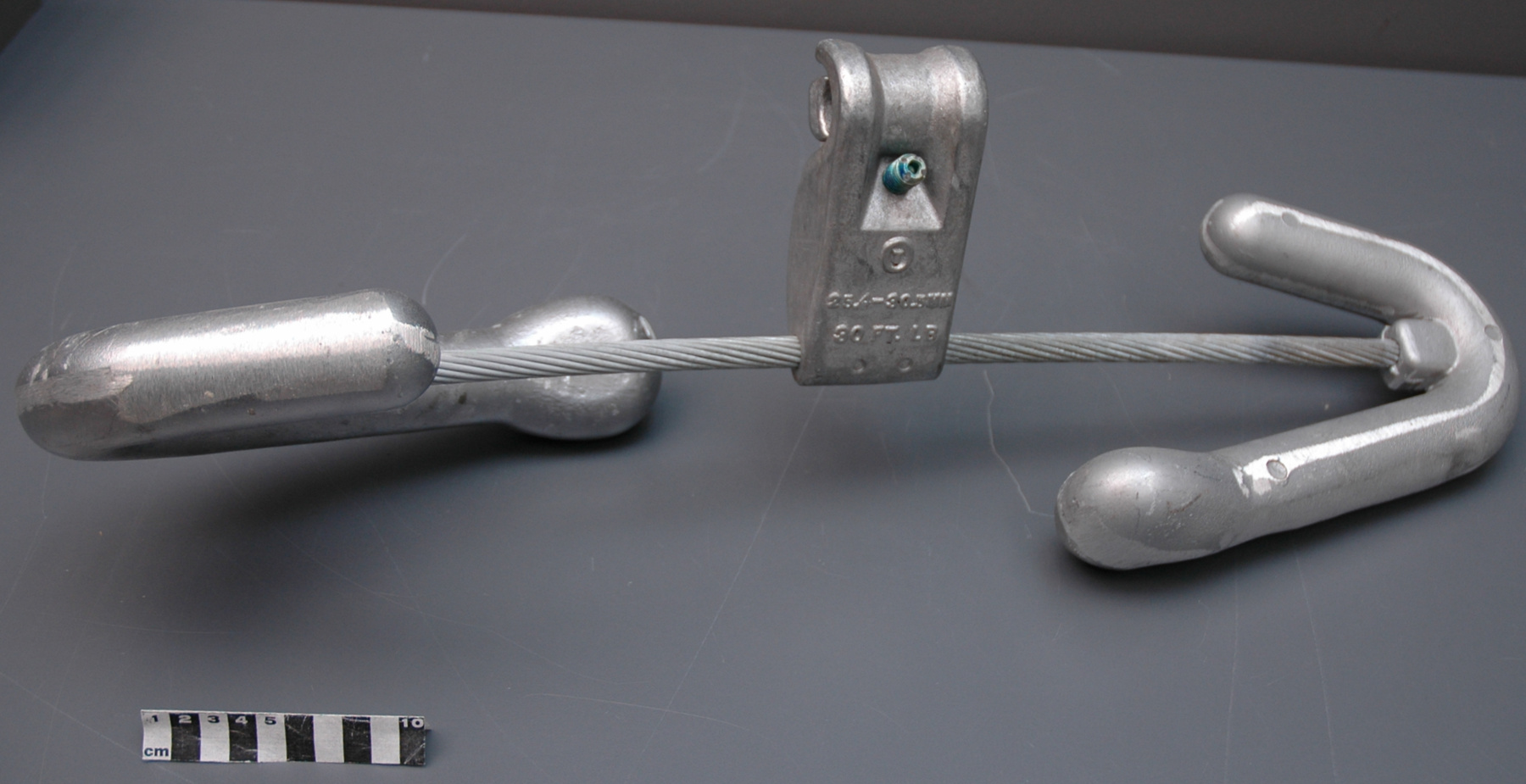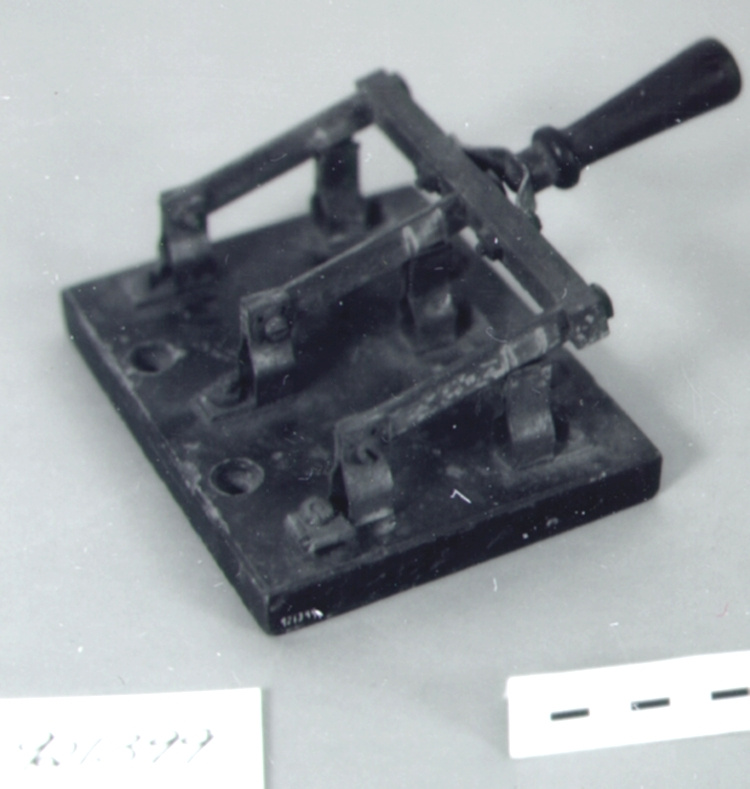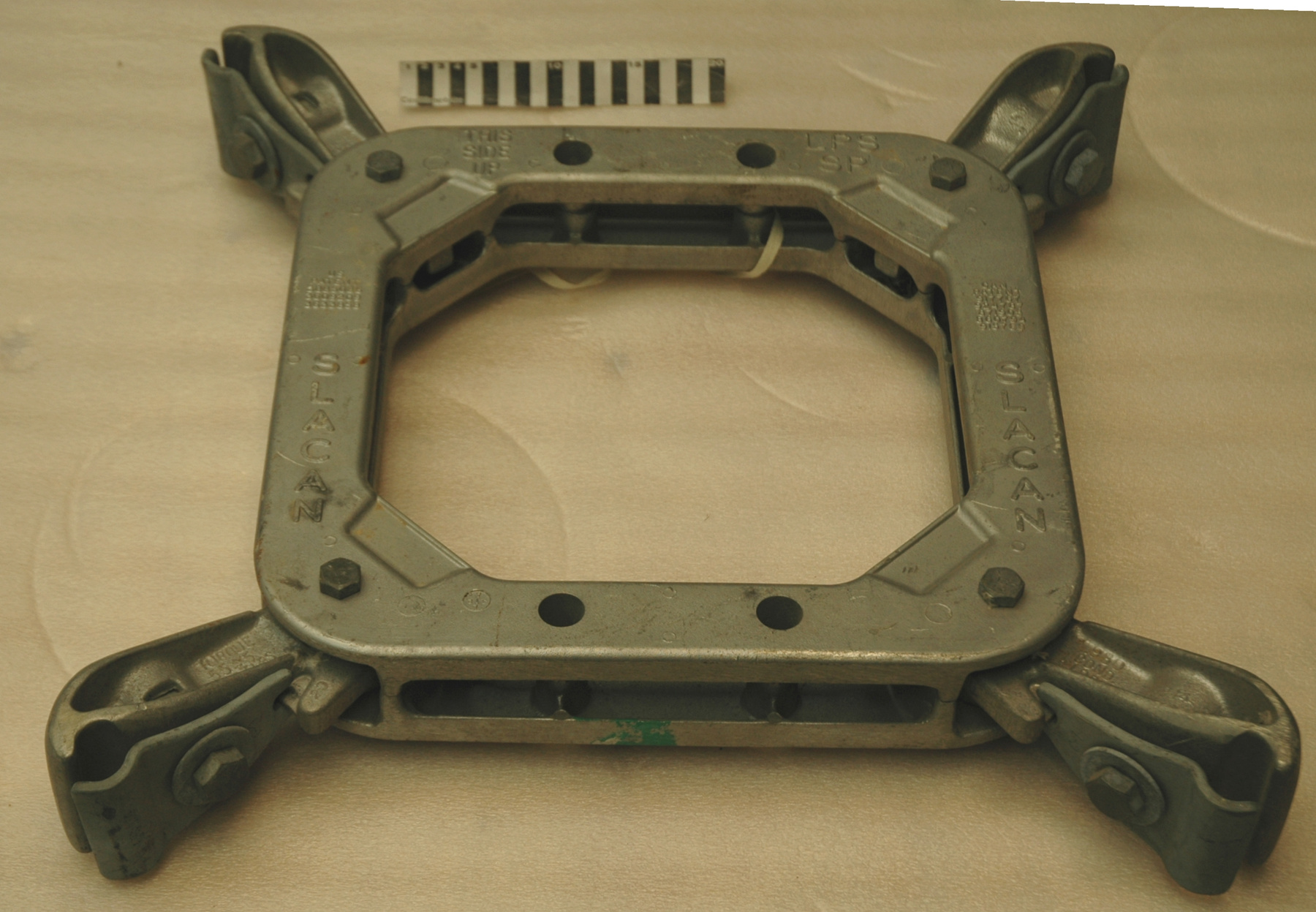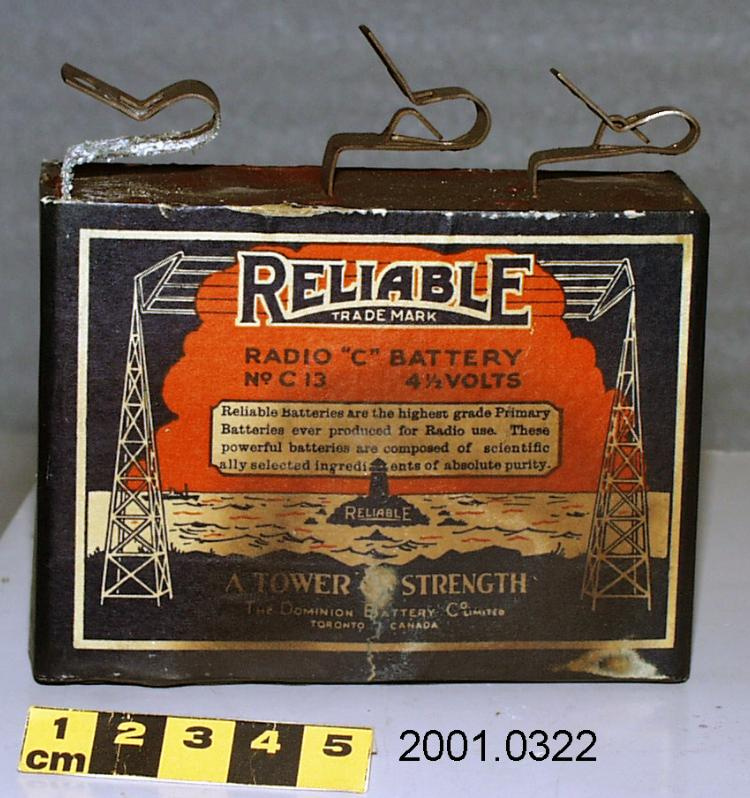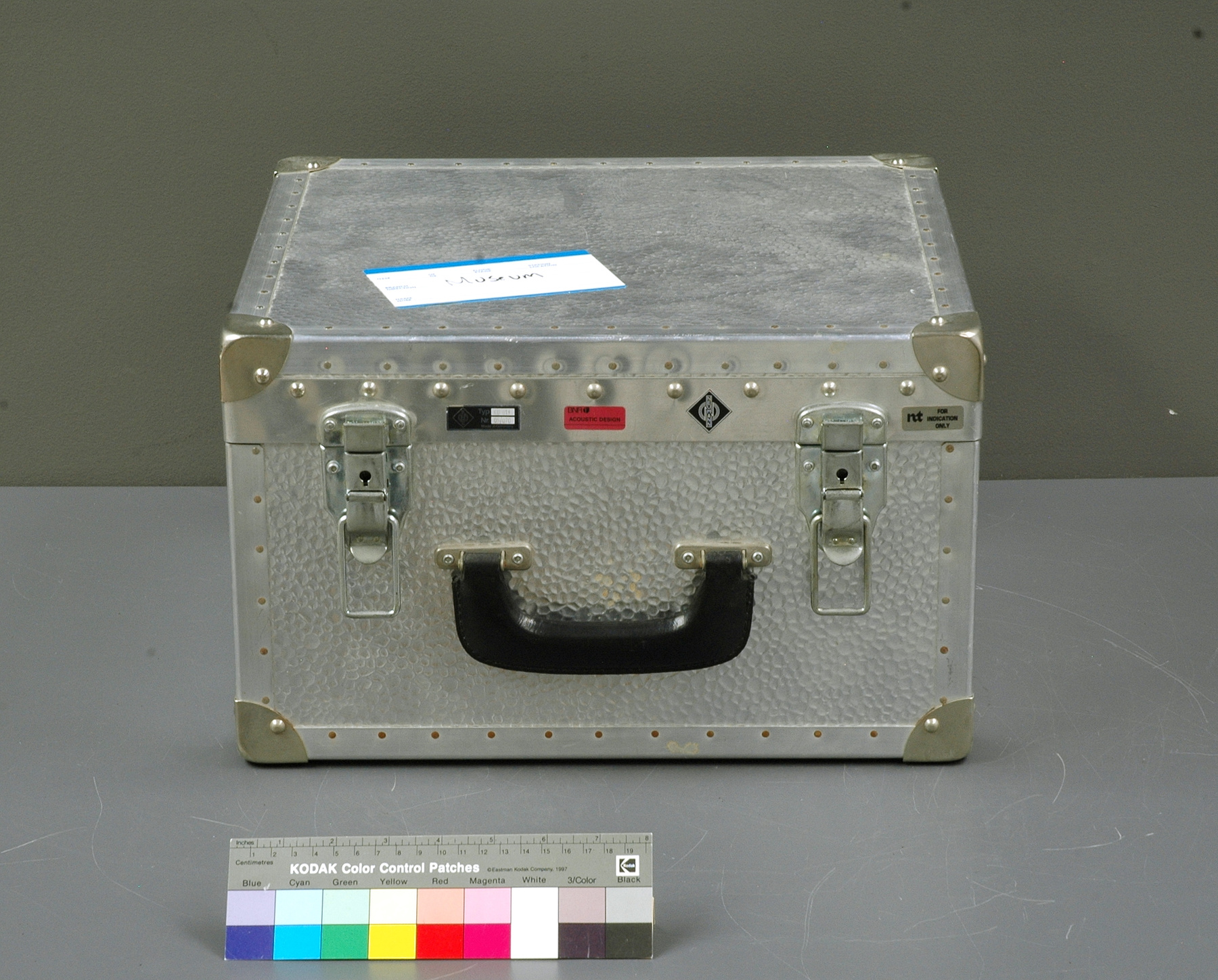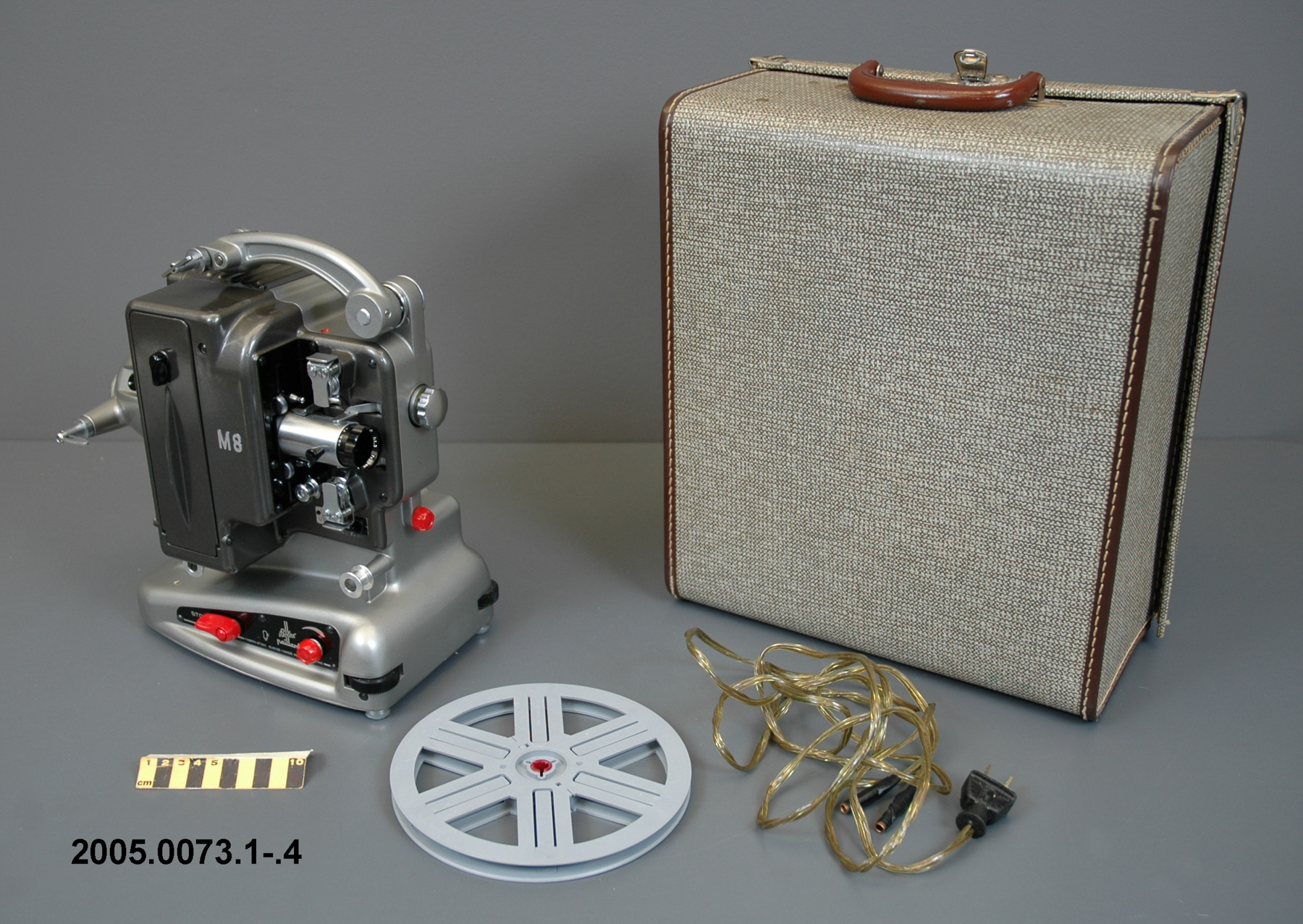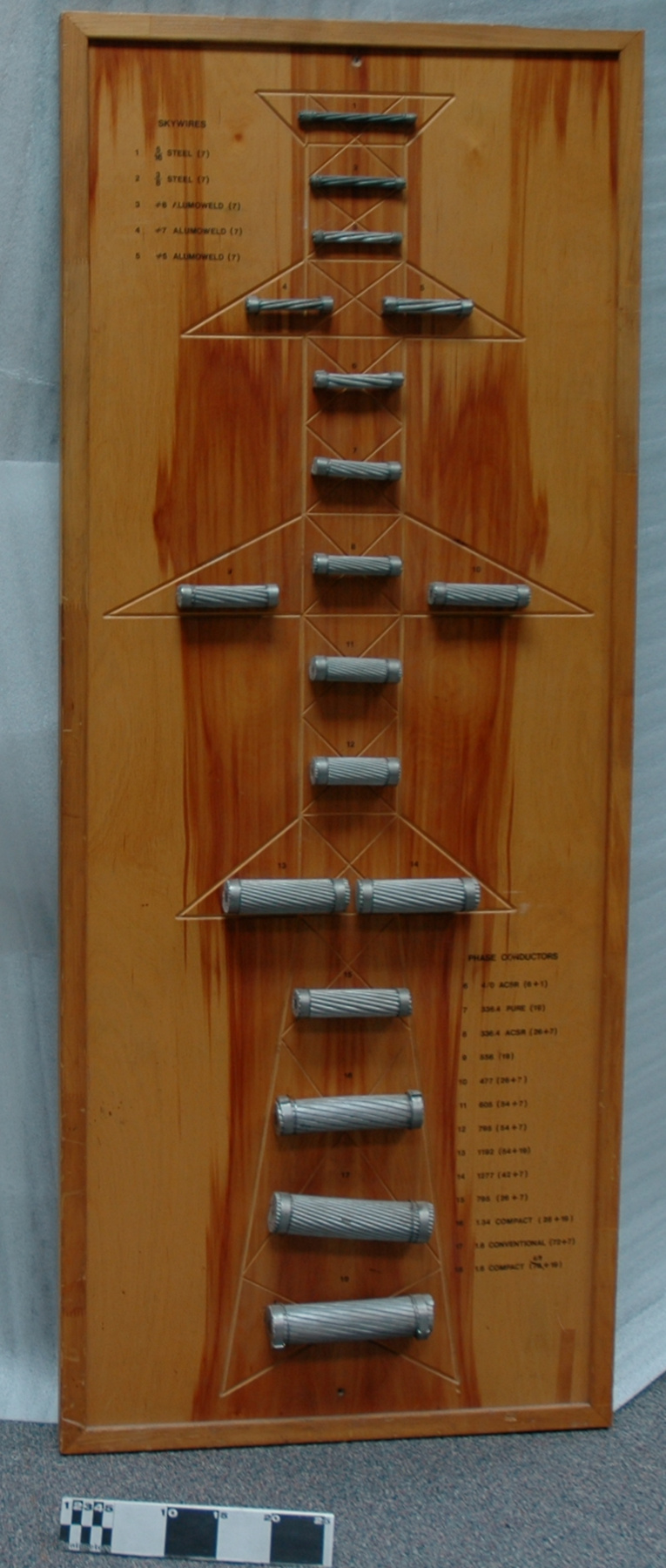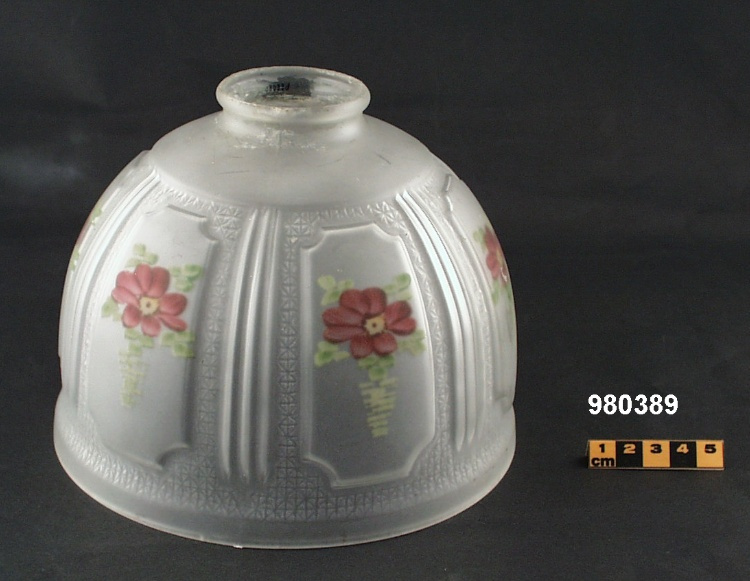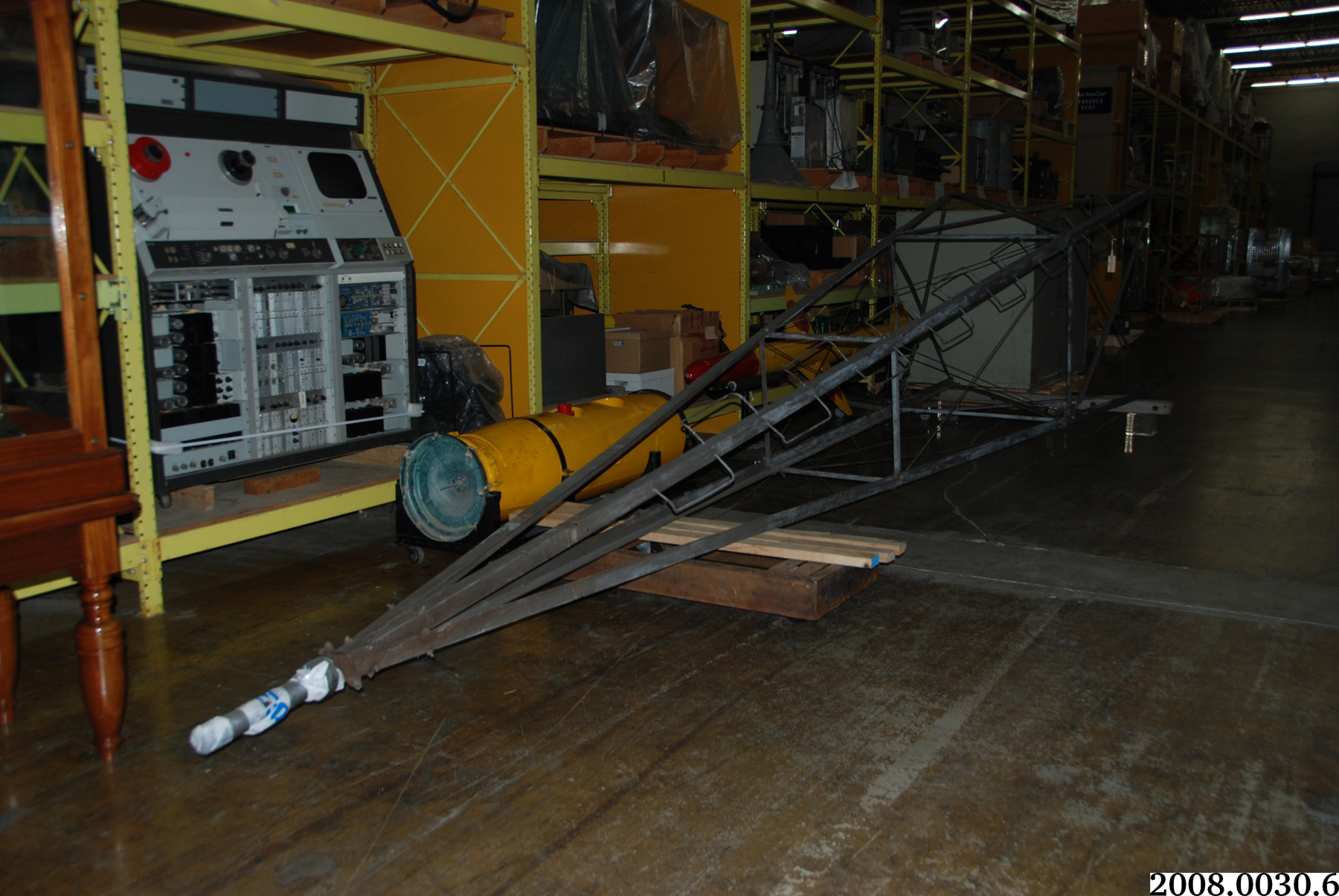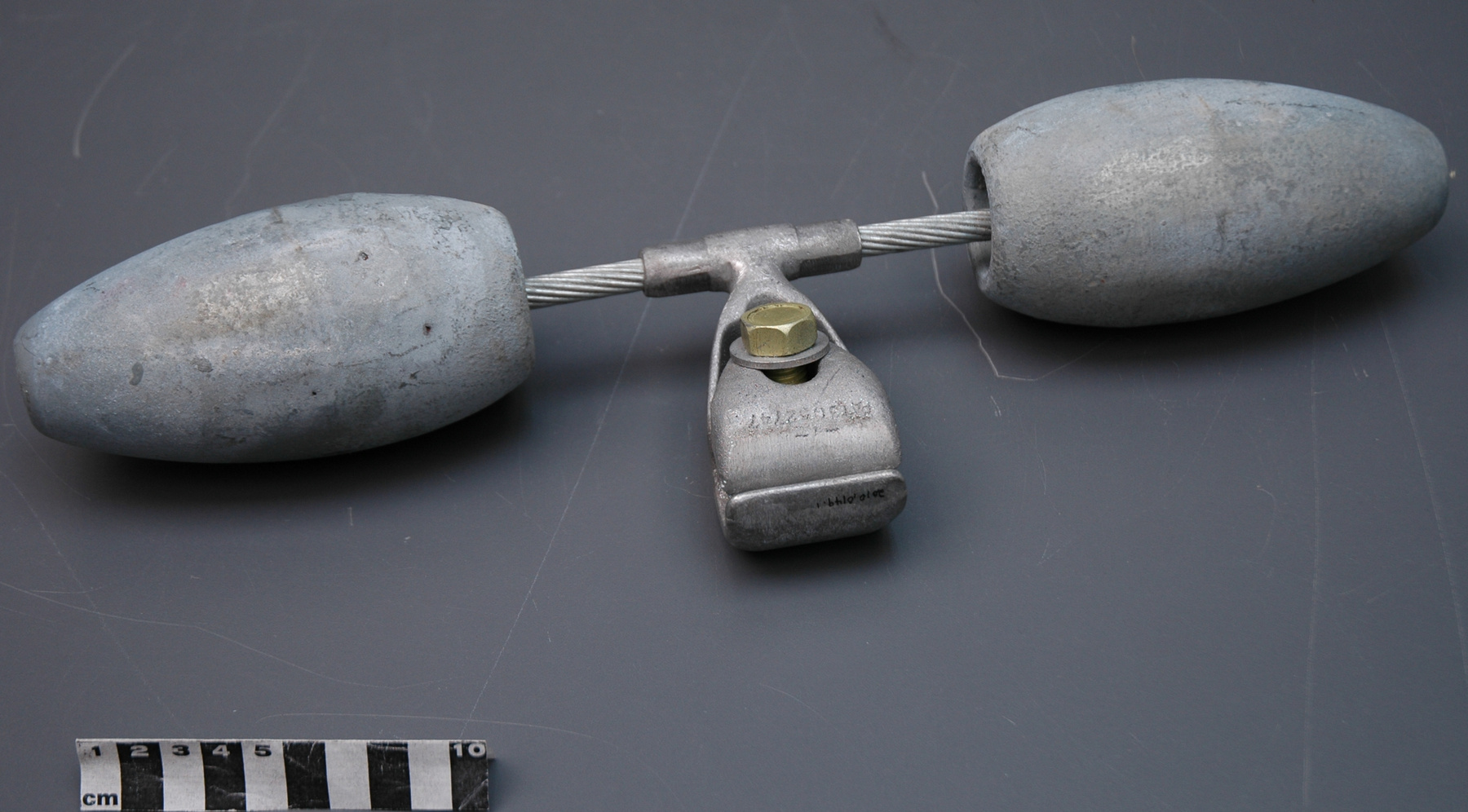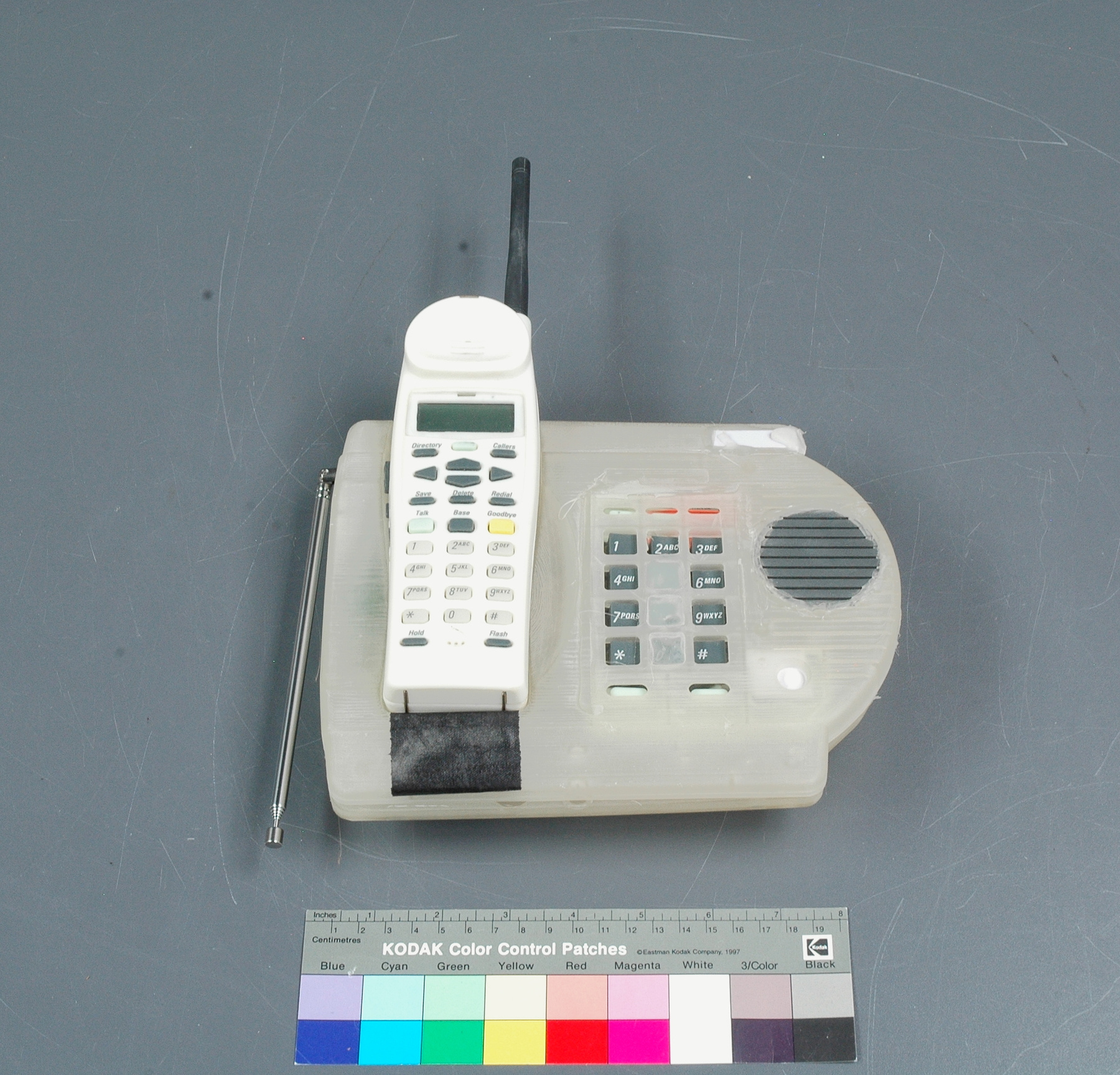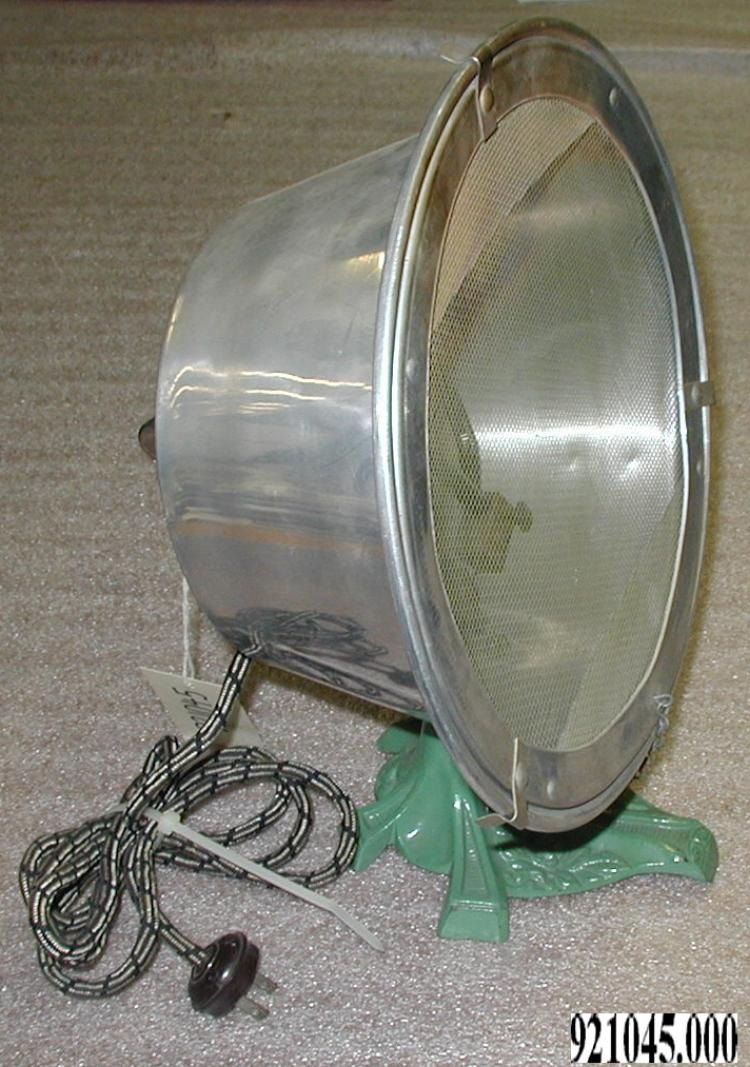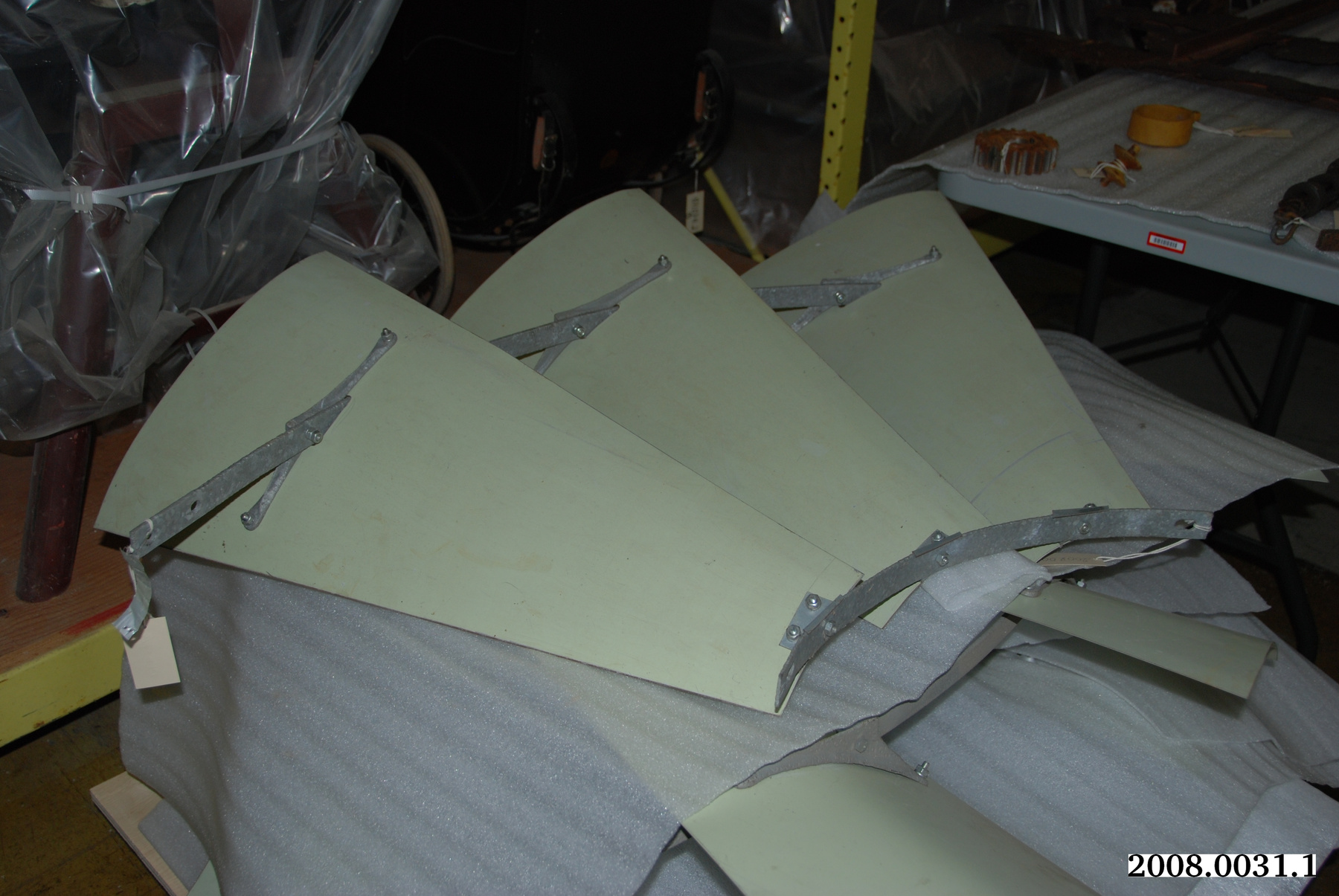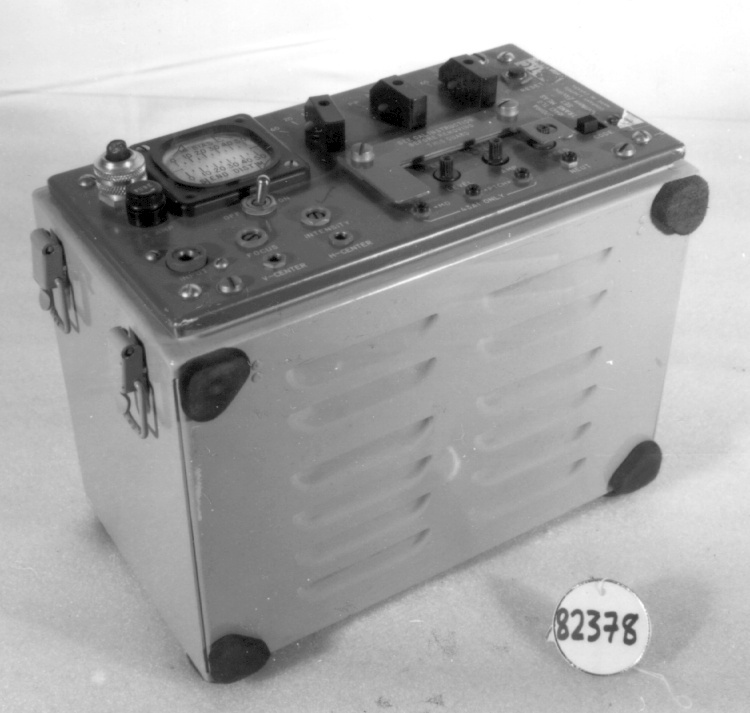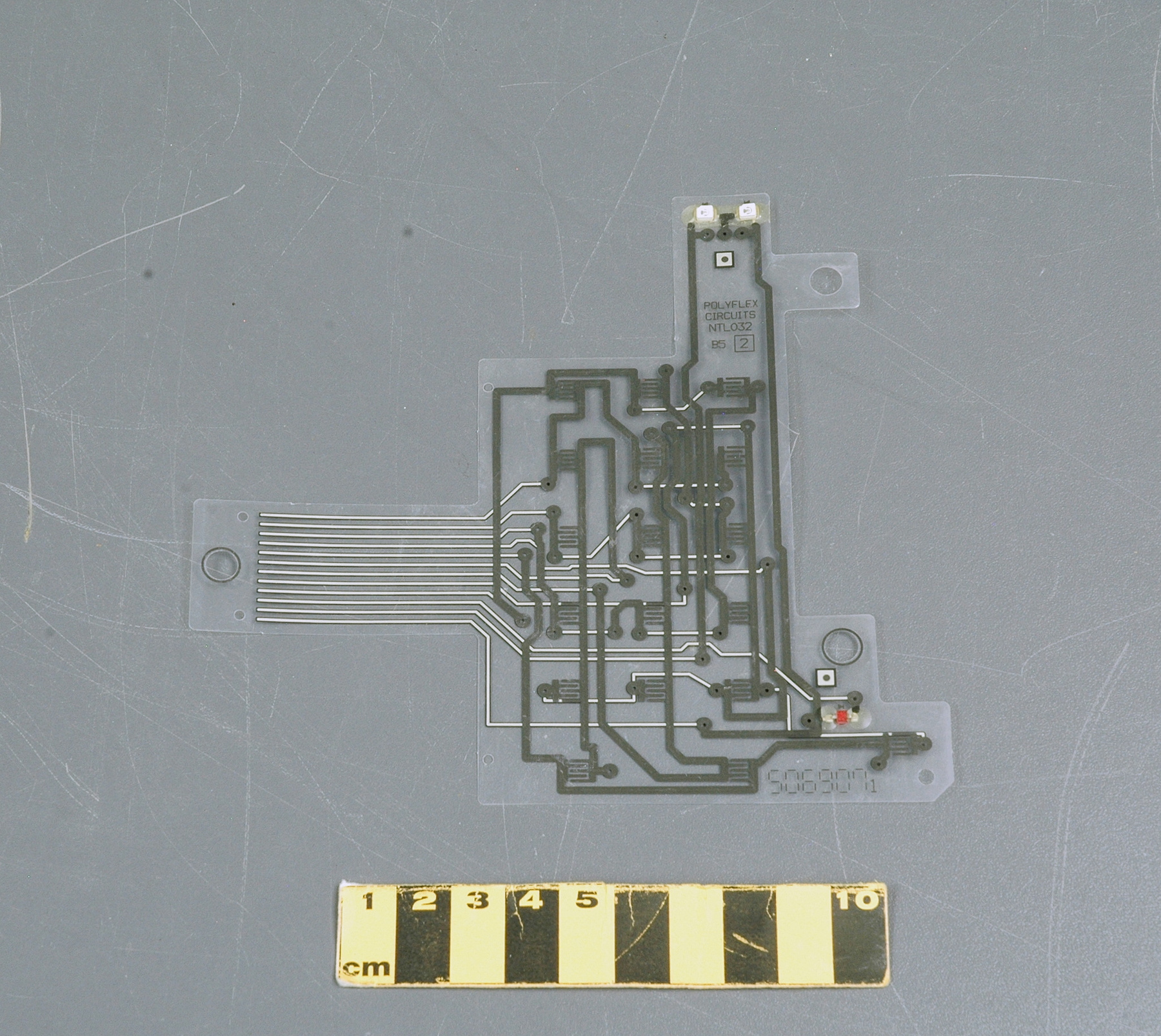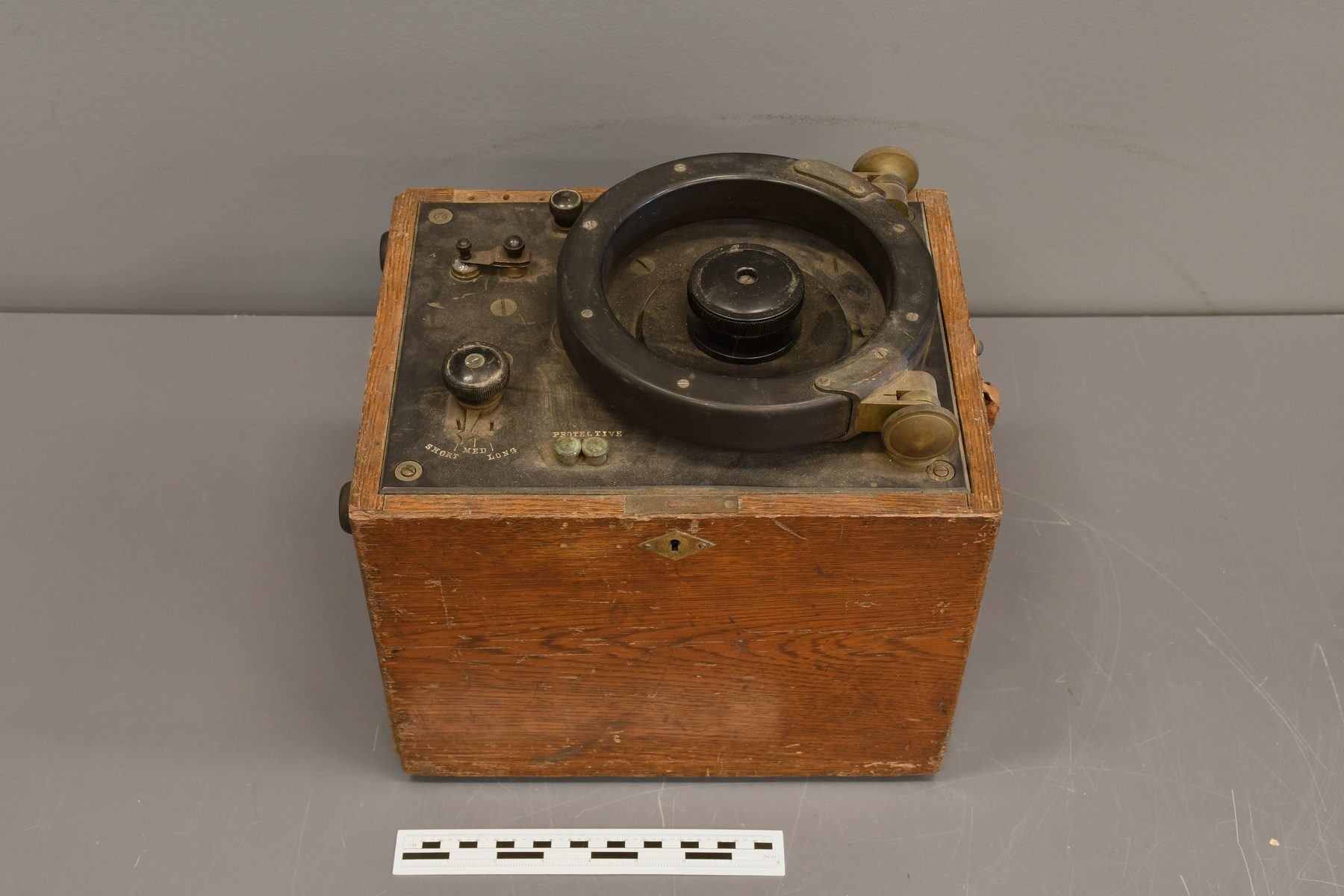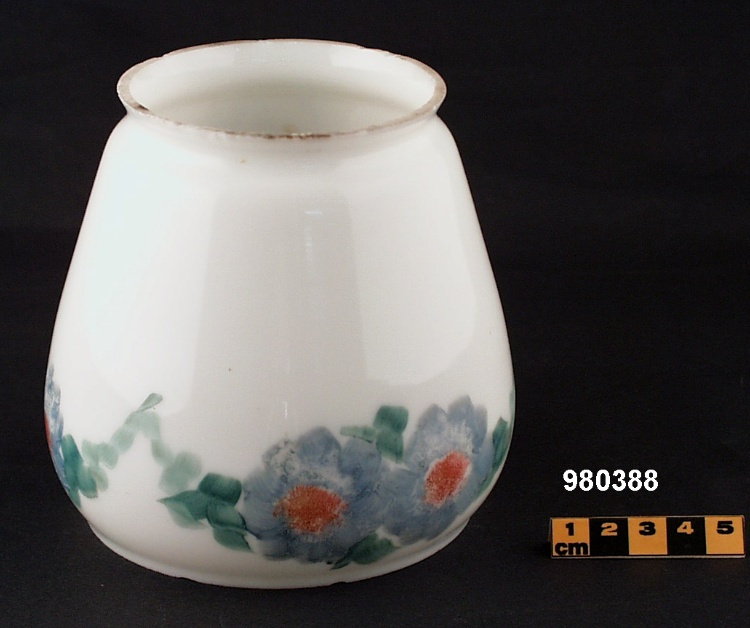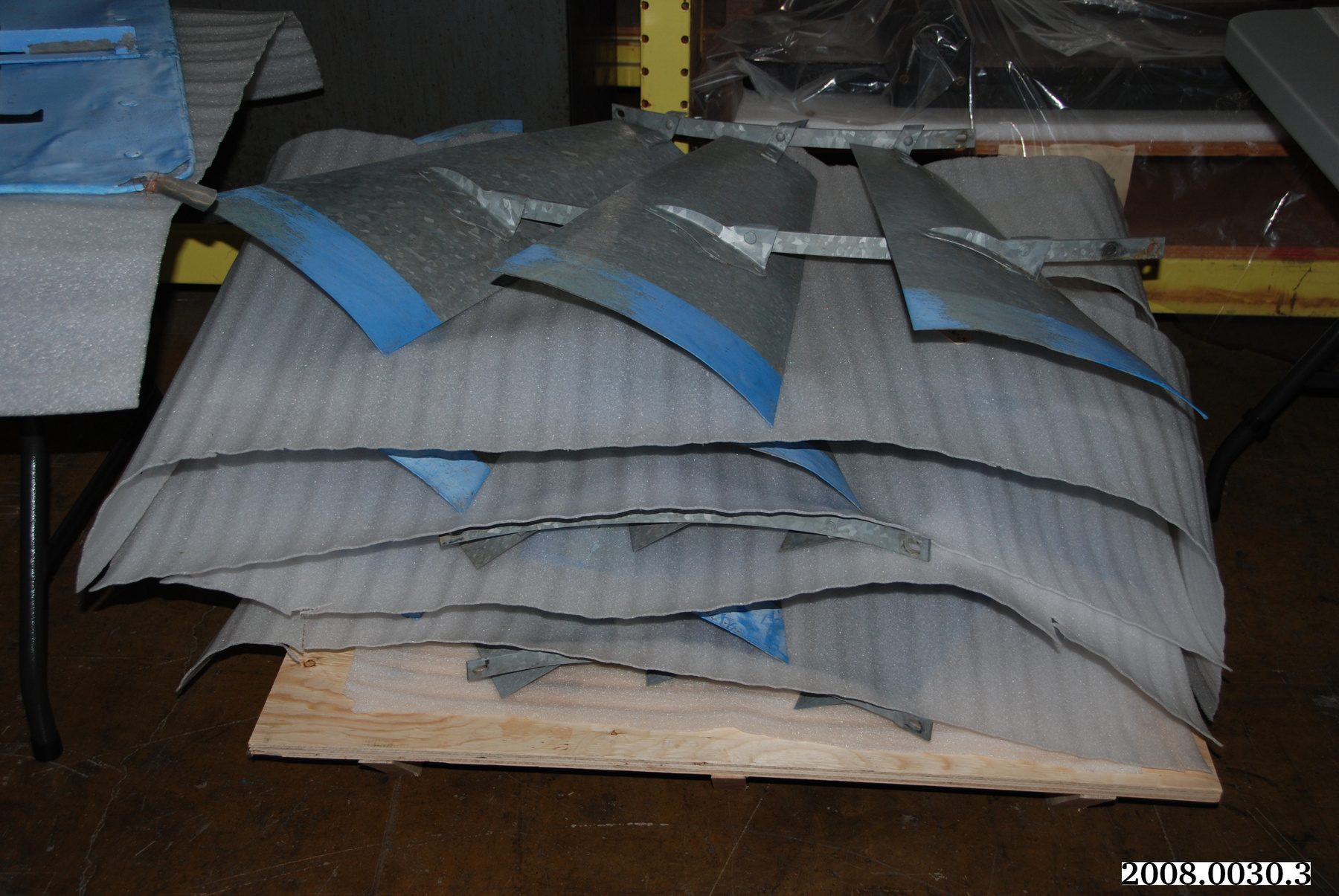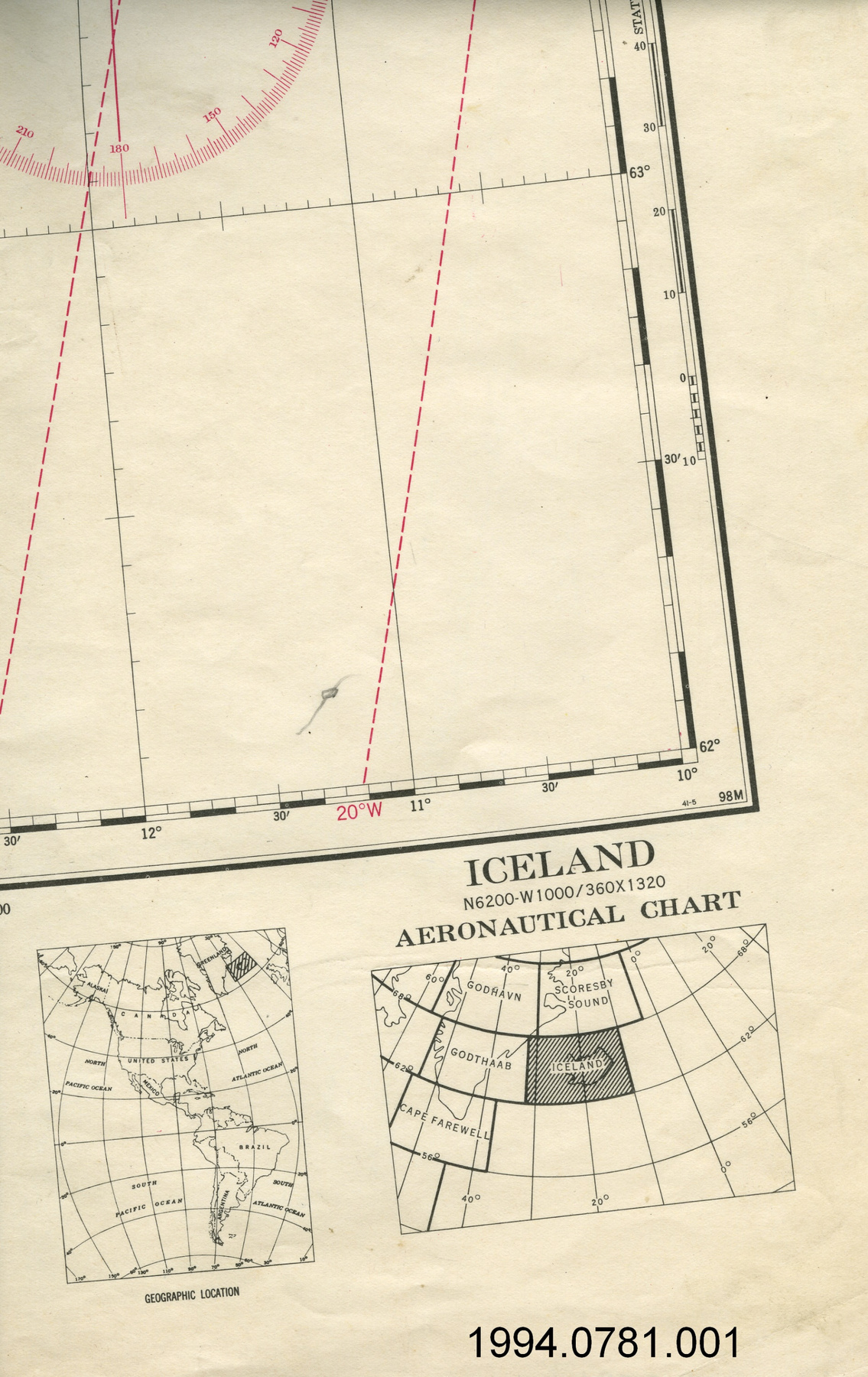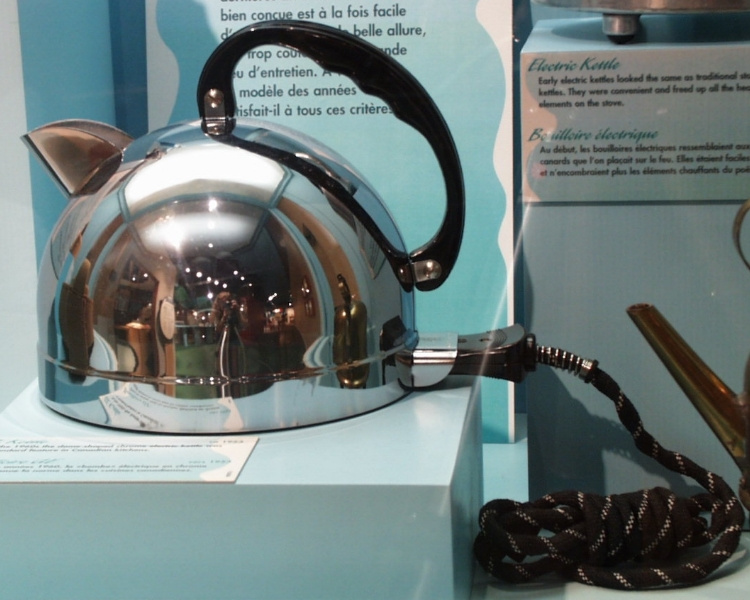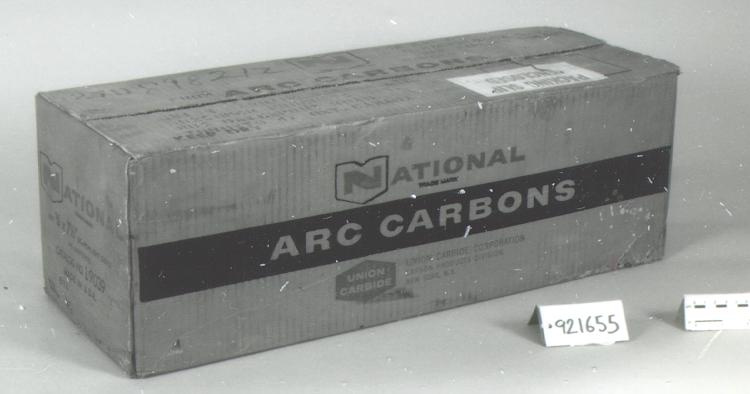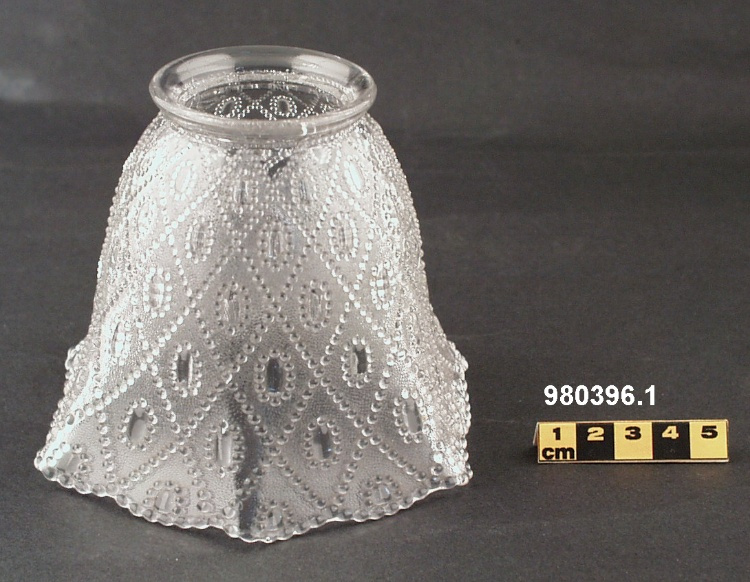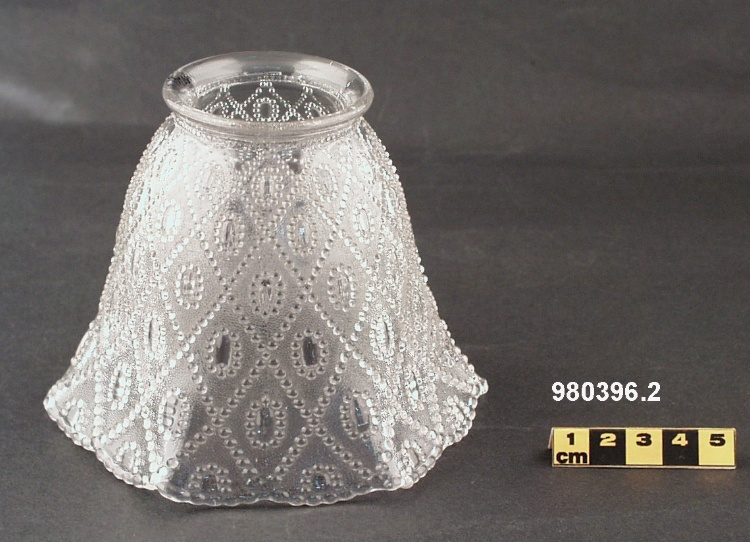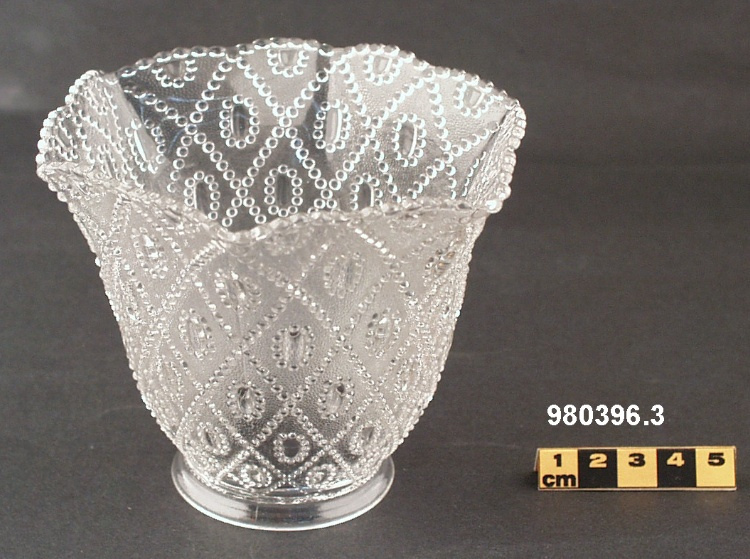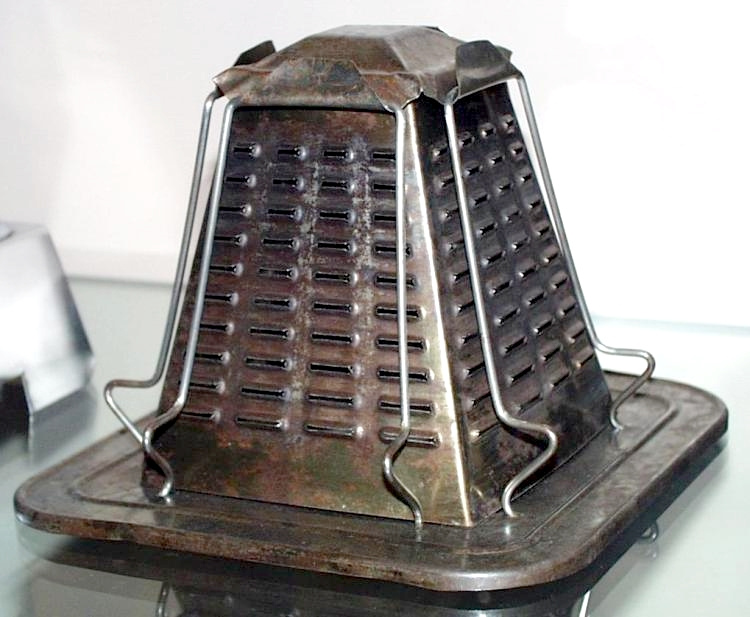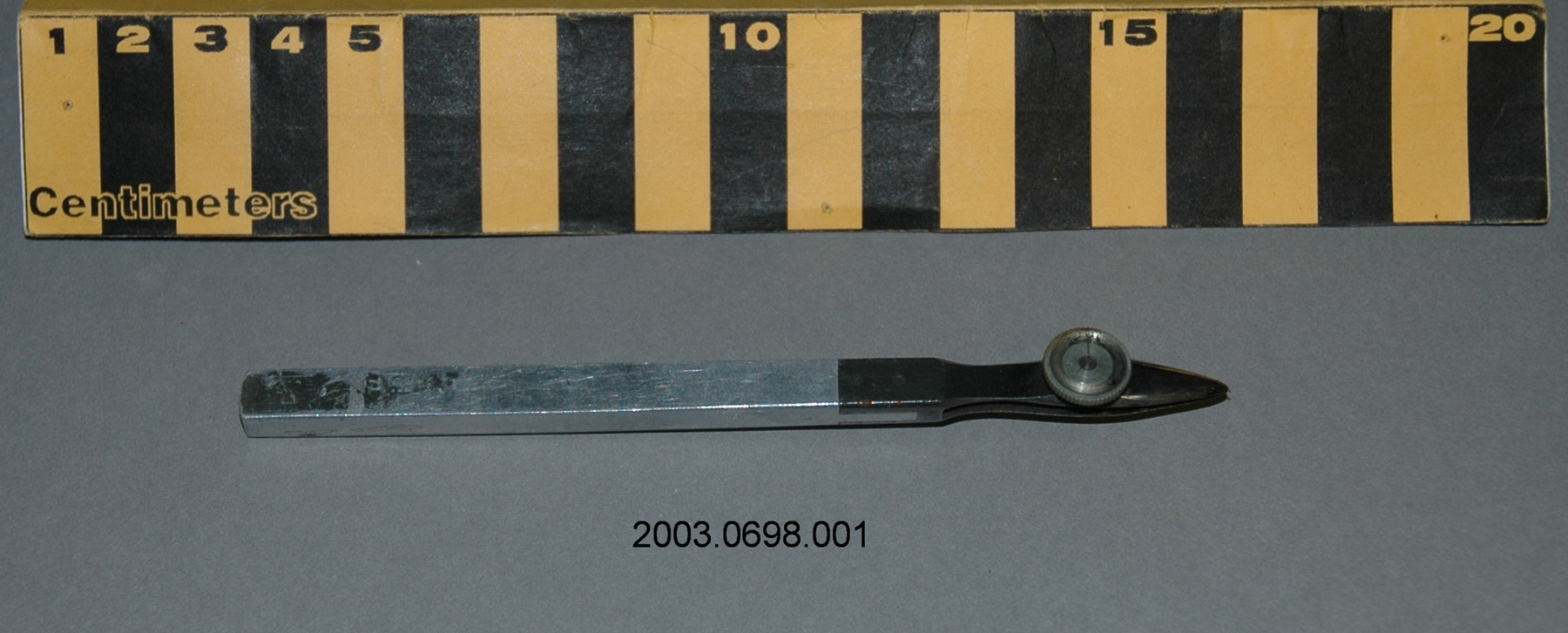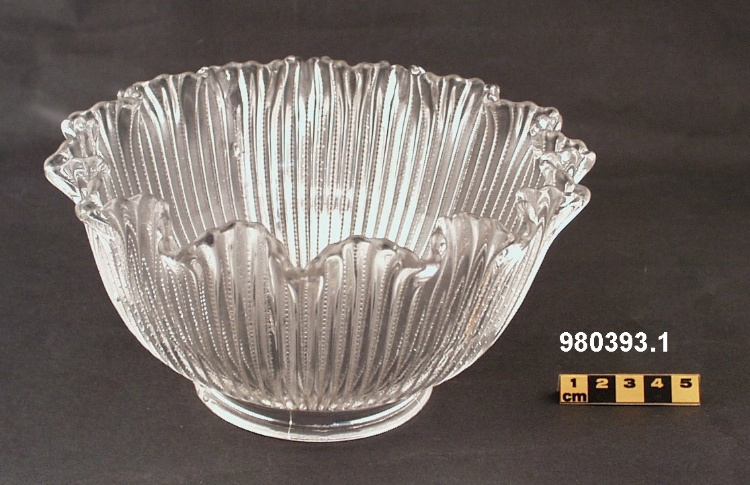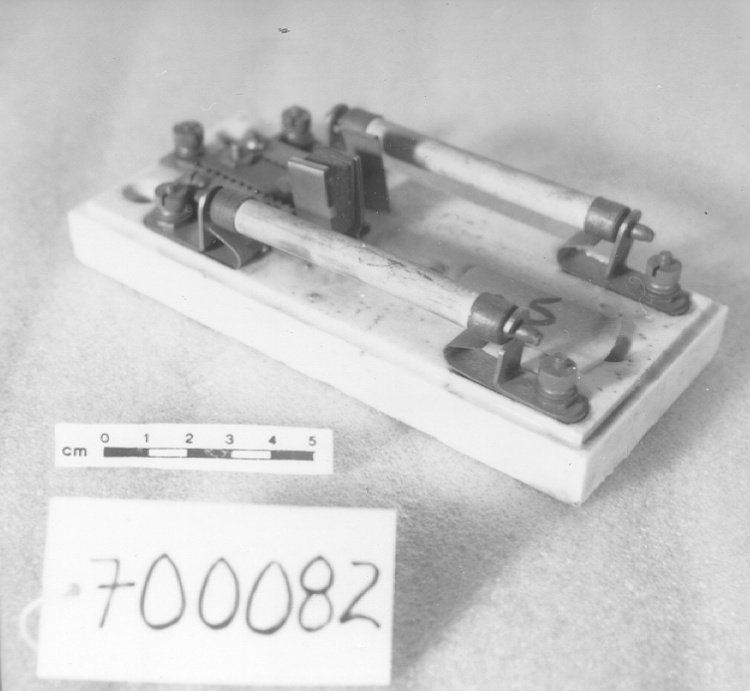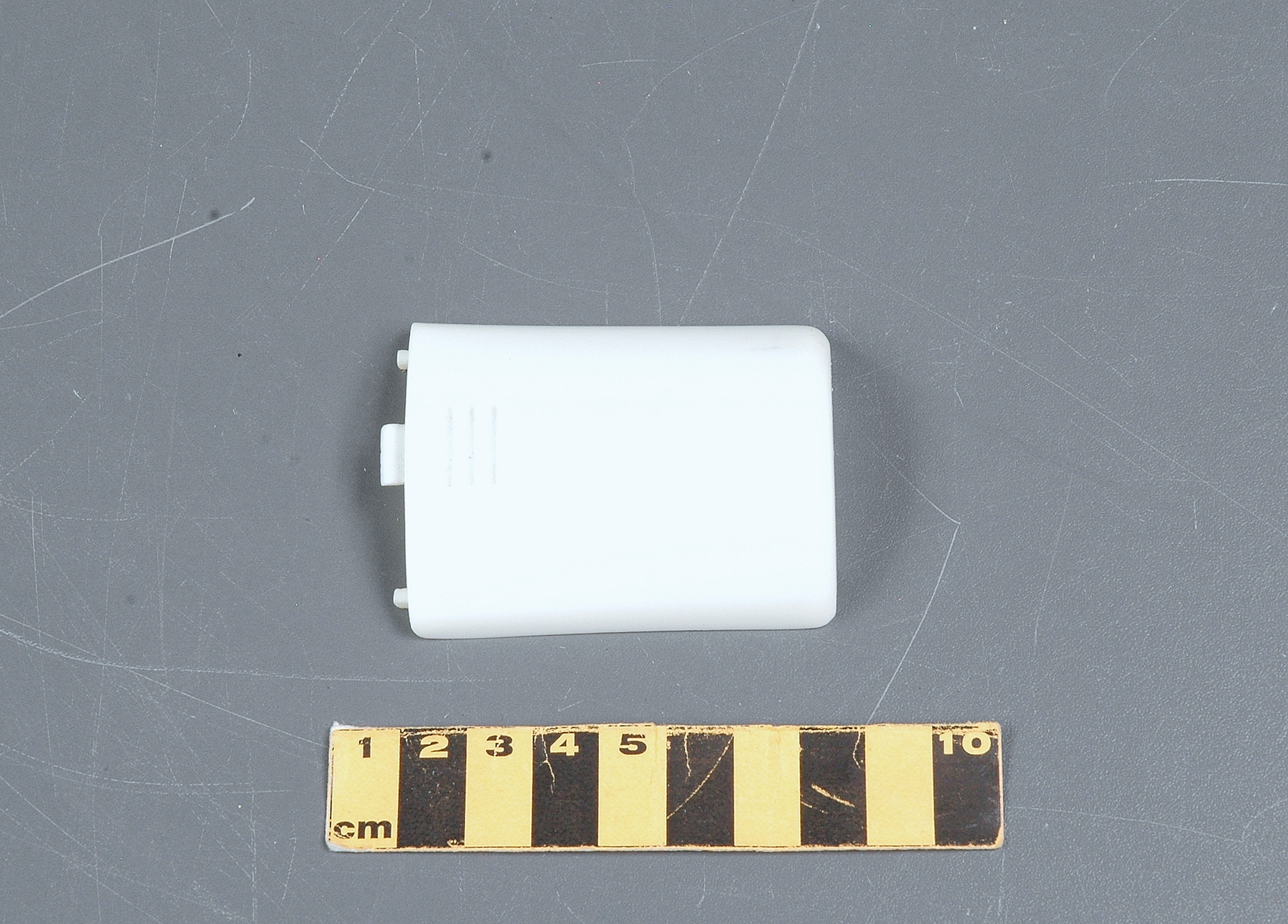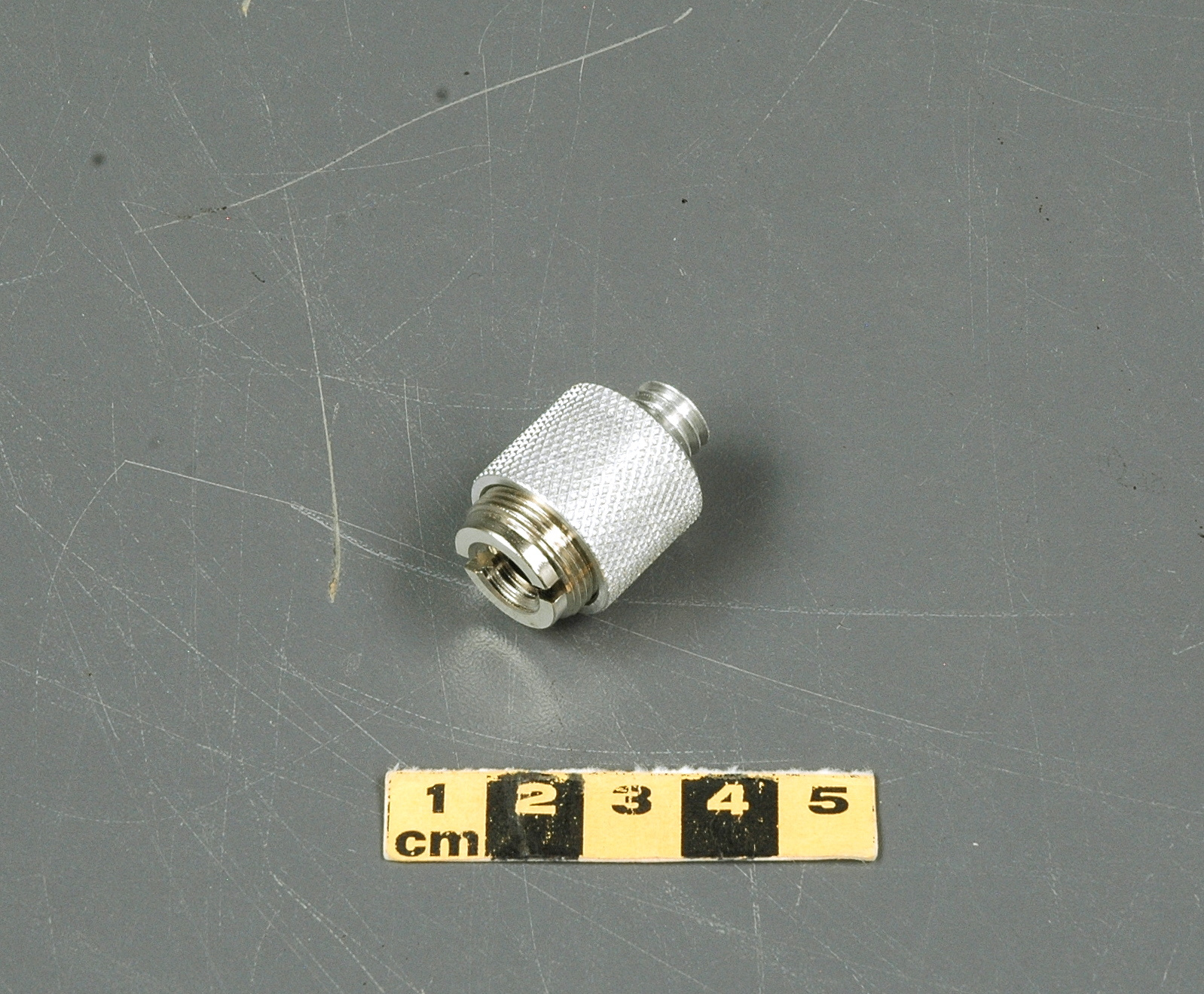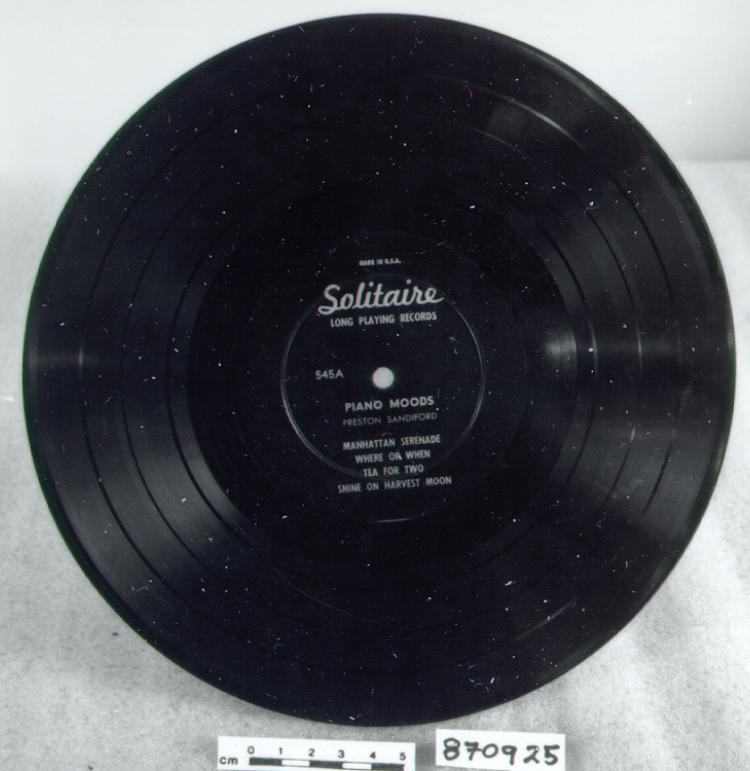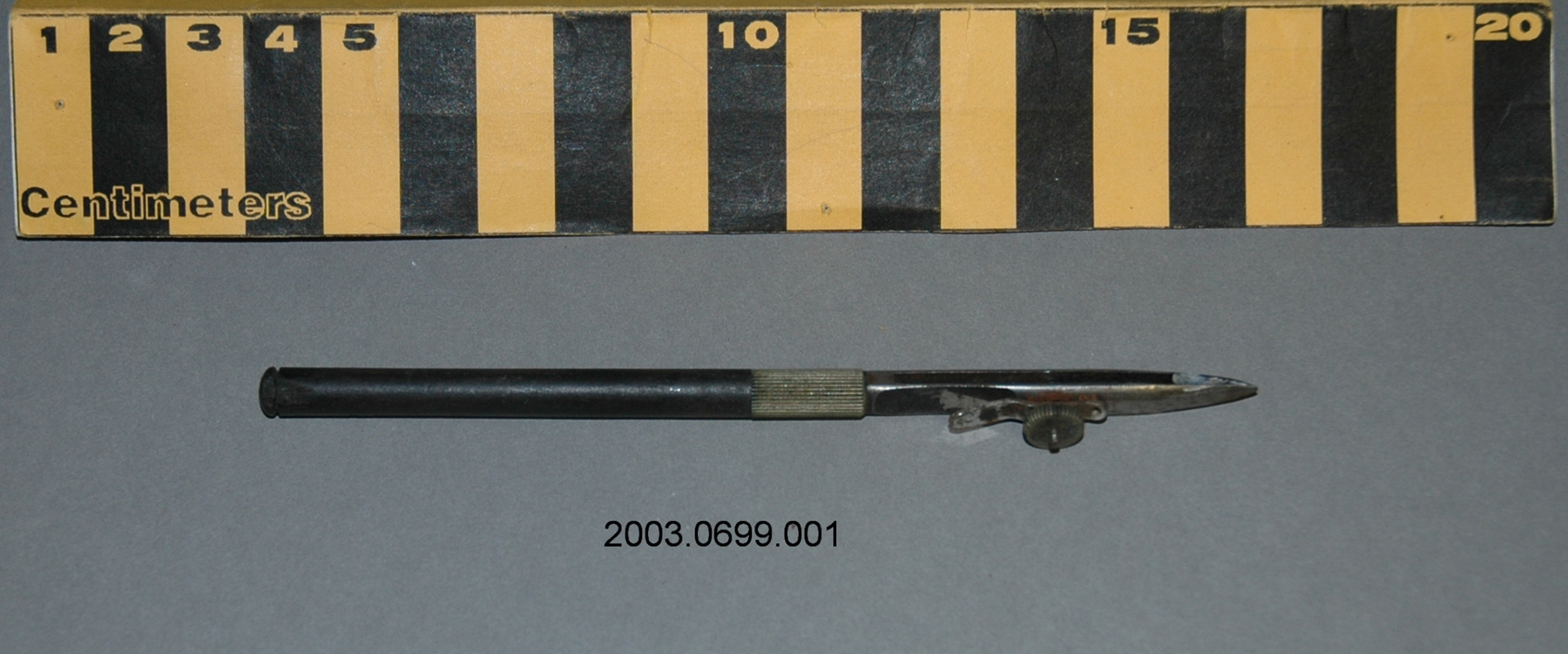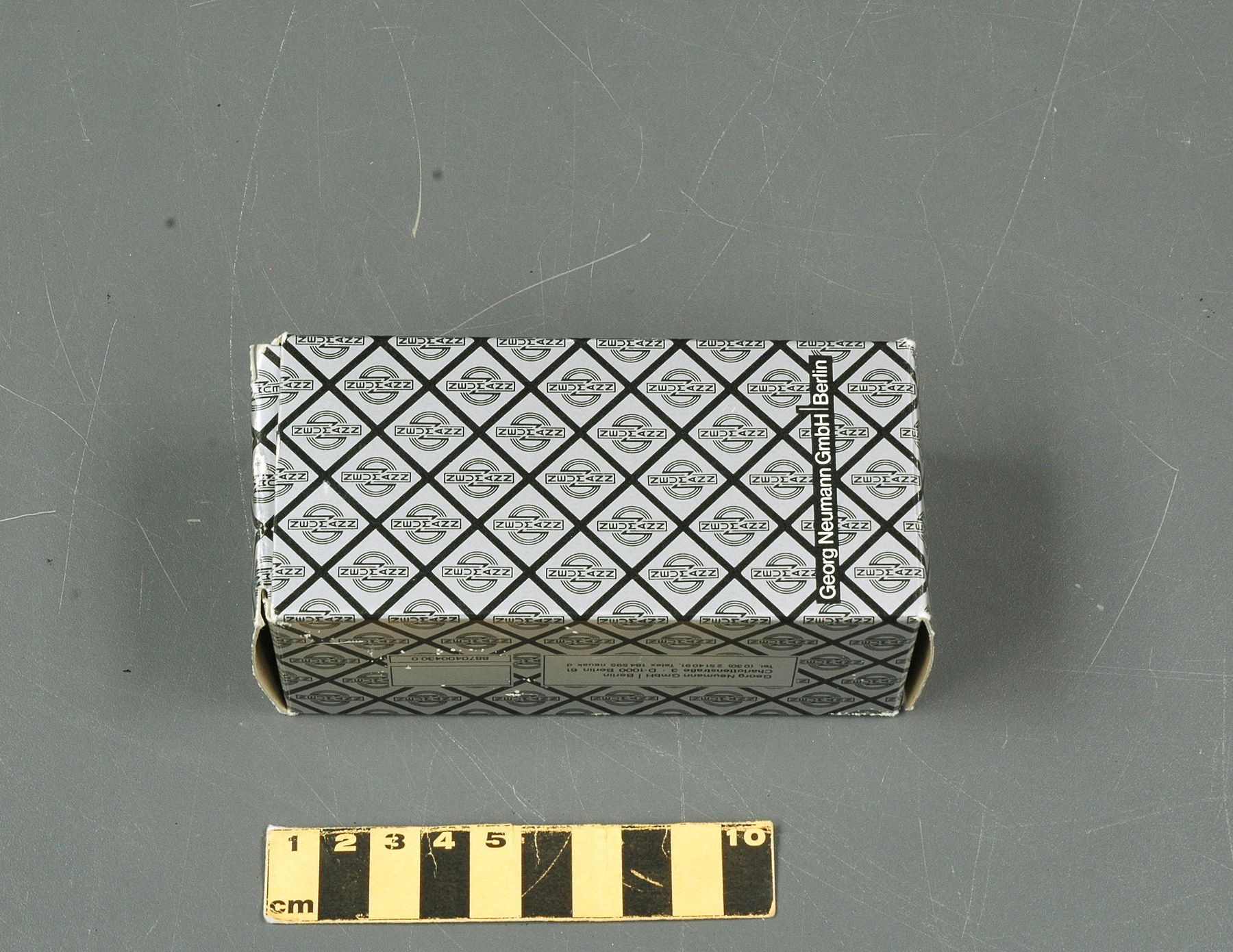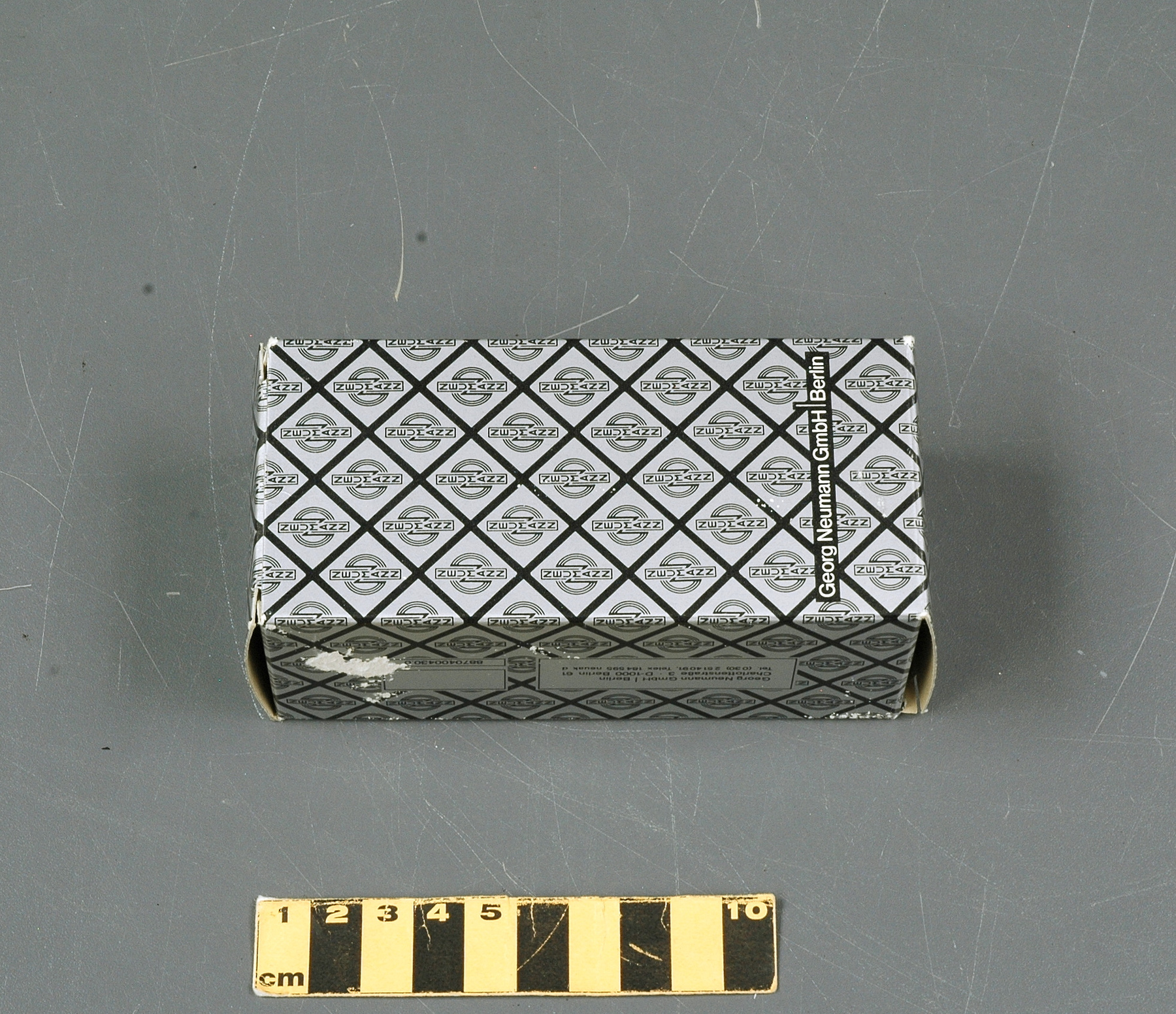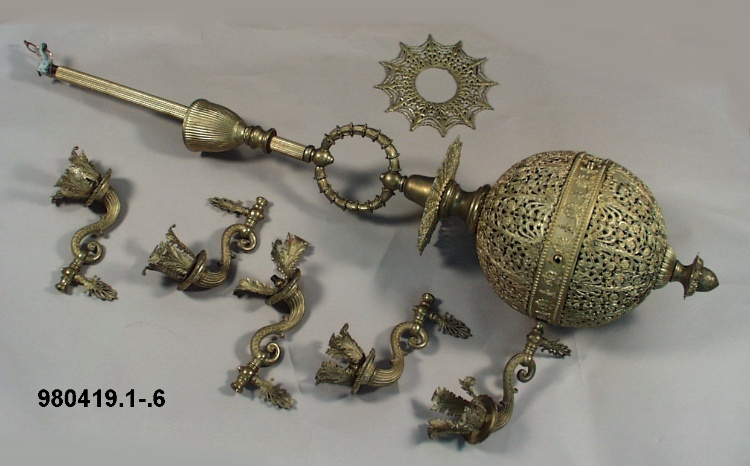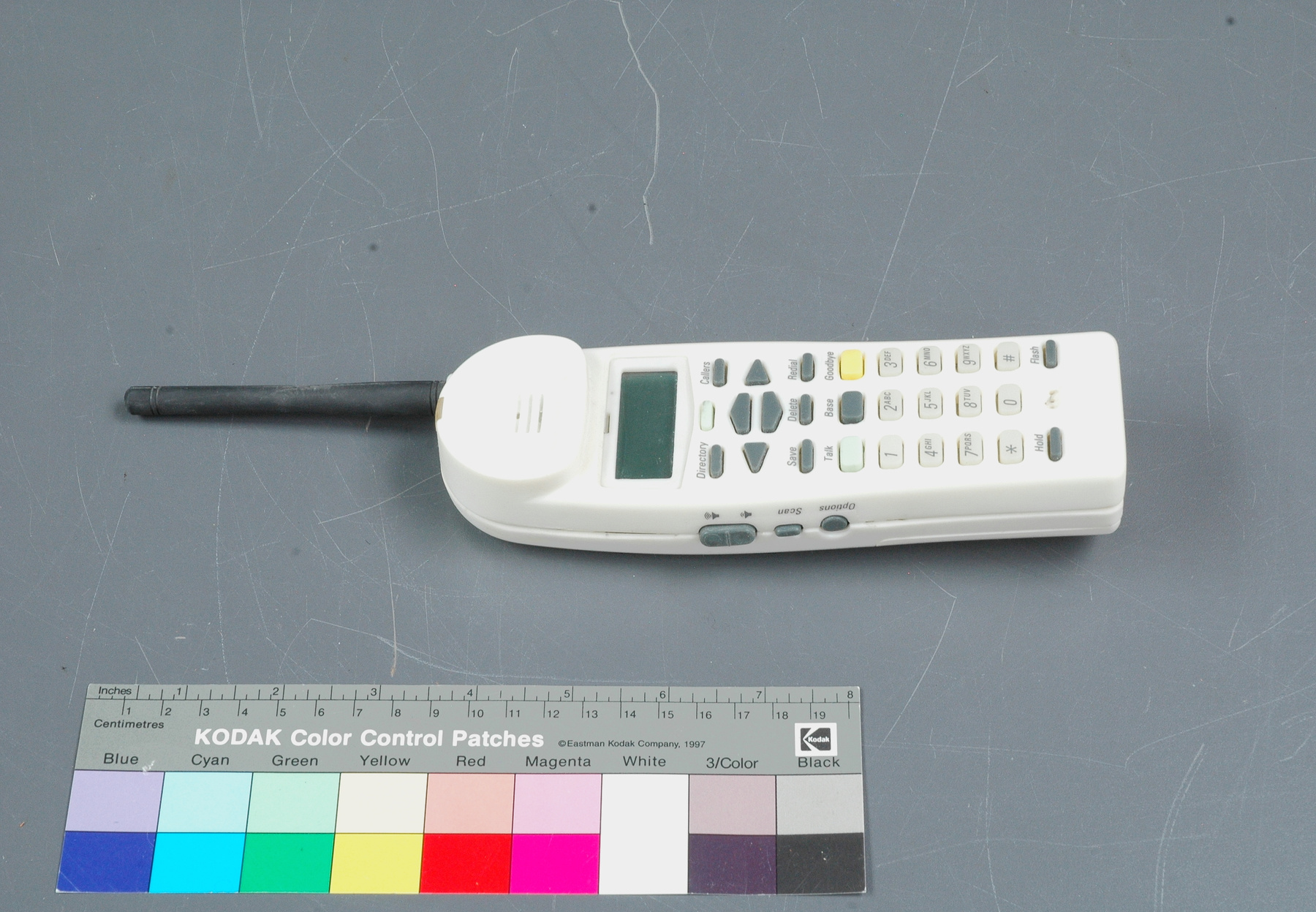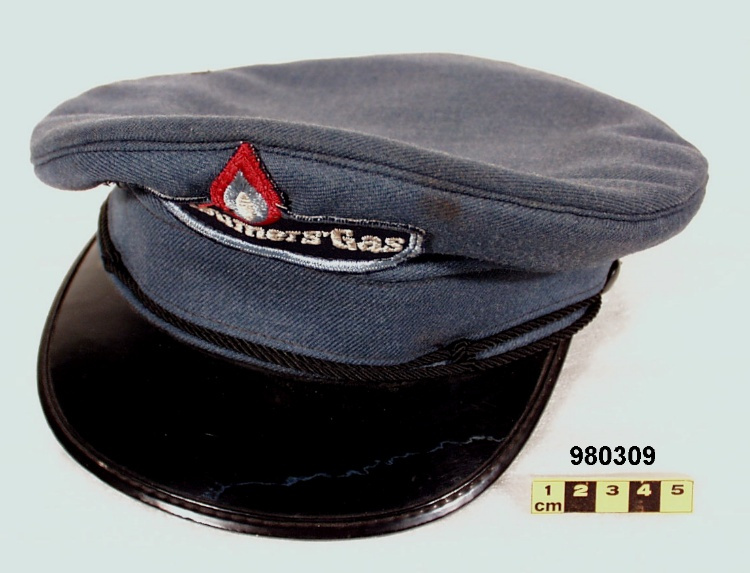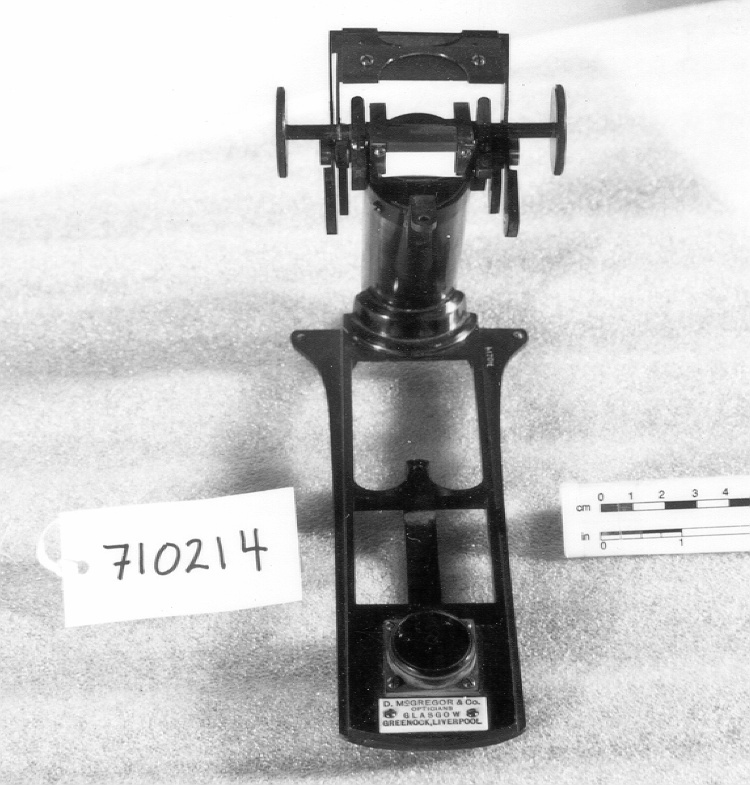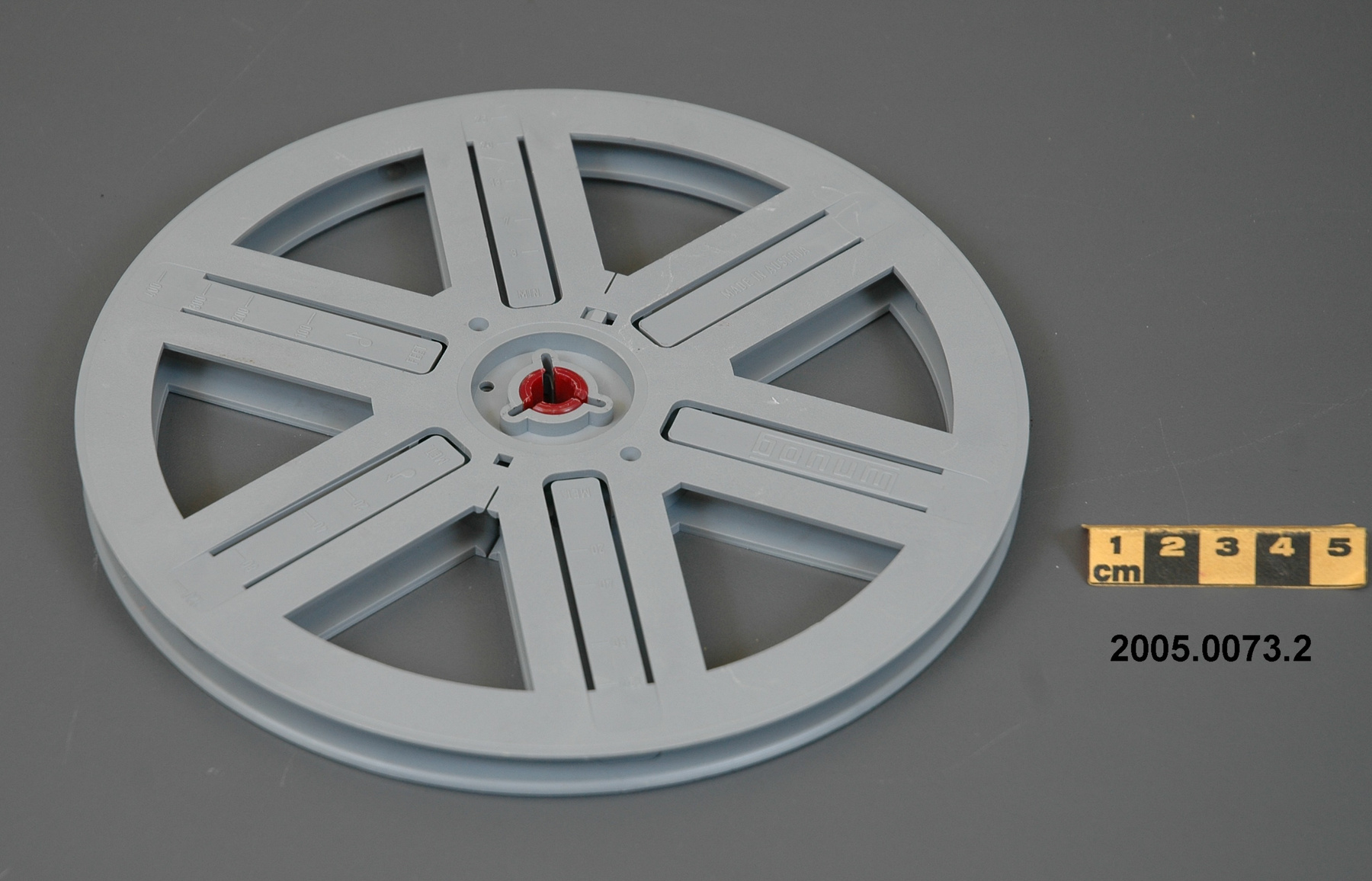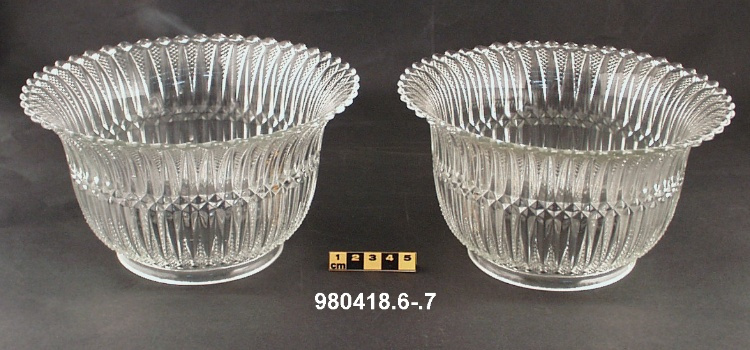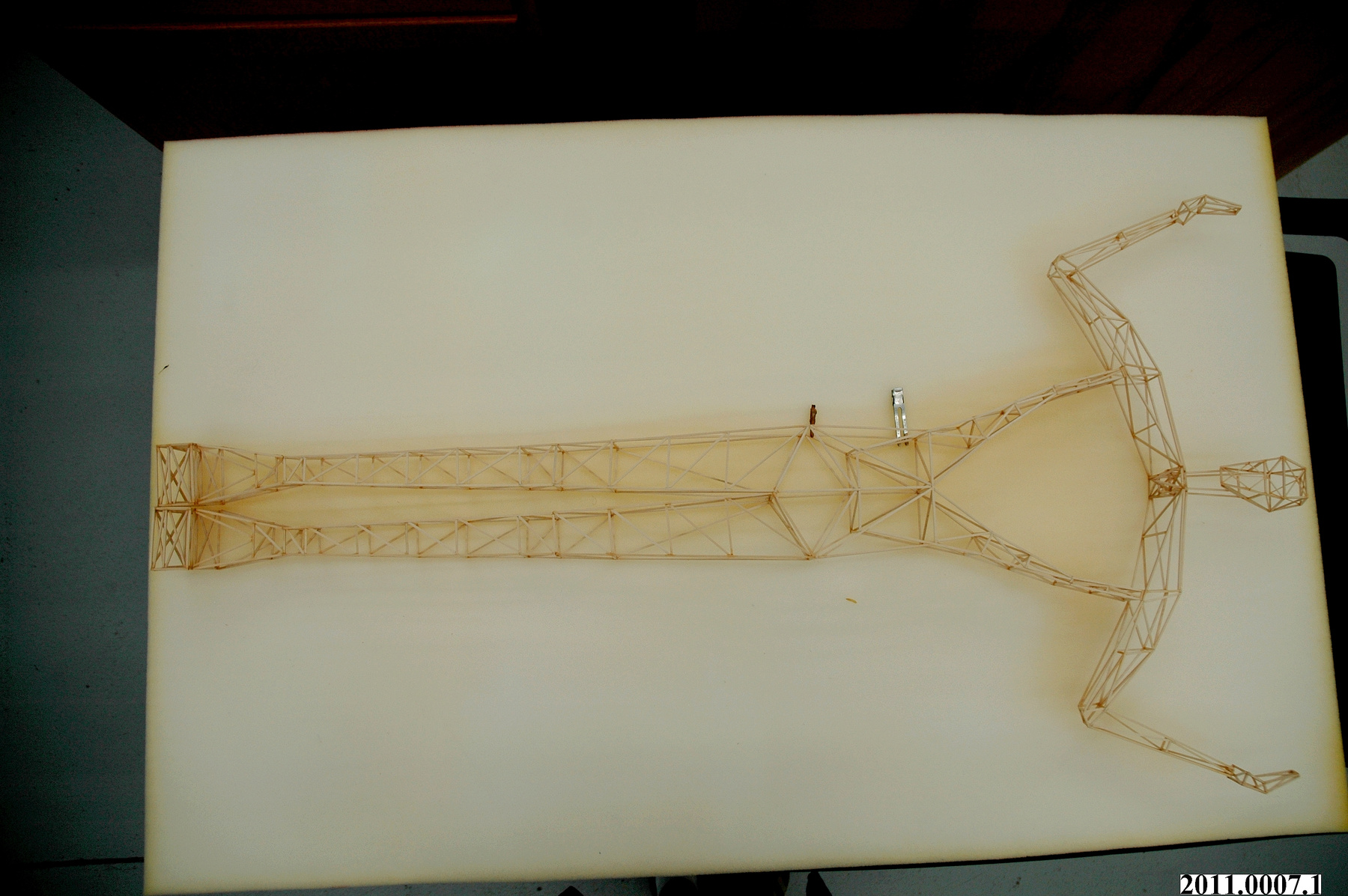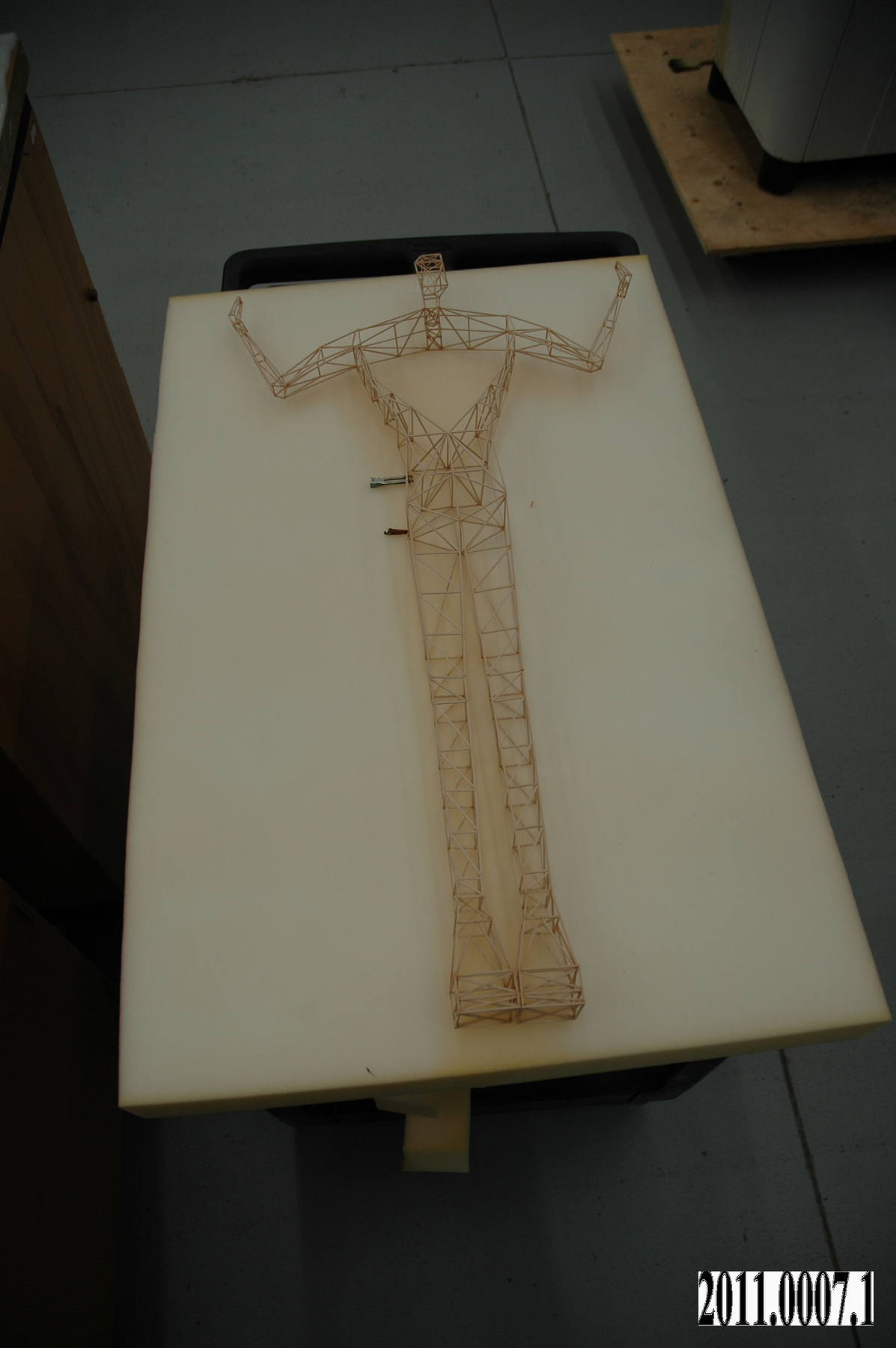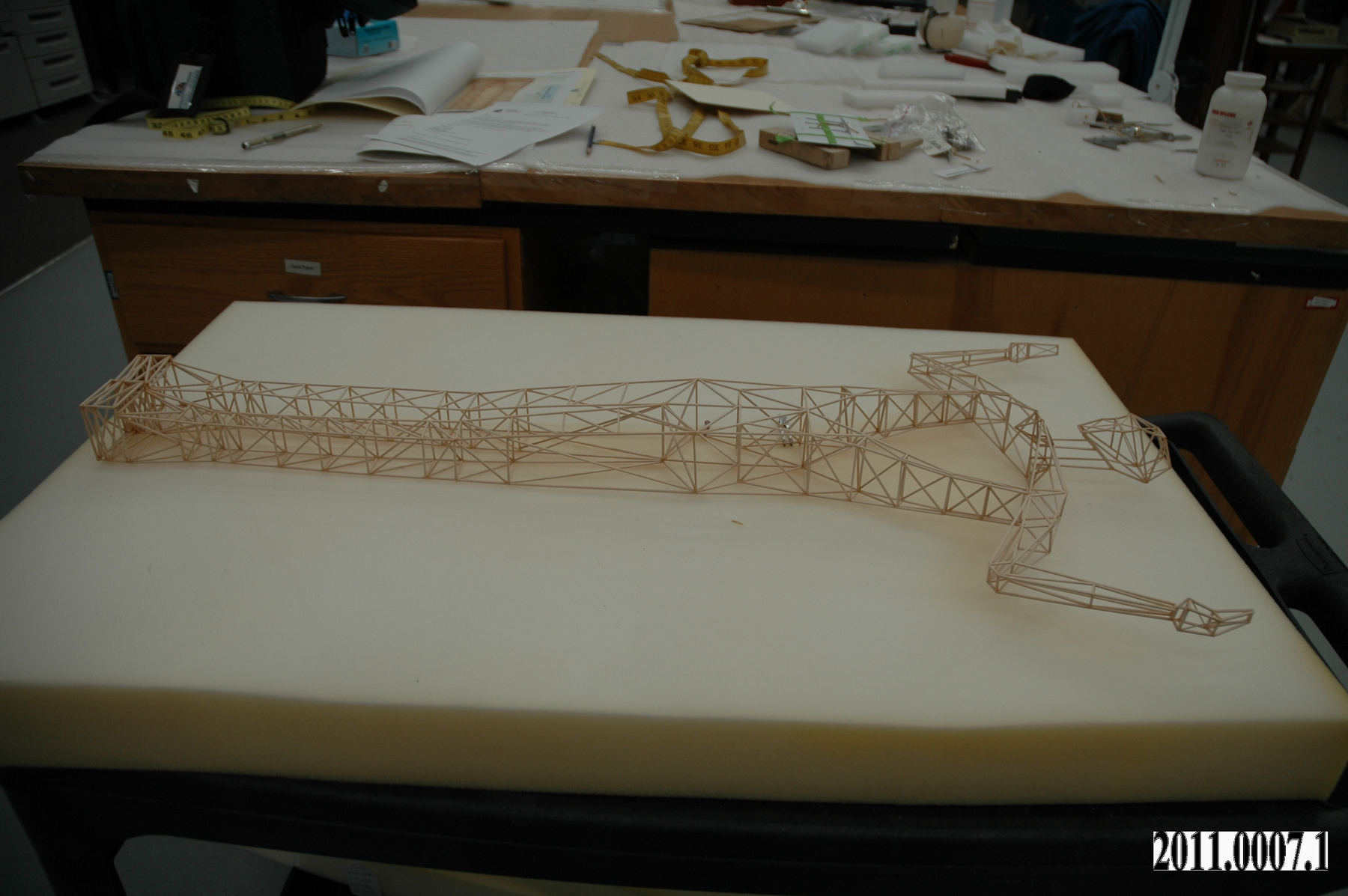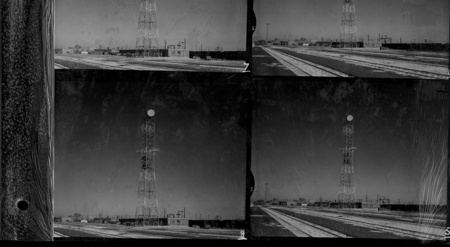Transmission tower model
Use this image
Can I reuse this image without permission? Yes
Object images on the Ingenium Collection’s portal have the following Creative Commons license:
Copyright Ingenium / CC BY-NC-ND (Attribution-NonCommercial 4.0 International (CC BY-NC 4.0)
ATTRIBUTE THIS IMAGE
Ingenium,
2011.0007.001
Permalink:
Ingenium is releasing this image under the Creative Commons licensing framework, and encourages downloading and reuse for non-commercial purposes. Please acknowledge Ingenium and cite the artifact number.
DOWNLOAD IMAGEPURCHASE THIS IMAGE
This image is free for non-commercial use.
For commercial use, please consult our Reproduction Fees and contact us to purchase the image.
- OBJECT TYPE
- Design model/wood
- DATE
- 2010
- ARTIFACT NUMBER
- 2011.0007.001
- MANUFACTURER
- Choi & Shine Architects
- MODEL
- Man pylon
- LOCATION
- Brookline, Massachusetts, United States of America
More Information
General Information
- Serial #
- N/A
- Part Number
- 1
- Total Parts
- 1
- AKA
- N/A
- Patents
- N/A
- General Description
- Basswood and "Zap-A-Gap Medium" (semi-viscous cyanoacrylate glue).
Dimensions
Note: These reflect the general size for storage and are not necessarily representative of the object's true dimensions.
- Length
- 6.3 cm
- Width
- 51.0 cm
- Height
- 94.5 cm
- Thickness
- N/A
- Weight
- N/A
- Diameter
- N/A
- Volume
- N/A
Lexicon
- Group
- Industrial Technology
- Category
- Industrial equipment
- Sub-Category
- N/A
Manufacturer
- AKA
- Choi Shine
- Country
- United States of America
- State/Province
- Massachusetts
- City
- Brookline
Context
- Country
- Unknown
- State/Province
- Unknown
- Period
- Unknown
- Canada
-
Electrical transmission over long distances is an important part of the Canadian electrical story. Beginning with the transmission of electricity from the Adams Station at Niagara Falls to the James Bay Hydro Electric Project there has been a need to move electricity from the site of production to another site of consumption/ Many sites of electrical production were/are built where the primary resources that fuels the plant is located however the resources are usually located far from the end user. Transmission lines are needed to carry large quantities of electricity from the production site to the consumer. The transmission of electricity from source to consumer is not only a Canadian challenge but it is also one of international concern. Likewise is the emerging “not in my back yard” (NIMBY) sentiment of many consumers who feel that many electricity production sites and transmission towers are eyesores and should be moved to where they can’t be seen. In 2008, the Icelandic Architects Association in partnership with Landsnet (Icelandic power) hosted a design competition which had architects re-imagine the standard transmission tower “that would integrate well into the natural environment and minimise the visual impact of power lines” (Landsnet, Environmental Impact of Infrastructure Projects). The competition’s goal was to create new tower designs that the consumer would appreciate having close to their homes doing away with the NIMBY sentiment associated with these structures. - Function
-
The architectural model is an important step moving a design from paper to production. It is used to both evaluate the design as well as a sales model to entice investors to support further construction. - Technical
-
This particular model represents a step in the design process where the architects are both proving the validity of their concept while at the same time trying to sell the visual appeal to potential investors. With an “Honourable Mention” in the 2008 at the International Competition for the Design of New Transmission Line Towers, Choi + Shine Architects were invited by two European power companies (France and Norway) to present the tower design for limited use within their networks. This model also represents an emerging trend in electricity production and transmission technology design which are seen by consumers. There was a conscious effort to build a structure that would be both functional (as a transmission line tower) and be artistic enough that consumers would feel better if it were placed closer to their homes. - Area Notes
-
Unknown
Details
- Markings
- None apparent
- Missing
- Some missing struts.
- Finish
- Unfinished strips of basswood joined with "Zap-A-Gap Medium" (semi-viscous cyanoacrylate glue). Each wood section measures roughly 1.6 mm x 1.6 mm.
- Decoration
- Human shaped structural model.
CITE THIS OBJECT
If you choose to share our information about this collection object, please cite:
Choi & Shine Architects, Transmission tower model, 2010, Artifact no. 2011.0007, Ingenium – Canada’s Museums of Science and Innovation, http://collections.ingeniumcanada.org/en/id/2011.0007.001/
FEEDBACK
Submit a question or comment about this artifact.
More Like This

